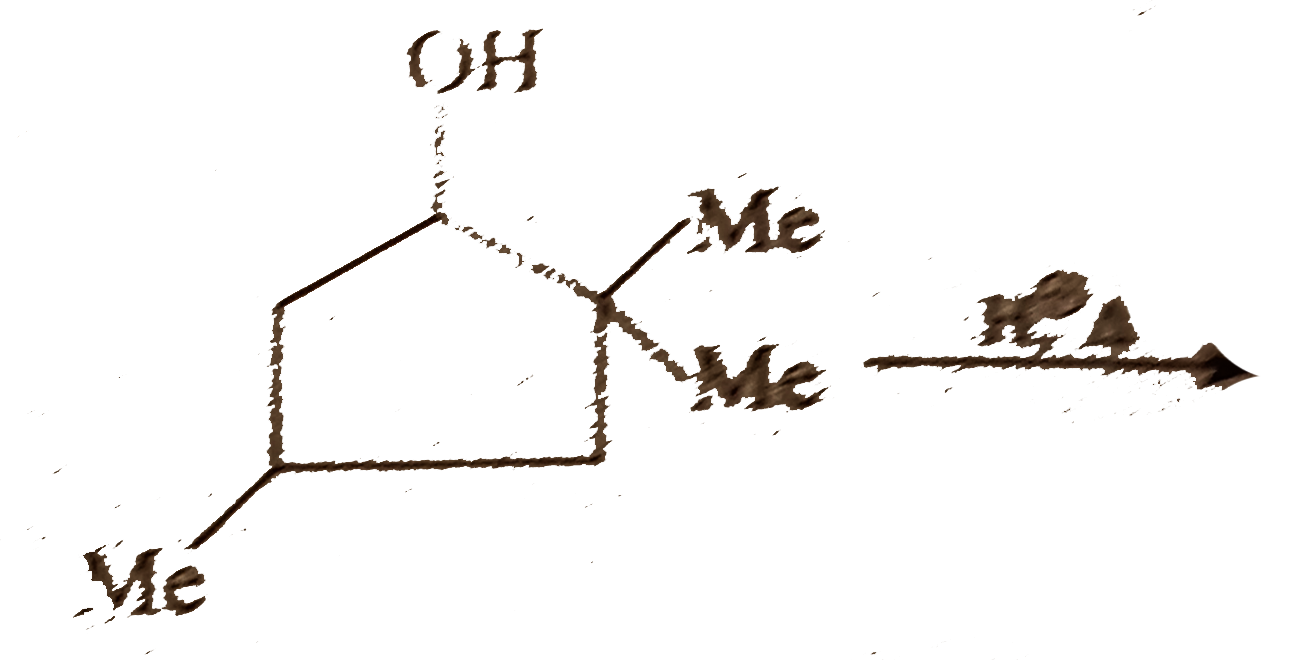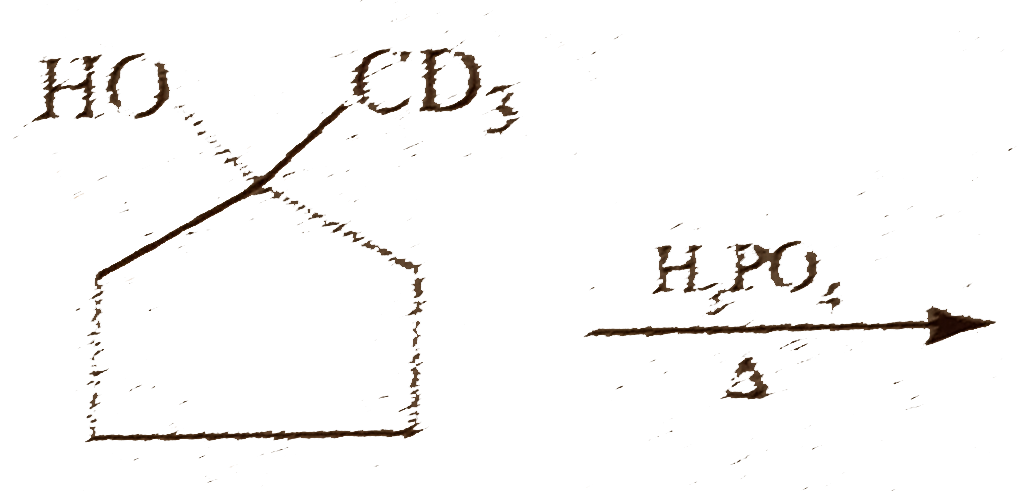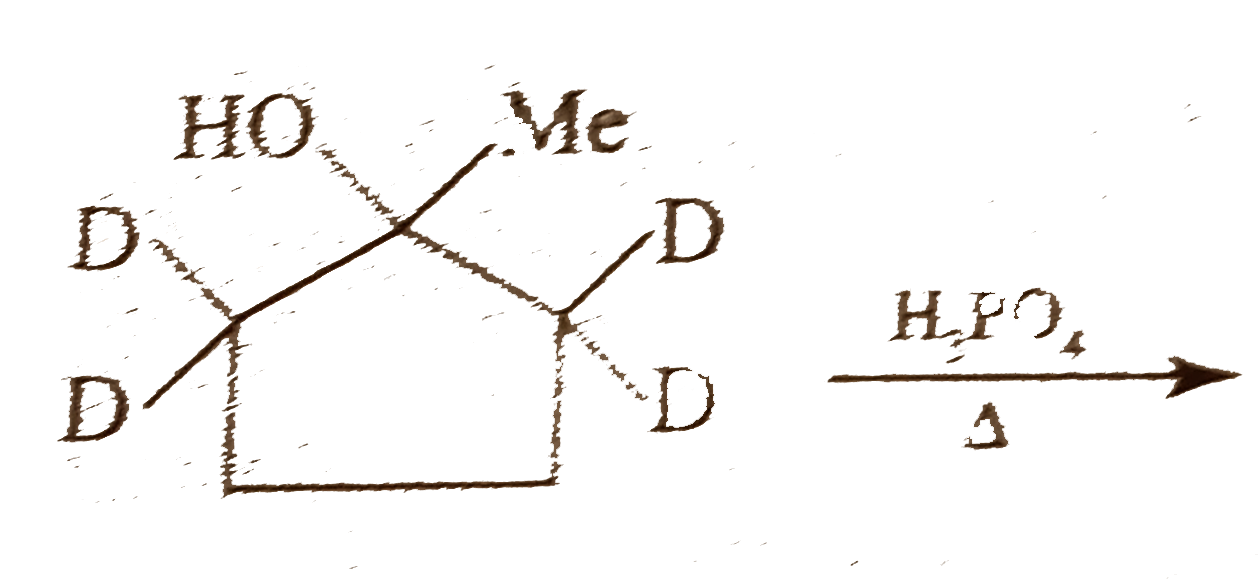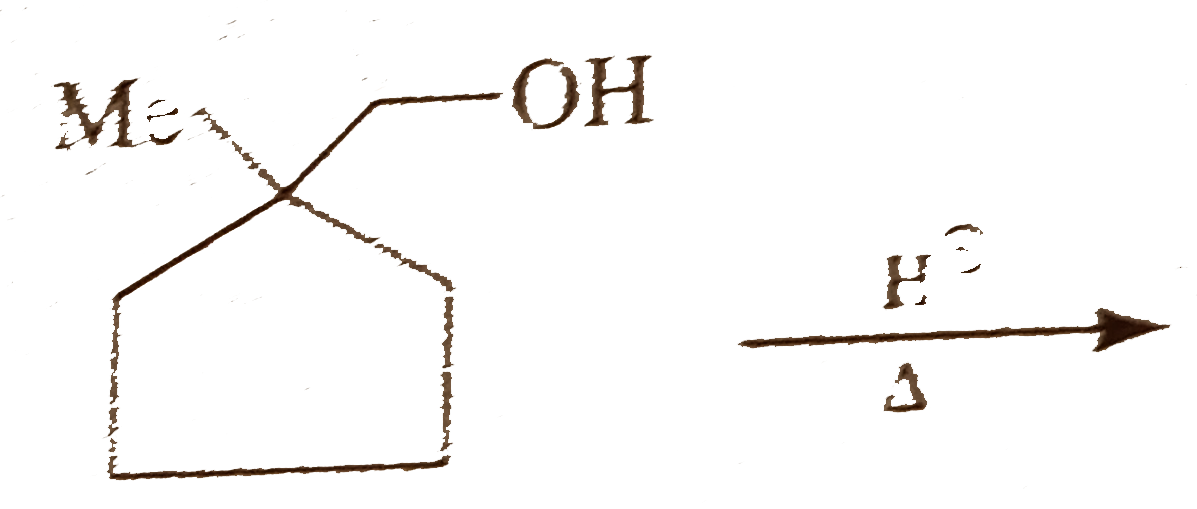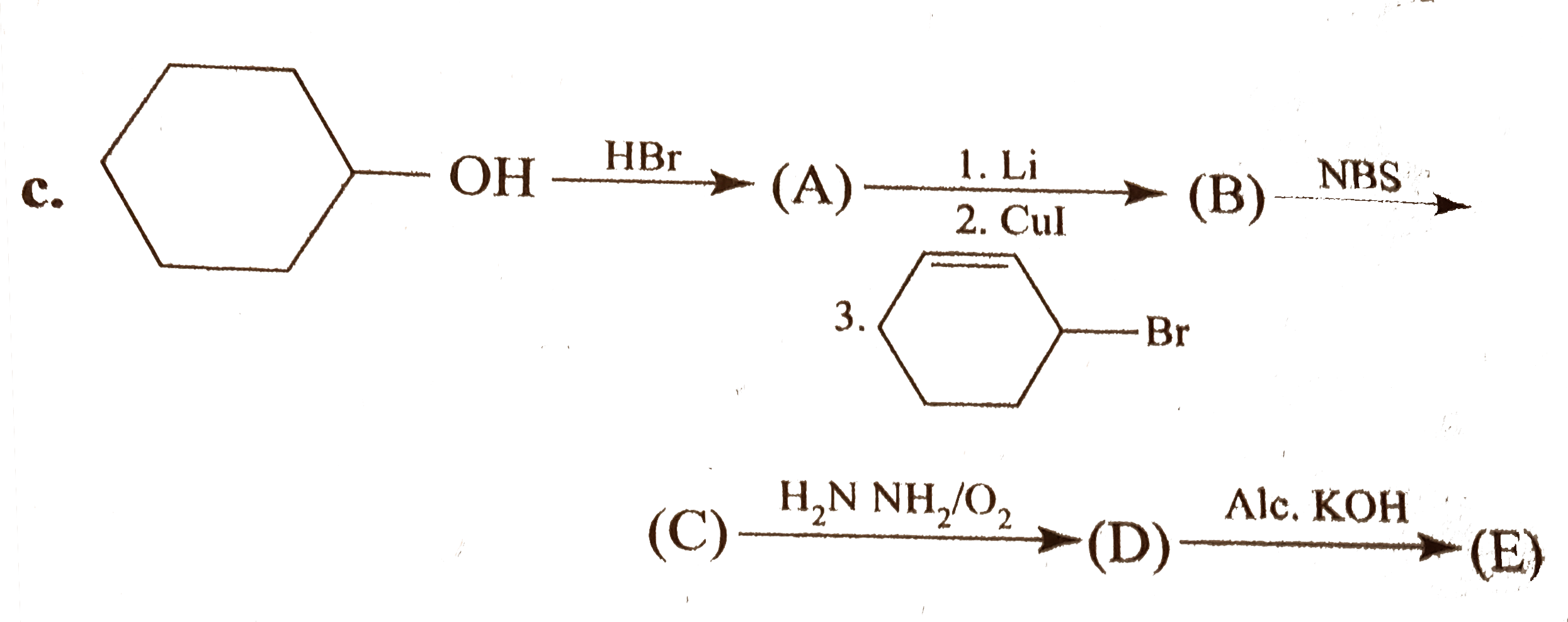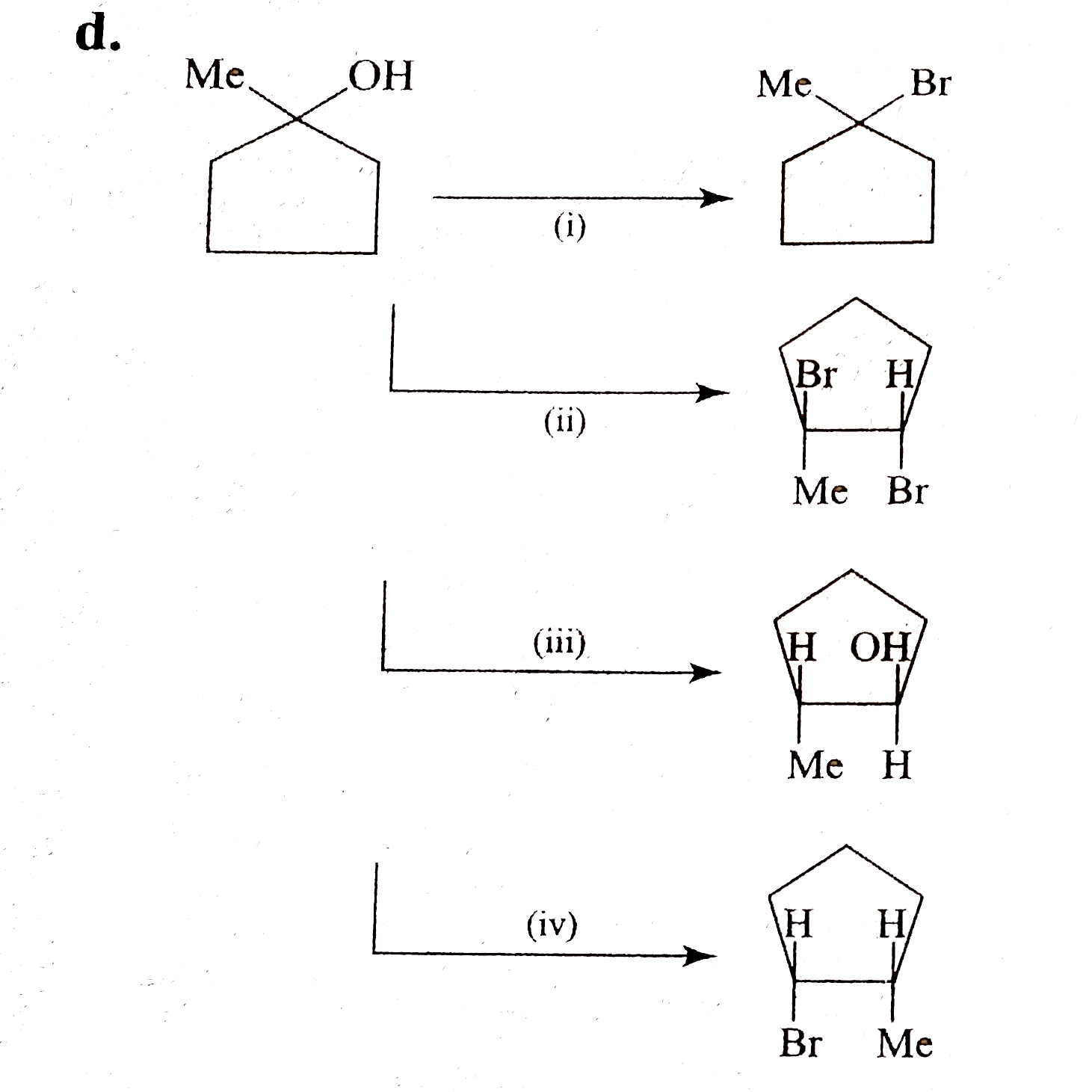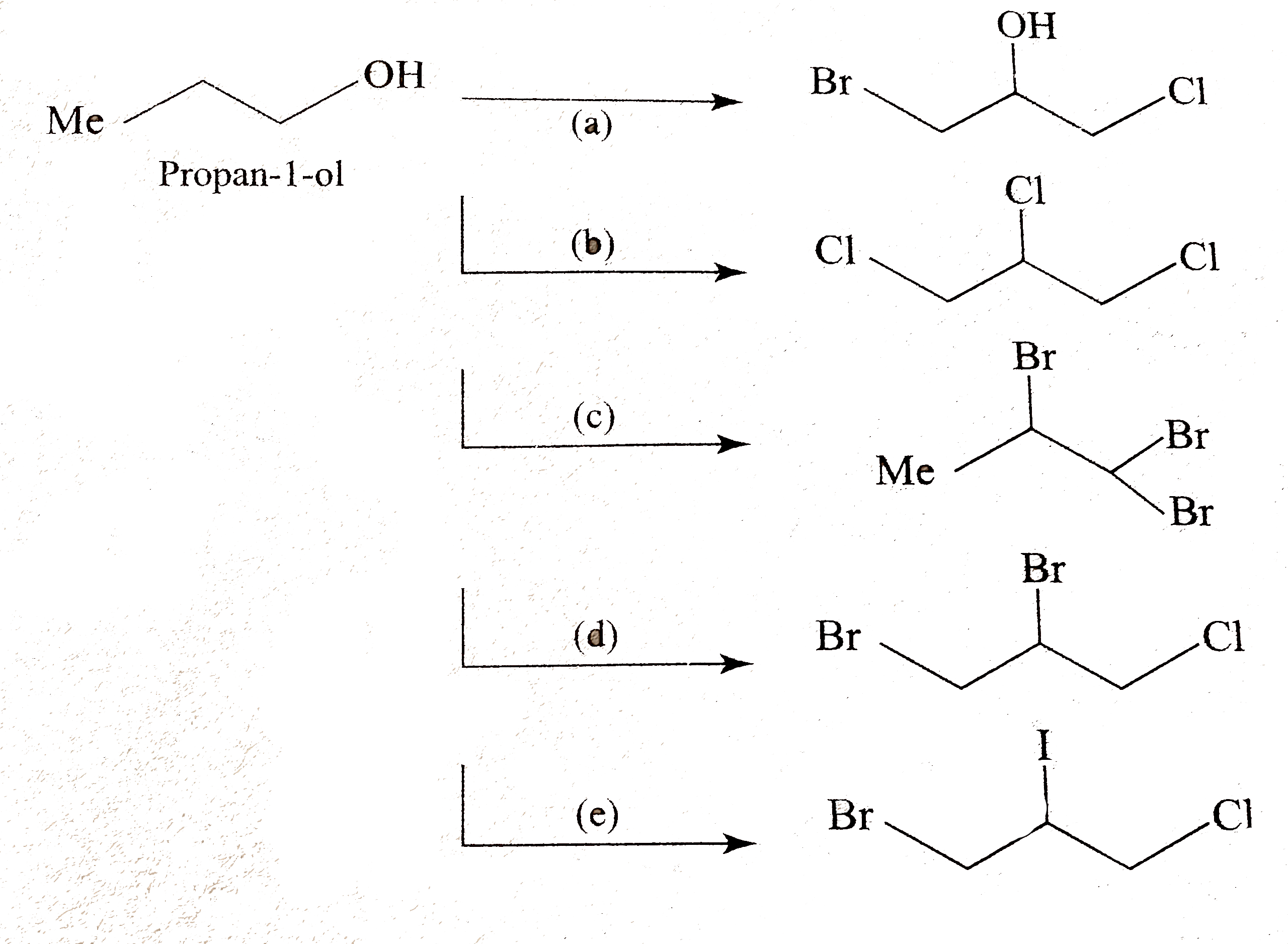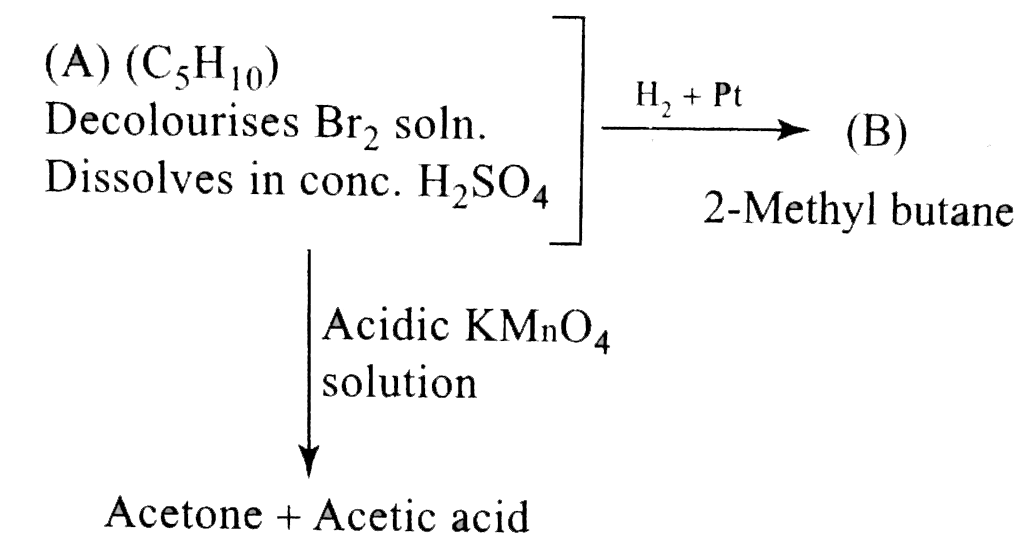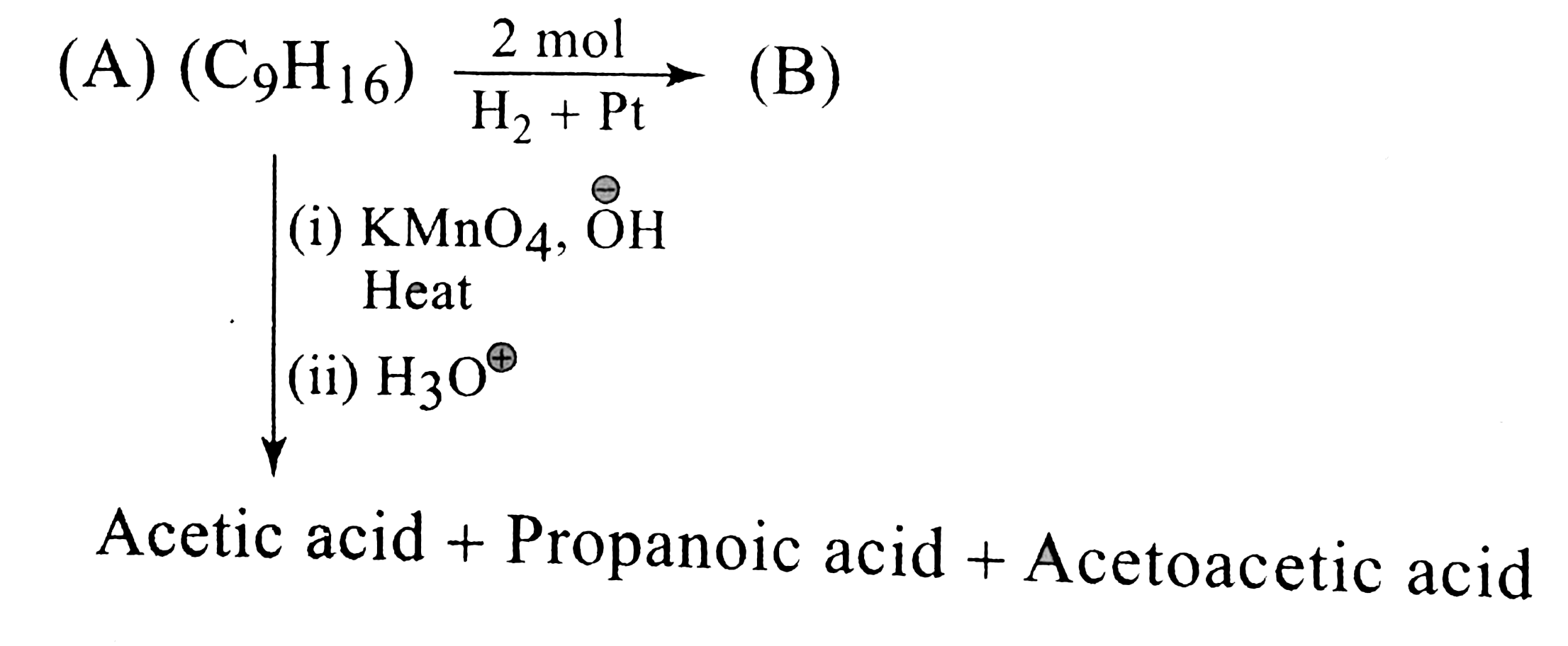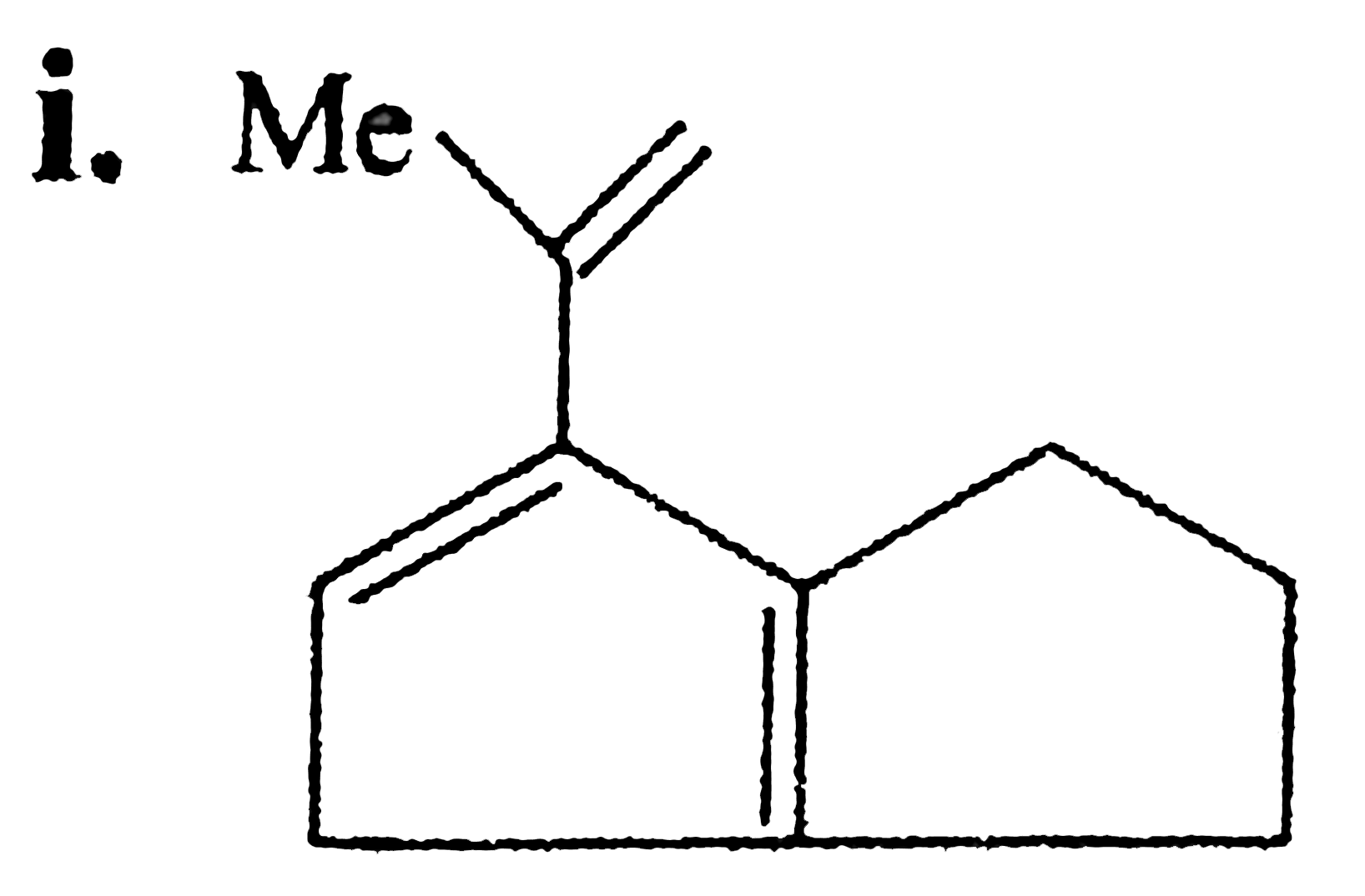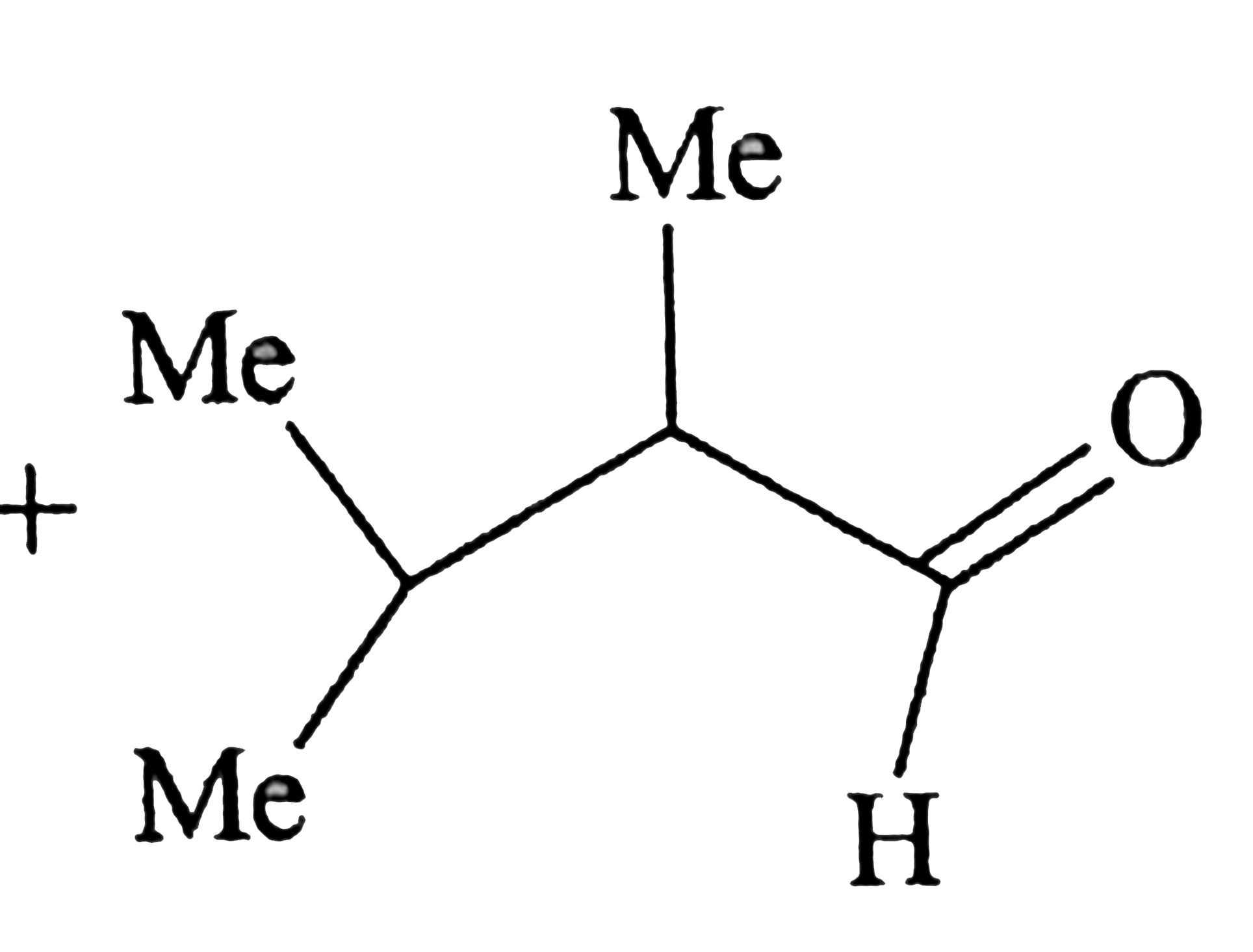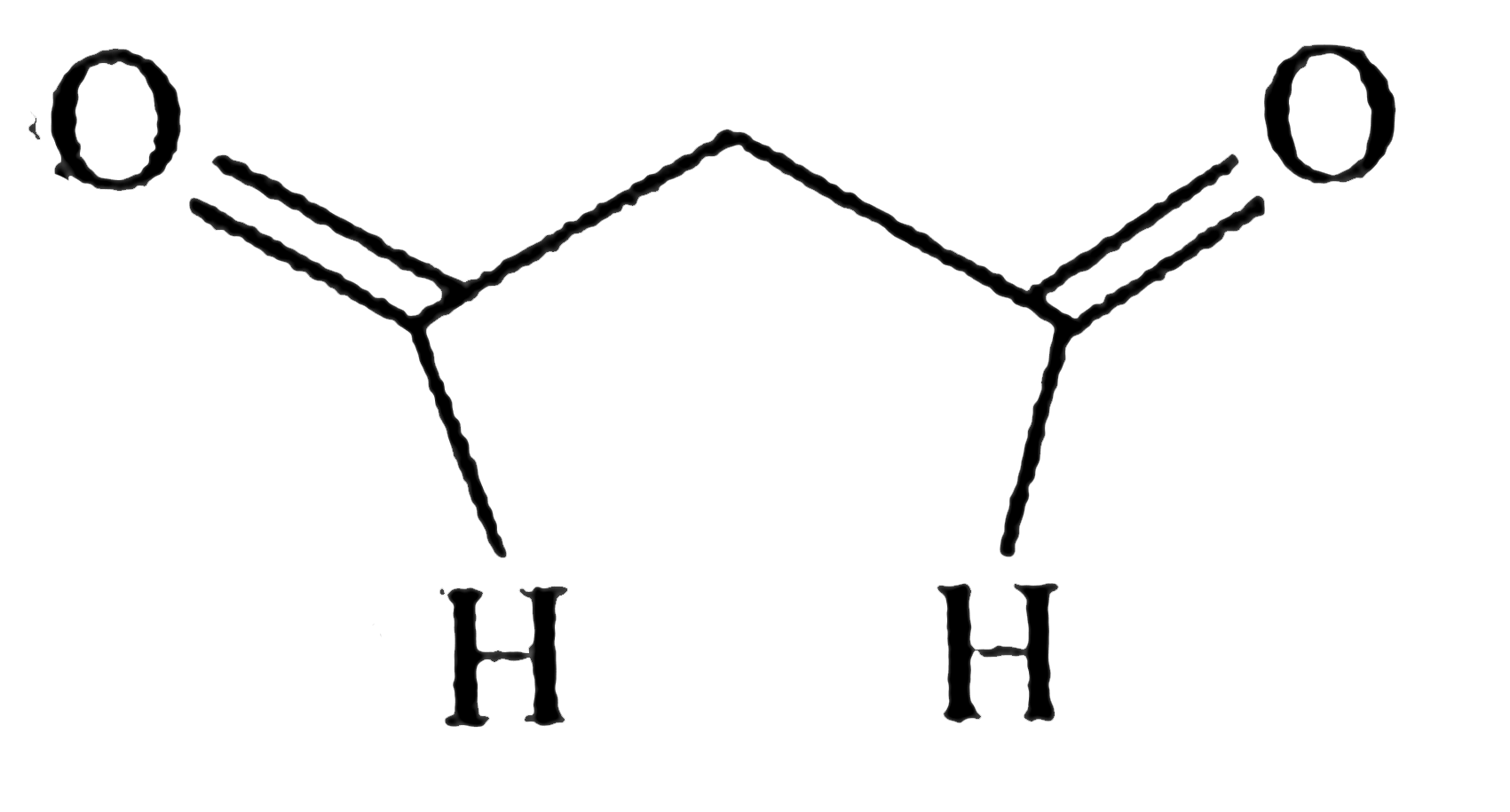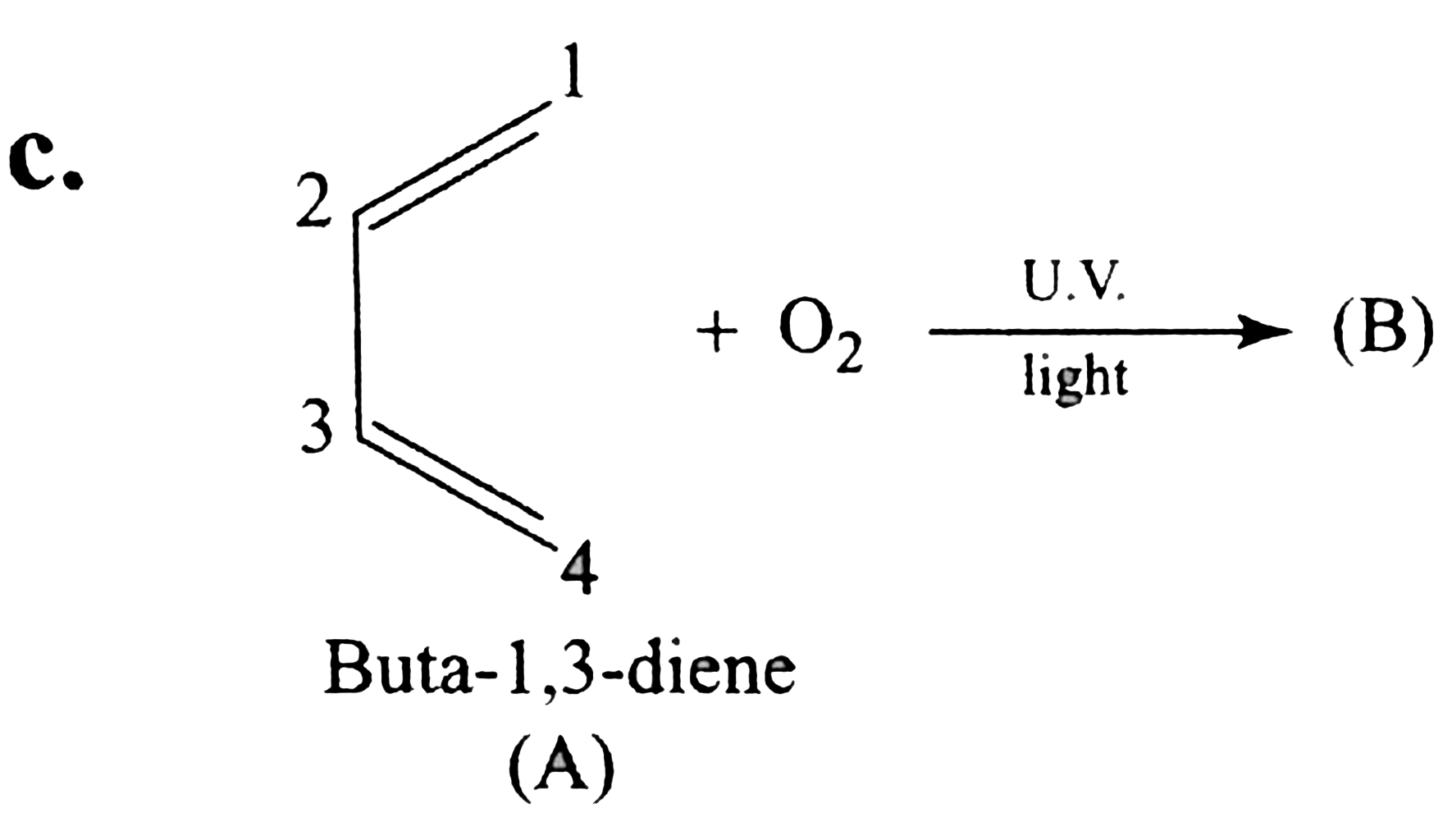illustration from CENGAGE CHEMISTRY (HINGLISH) ALKENES AND ALKADIENES for Class 11
| Class 11 | CHEMISTRY |
| Chapter | ALKENES AND ALKADIENES |
| CENGAGE CHEMISTRY (HINGLISH) | illustration |
| Medium | English |
| Academic Year | 2023-2024 |
Question 13
Identify all the possible alkenes that would be formed on the dehydrohalogenation of the following organic halides with alcoholic KOH. Also, identify the major alkene.
a. 1- Chloropentane
b. 2- Chloropentane
c. 2-chloro-2-methyl butane
d. 2-Chloro-3-methyl butane
e. 3- Chloro-2-methyl pentaneView SolutionQuestion 16
Explain the stereochemistry of the products from E2 dehalogenation with IΘ of the following.
a. (i) Meso −2−3−dibromobutane and (ii) S,S−2,3− dibromo− butane.
b. E2− dehydrobromination of (i) R,R−2,3− dibromobutane and (ii) meso−(R,S)−2,3− debromobutane
c. From which conformation of bromocyclohexane in the E2 dehydrobromination is best achieved. View SolutionQuestion 20
i. Predict the more stable alkene of each pair.
ii. For which pairs could you use ΔH∘h?
iii. For which pairs could you use ΔH∘C to determine their relative stabilities ?
I. a. 2− Methyl− pent −2− ene
b. 2,3−Dimethyl− but−2−eneΔH∘C
II. c. Hexane d. cis− Hex−3−ene
III.e. trans− Hex−2−ene f. 2−Methyl− pent−2−ene
IV.g. cis− Hex −3−ene b. trans − Hex−3− ene View SolutionQuestion 21
Give the products with their stereoisomers, if any.
a.
b.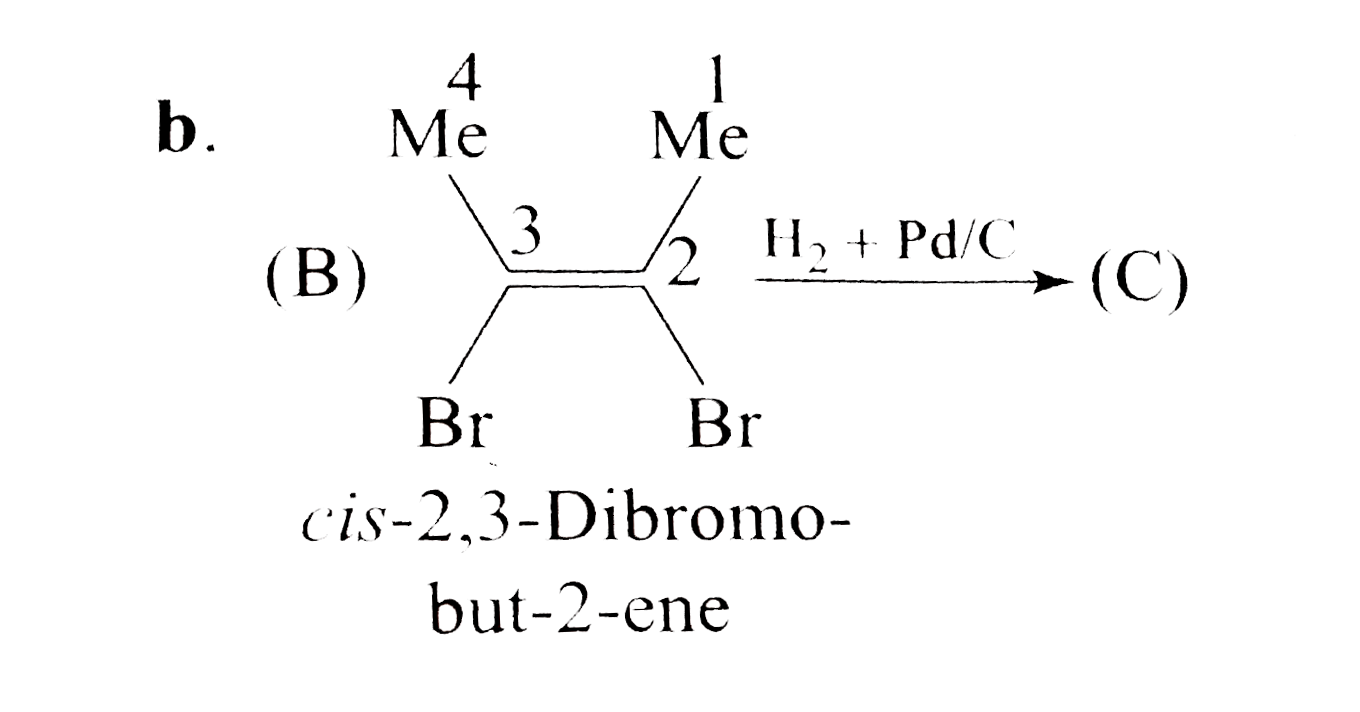 cis −2,− Dibromobut−2−ene
cis −2,− Dibromobut−2−ene
c.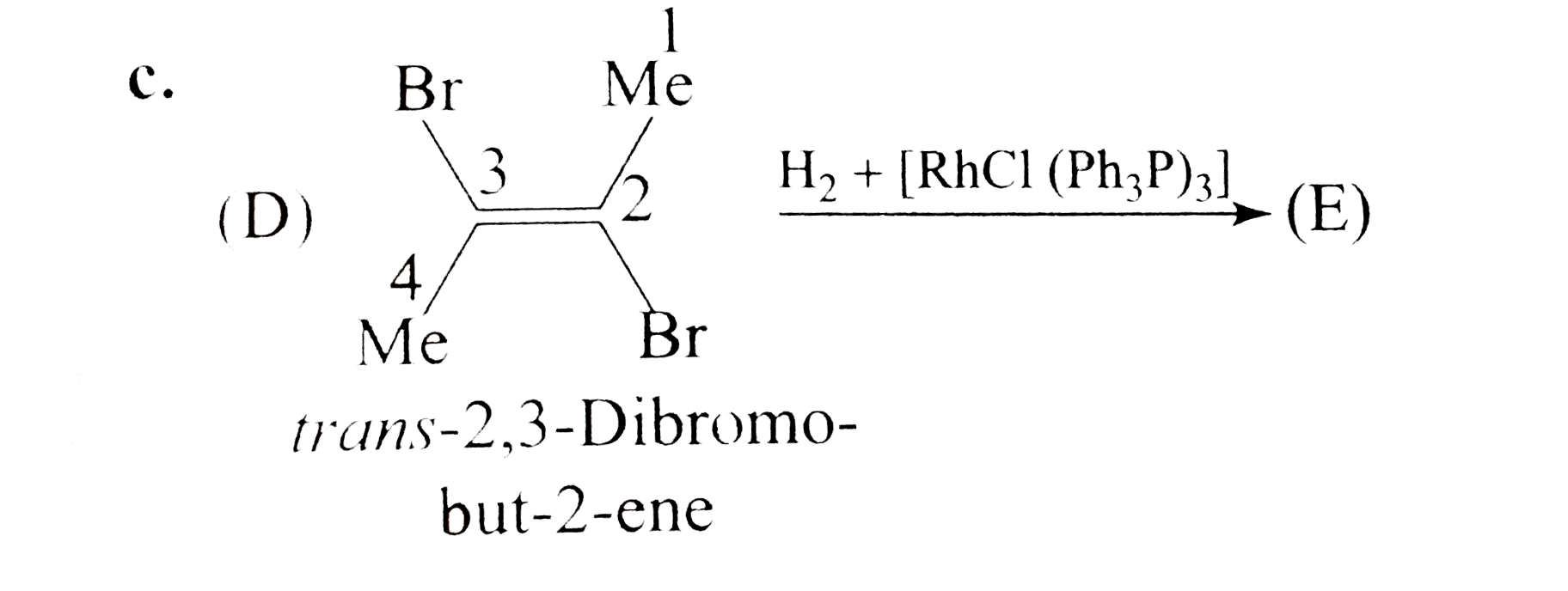 trans−2,3− Dibromobut−2−ene
trans−2,3− Dibromobut−2−ene
d.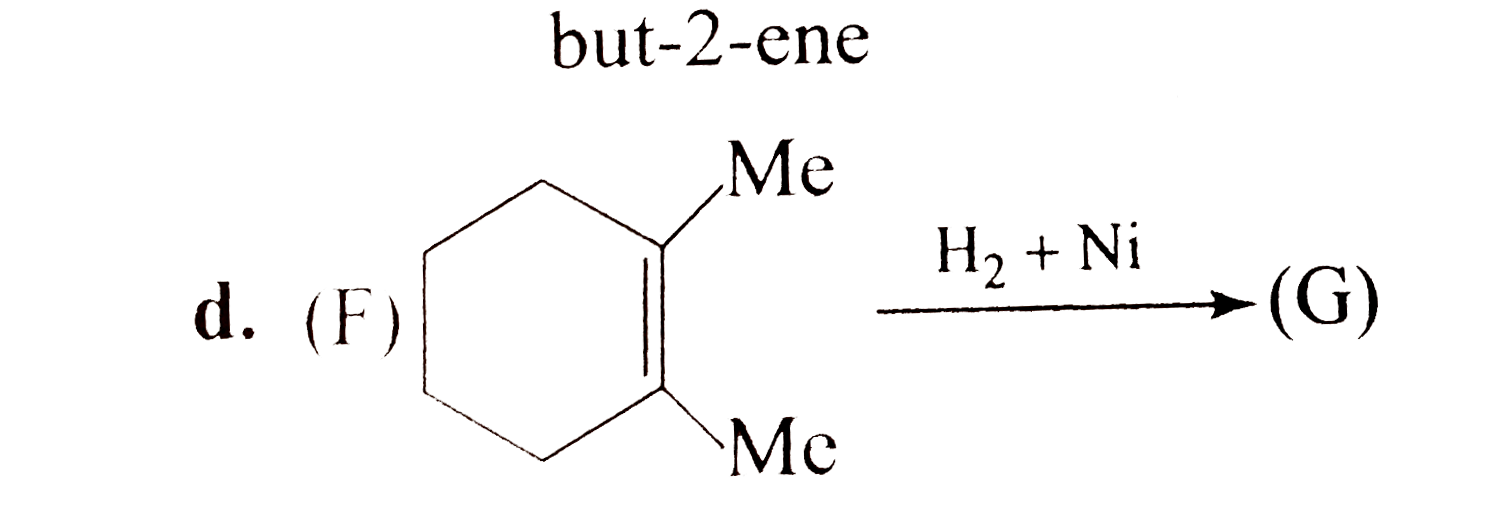
e. (H)trans-2,3-Dibromo-pent-2-eneH2+PtO2−−−−−→(I)
f.(J)cis-2,3-Dibromo-pent-2-eneH2+Pt+C−−−−−−→(K)
g. cis - But -2-ene D2+Pt−−−−→
h. trans− But −2− ene D2+Pd−−−−→
i. Why is the stereochemical product same when cis − or tans − pent −2− ene is hydrogenated with D2, in the presence of platinum ?
j.Classify the two reactions :(i) hydrogenenation of alkene with transition metala (Pt or Pd or Ni) and (ii) hydrogenation with Wilkinson's catalyst in terms of catalyst used and their mechanism of hydrogenation with Wilkinson's catalyst. View SolutionQuestion 27
Complete the following reactions :
a.
b.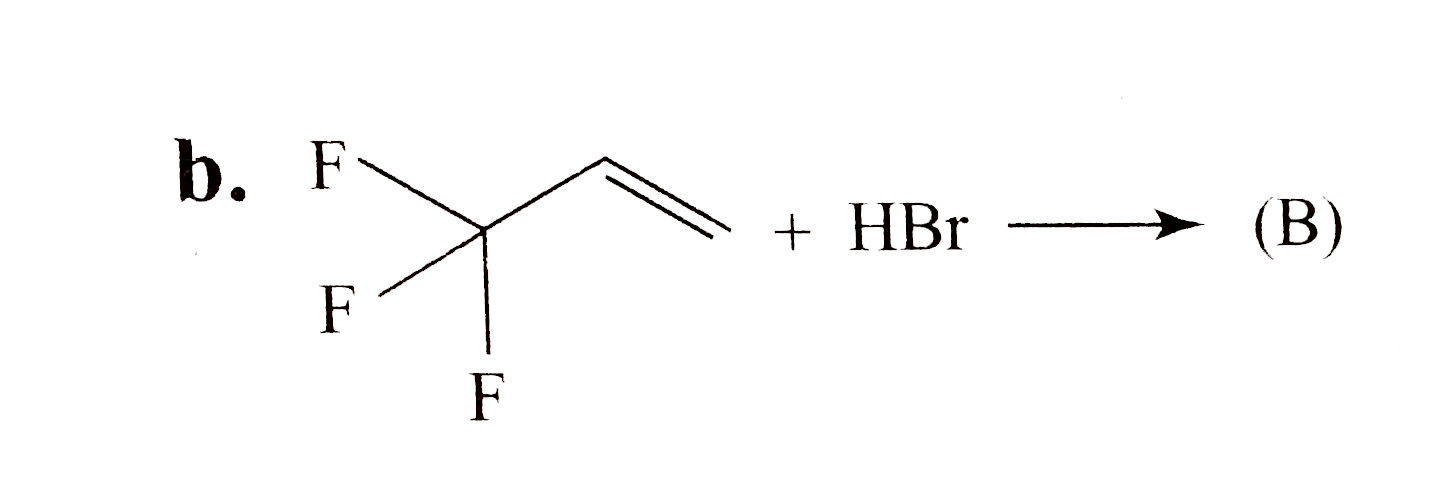
c.
d.
e.
f.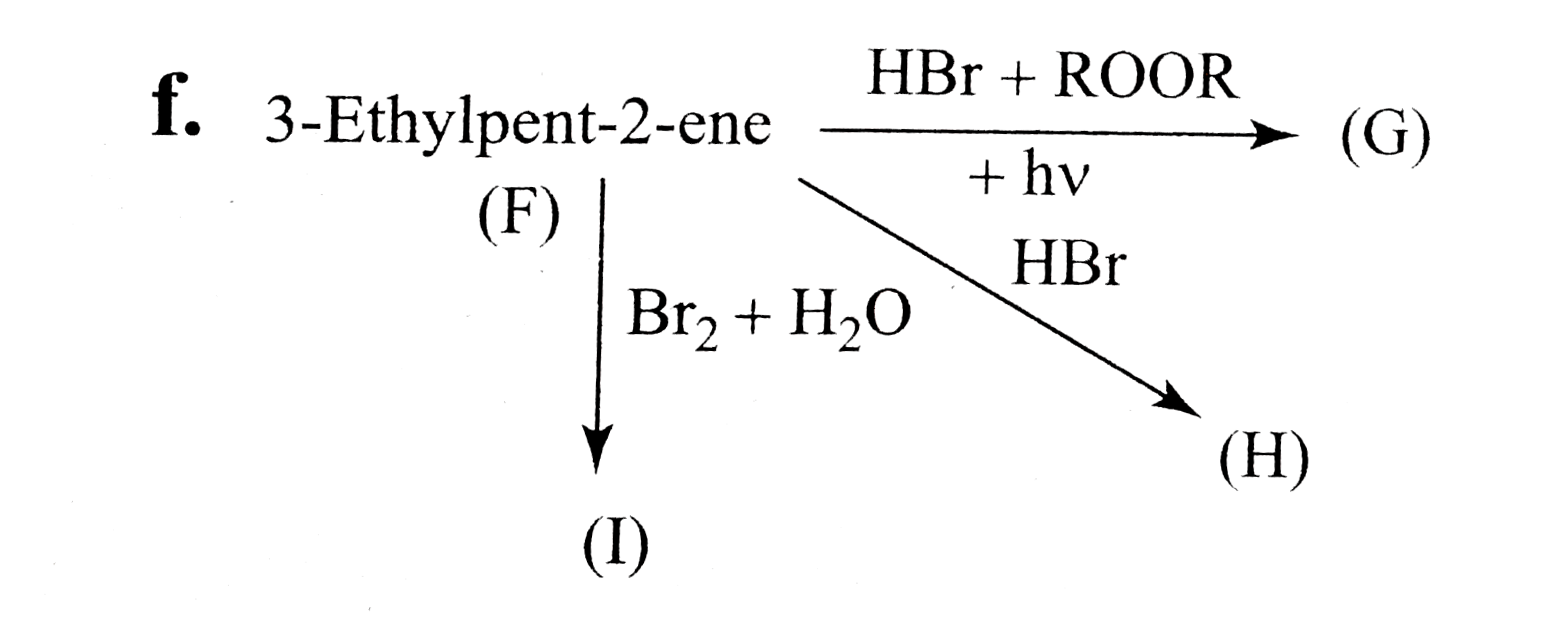
g.
h.
i. Alkenes like ethene dissolve in conec. H2SO4 but alkynes like ethyne do not dissolve in cone. H2SO4, whereas but −2 yne dissolves. Explain.
j. Identify X,Yand Z
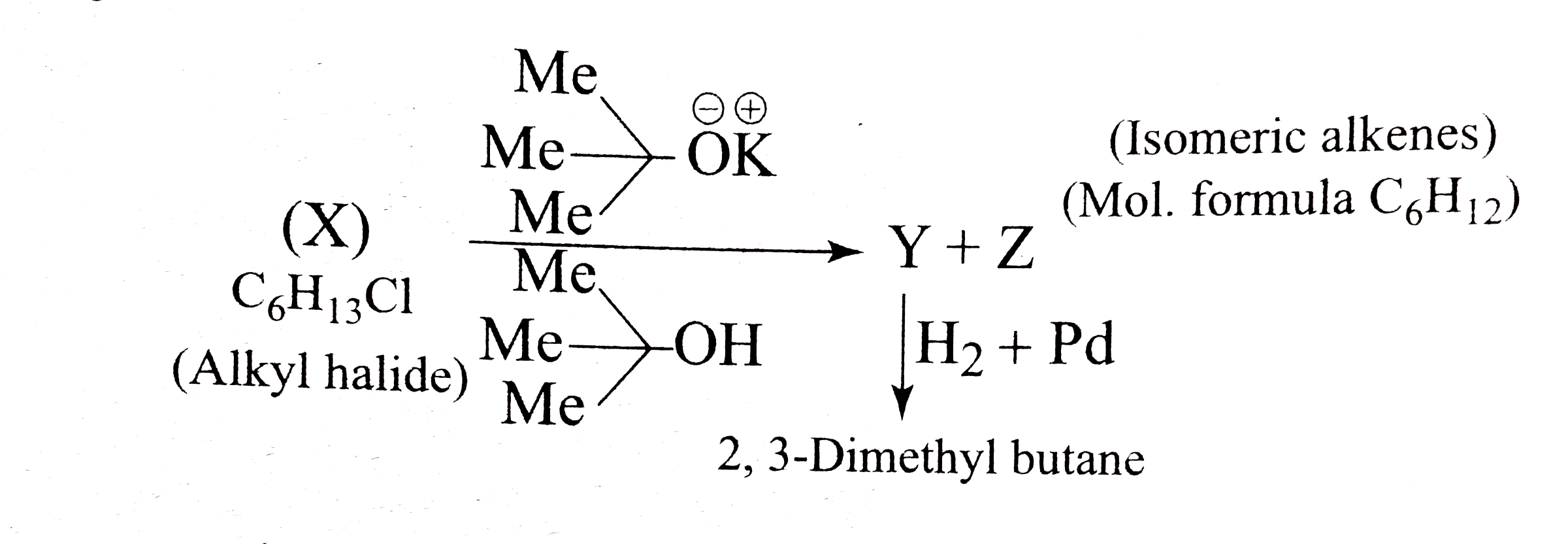
k.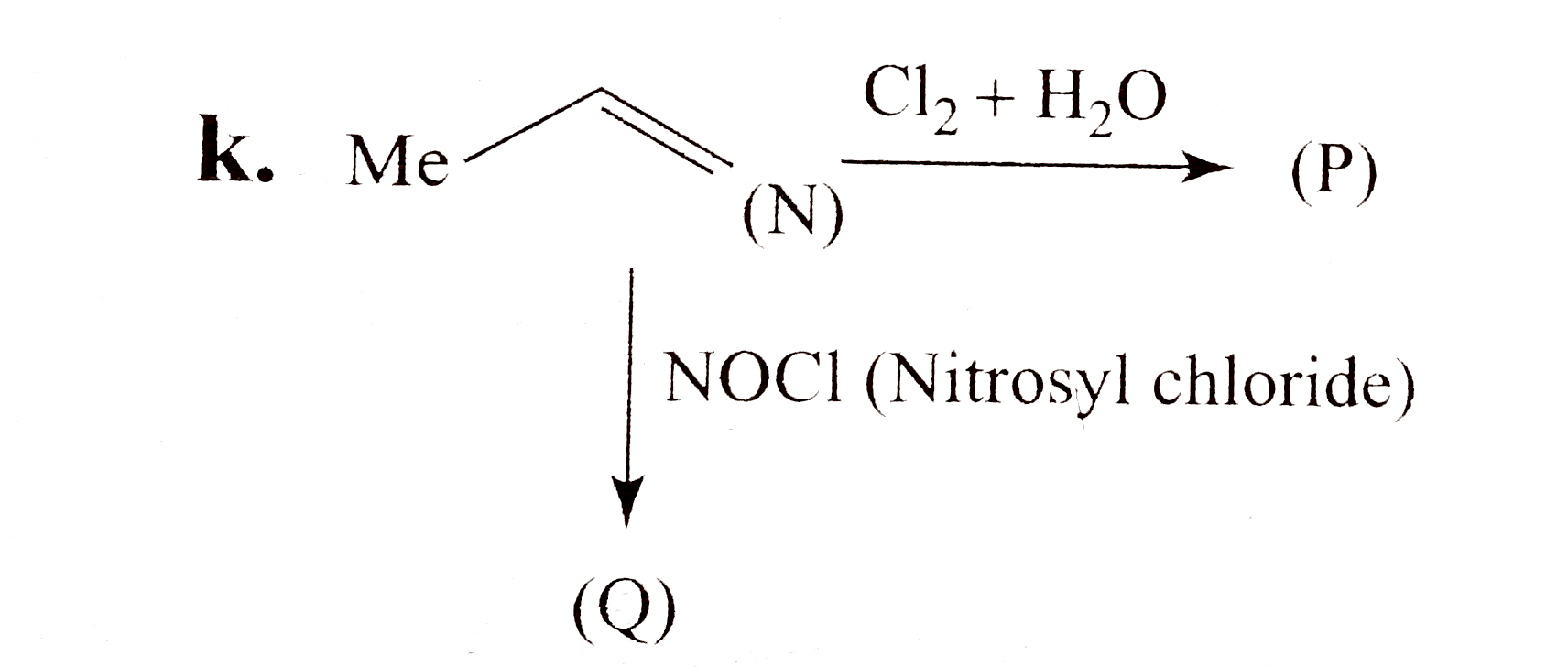
l. 2CH2=CH2+S2Cl2Sulphurmono-chloride→(R)+SSulphur
m.
n.
 View Solution
View SolutionQuestion 68
Give the number of stereoismoers of (A) in the following reactions.
a. (A)(C7H12)O3/oxid.−−−−−→Acetone(B)+Oxalicacid(C)+Aceticacid(D)
b. (A)(C8H14)O3/oxid.−−−−−→Butane−2−ene(B)+Oxalicacid(C)+Aceticacid(D)
c. (A)(C6H10)O3/oxid.−−−−−→Oxalicacid(B)+Aceticacid(C)
d. (A)(C9H16)O3/oxid.−−−−−→Butane−2−one(B)+Pyruvicacid(C)+Aceticacid(D)
e. (A)(C10H18)O3/oxid.−−−−−→Butane−2−one(B)+Pyruvicacid(C)+Propanoicacid(D)View SolutionQuestion 75
Identify the products in the following reactions giving their stereoisomers ( if any ) .
a.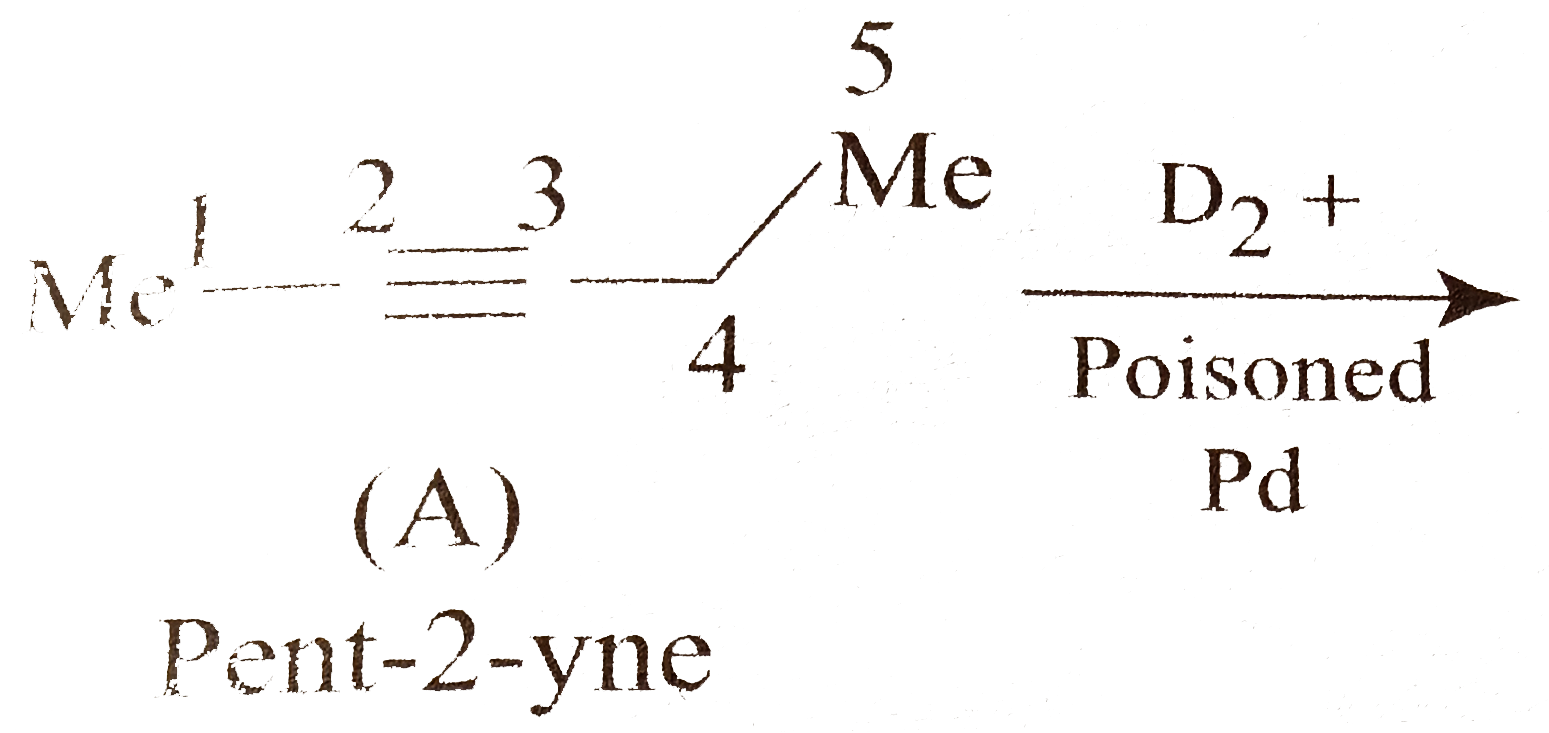
(B)H2+Pt−−−−→C ( No. of isomers )
b. (B)( from Problem A) Baeyer's−−−−−→reagent
(D)+(E)( Colour of precipitate)
c. (B)PhCO3H−−−−−→+H2o(D)
d. (A)−−−−−−−−−−−−−→Na+liq.ND3+EtOH(F)Alk.KMnO4−−−−−−−−−−−−−−−−−−−−−−−−−−−−−−→OSO4/NaHSO3<br>or<br>PhCO3H/H2O(D)View SolutionQuestion 84
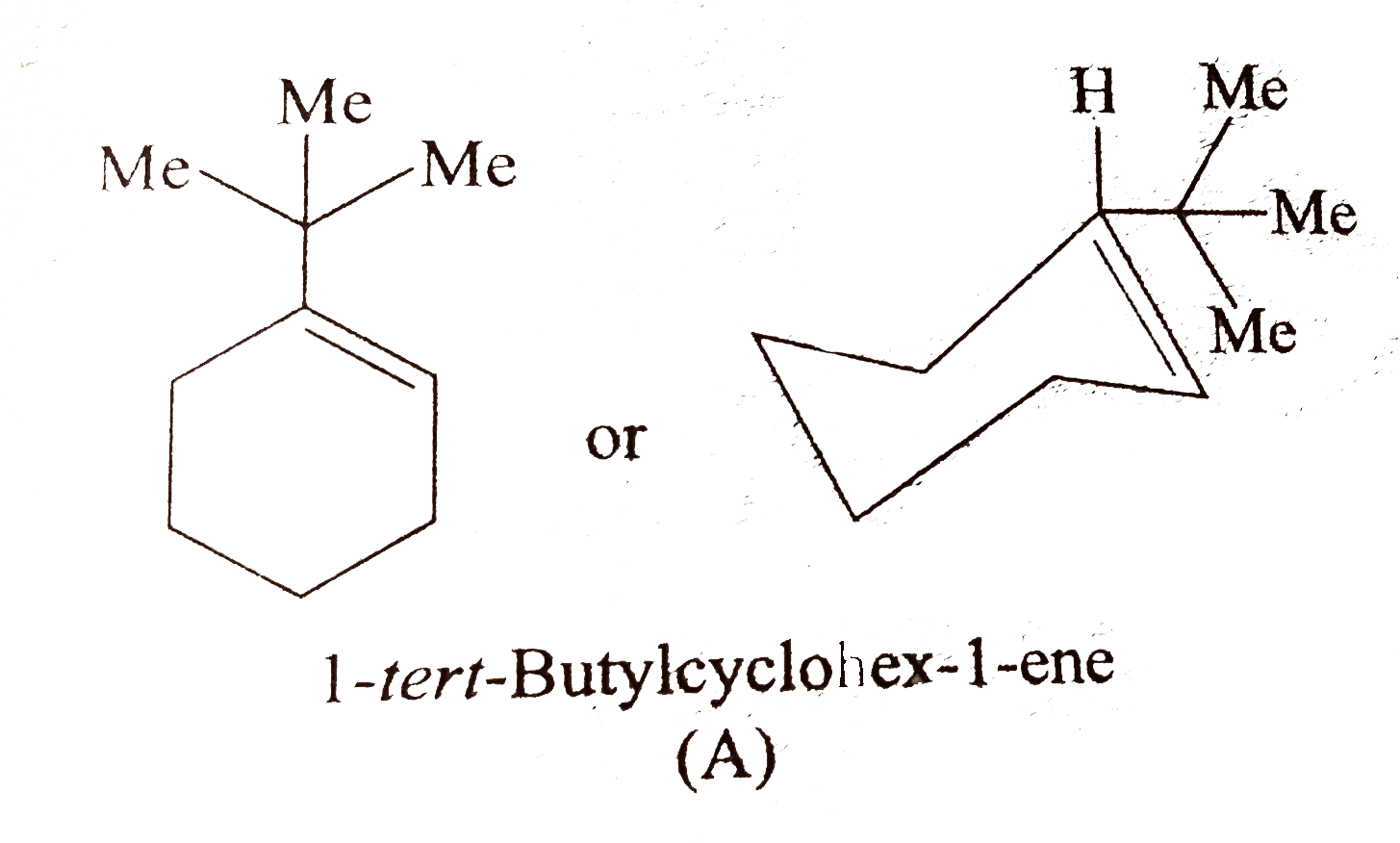
Bulky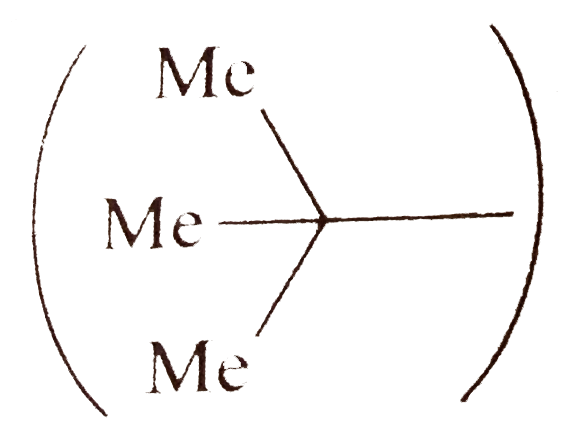 t−butyl group is always on the equatorial position because of less steric strain, as the group is out of the ring plane.
t−butyl group is always on the equatorial position because of less steric strain, as the group is out of the ring plane.
Write the major products and conformational structures or stereoisomers ( if any ) when (A) reacts with the following reagaents :
a. O3/Me2S b. D2+Pt c. BD3+THF and then CH3COOT d. BH3+THF then H2O2+Oc−H
e. Hg(OAc)2+THF+H2O then NaBH4+Oc−H f. Magnesimu perphthalate then H3O(c−),H2O
g. OsO4/aq.NaHSO3 , h. Br2,CCI4 , i. Br2,H2O , j. ICI , k. Dil.H2SO4View SolutionQuestion 92
A compound (A) is a sodium salt of dibasic acid and on electrolysis gives a gas (B), gas CO2 at anode, and H2(g) at cathode.
Gas (B) does not give any test for unsaturation, i.e., it does not decolourise Br2 water solution and aqueous KMnO4 solution.
Gas (B) on reaction with (H2+Pt) at room temperature does not react but at 120∘C, gas (B) gives butane. Identfy (A) and (B) View SolutionQuestion 94
Give the structure of an optically active alkyne (A) having the lowest molecular mass, which on hydrogenatio with Lindlar's catalyst and Birch reduction gives the same lowest molecular mass optically active alkene. Also explain why. ltbr> But alkyne (A) on hydrogenation with D2, with Lindlar's catalyst, and reduction with Na+liq. ND3+EtOH gives a different optically active alkene. Explain. View SolutionQuestion 99
a.
b.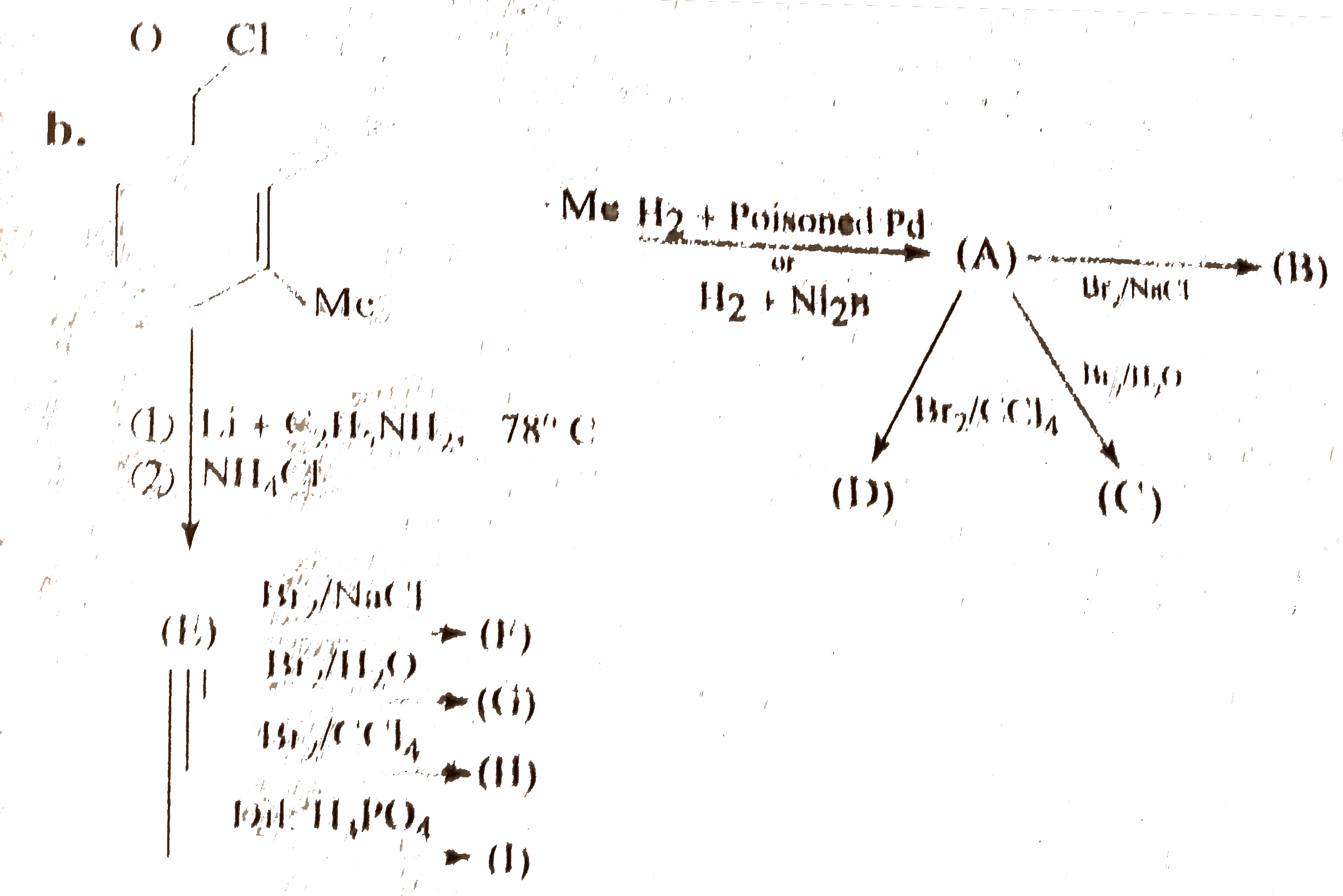
c. Tetrachloroethane does not give the test for unsaturateion , i.e., it does not decolourise Br2 water solution. Explain why.
d.
e. Ricinoleic acid is isolated from castor oil. The structure of the compound is :

f. Explain why 1,2−dimethyl cyclopenten or 1,2−dimethyl cyclohexen with HBr undergoes anti−( or trans−) addition but with aqueous acid undergoes both anti− and syn−( trans and cis−) additions. View SolutionQuestion 112
a. Write the products of the reductive and oxidative ozonolyses of mesitylene.
b. Give the structure of the alkene (C4H8) which when treated with dil. H2SO4 give C4H10O, which is non− resolvable.
c. Give the structure of the alkane (C4H8) which adds HBr in the presence and absence of peroxide to give the same product C4H9Br.
d. Arrange the following in the decreasing order of their reactivity towards alkenes :
i.HCI,ii.HBr,iii.HI,iv.HF.View Solution
All Exercises from CENGAGE CHEMISTRY (HINGLISH) Class 11 CHEMISTRY ALKENES AND ALKADIENES
- ARCHIVES(ASSERTION-REASIOING)
- EXERCISES
- FILL IN THE BLANKS
- LINKED COMPREHENSION TYPE
- MULTIPLE CORRECT ANSWER TYPE
- SINGLE CORRECT ANSWER
- SINGLE CORRECT ANSWER TYPE
- SUBJECTIVE TYPE
- TRUE/FALSE
- ARCHIVES(ASSERTION-REASIOING)
- EXERCISES
- FILL IN THE BLANKS
- LINKED COMPREHENSION TYPE
- MULTIPLE CORRECT ANSWER TYPE
- SINGLE CORRECT ANSWER
- SINGLE CORRECT ANSWER TYPE
- SUBJECTIVE TYPE
- TRUE/FALSE
- ARCHIVES(ASSERTION-REASIOING)
- EXERCISES
- FILL IN THE BLANKS
- LINKED COMPREHENSION TYPE
- MULTIPLE CORRECT ANSWER TYPE
- SINGLE CORRECT ANSWER
- SINGLE CORRECT ANSWER TYPE
- SUBJECTIVE TYPE
- TRUE/FALSE
- ARCHIVES(ASSERTION-REASIOING)
- EXERCISES
- FILL IN THE BLANKS
- LINKED COMPREHENSION TYPE
- MULTIPLE CORRECT ANSWER TYPE
- SINGLE CORRECT ANSWER
- SINGLE CORRECT ANSWER TYPE
- SUBJECTIVE TYPE
- TRUE/FALSE
- ILLUSTRATION
- SOLVED EXAMPLE
- ILLUSTRATION
- SOLVED EXAMPLE
- ILLUSTRATION
- SOLVED EXAMPLE
- ILLUSTRATION
- SOLVED EXAMPLE


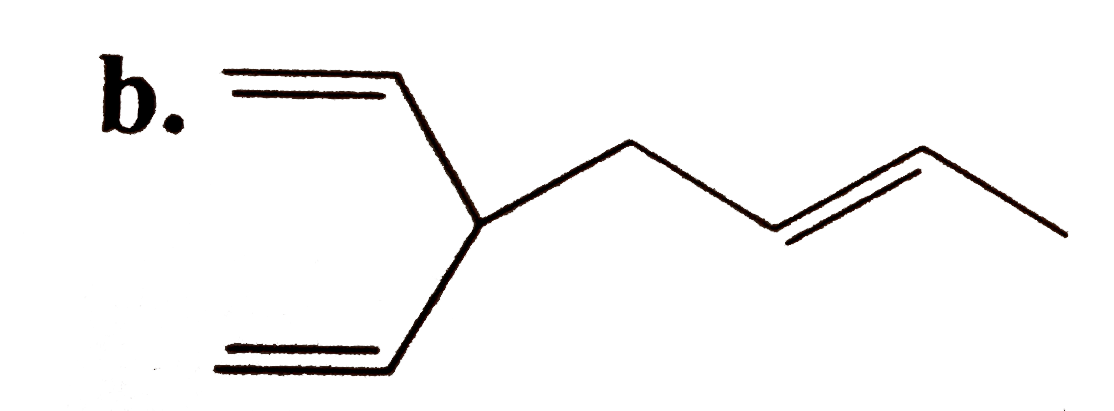 or
or 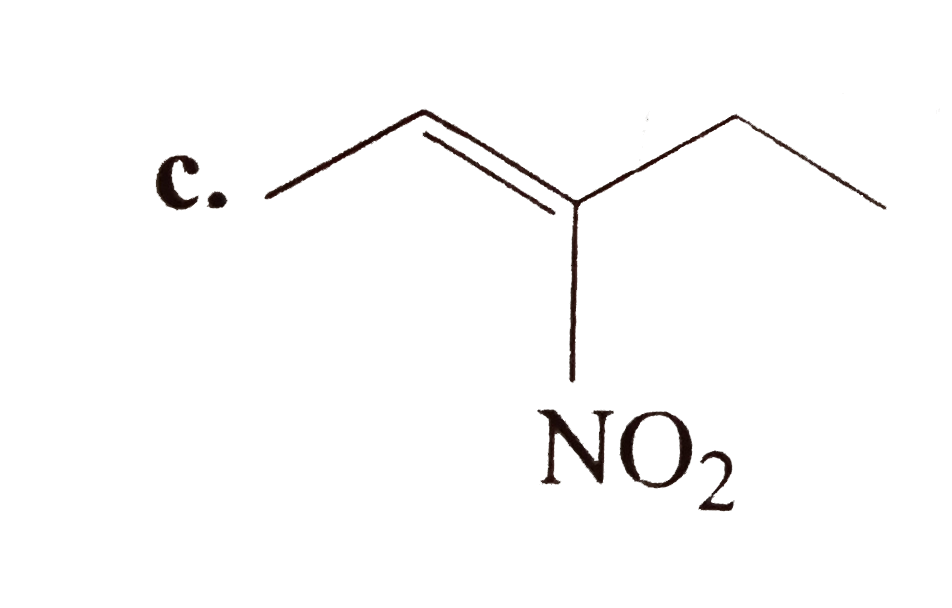 or
or 
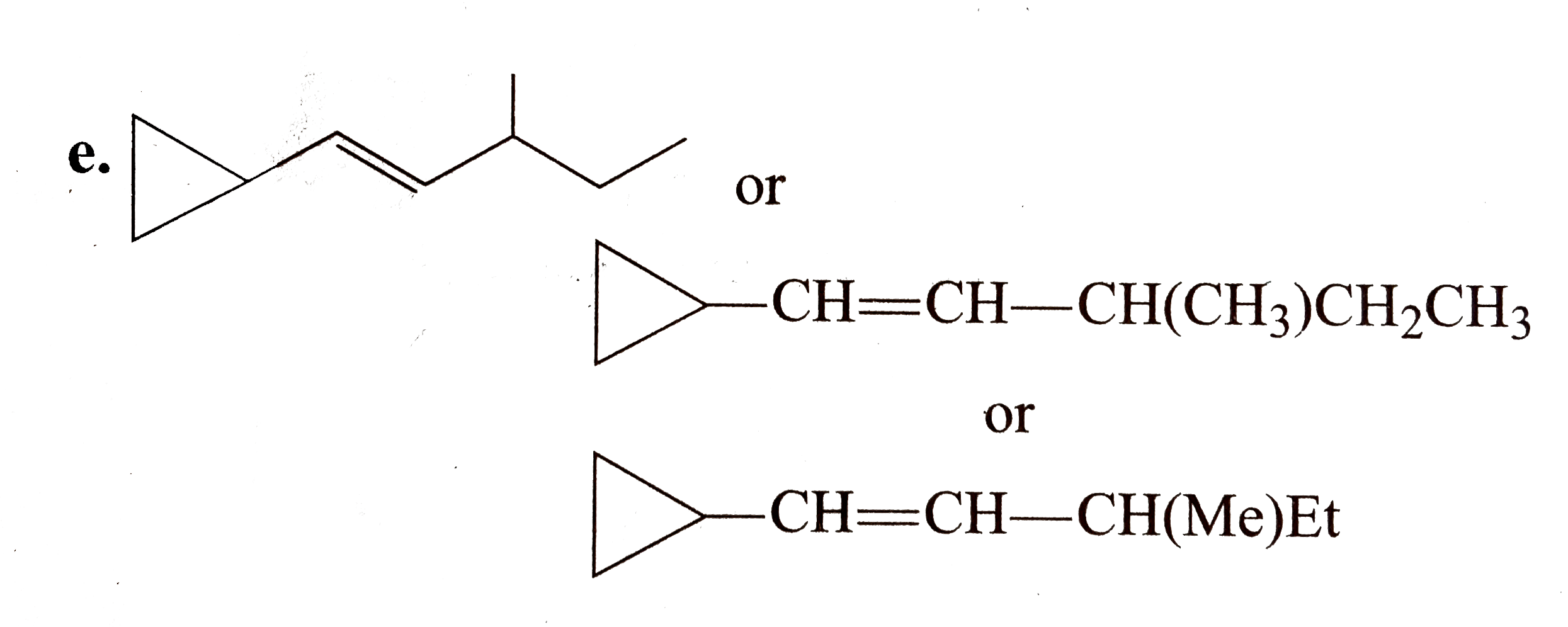
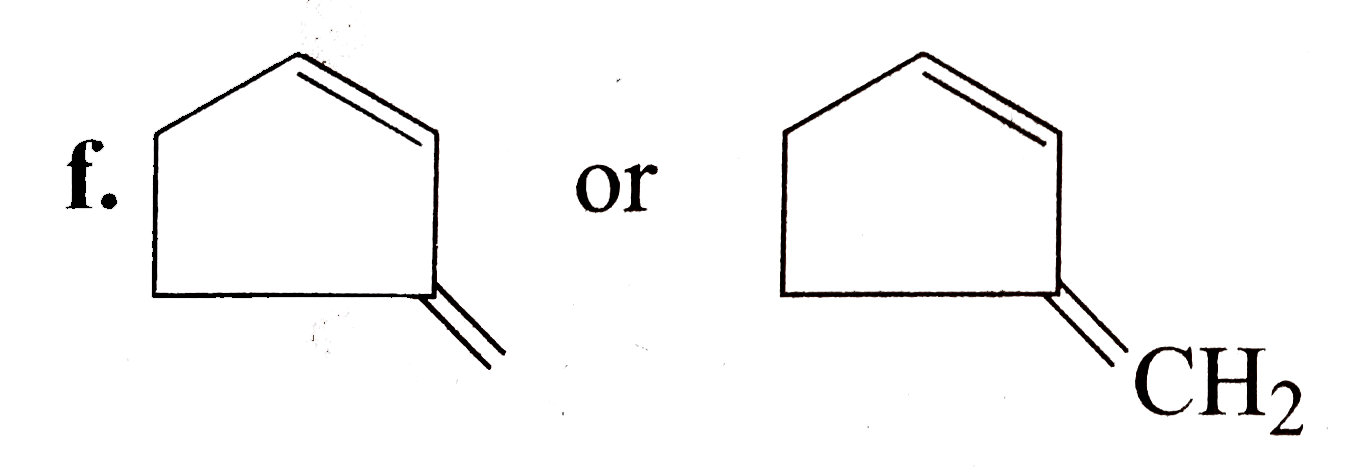
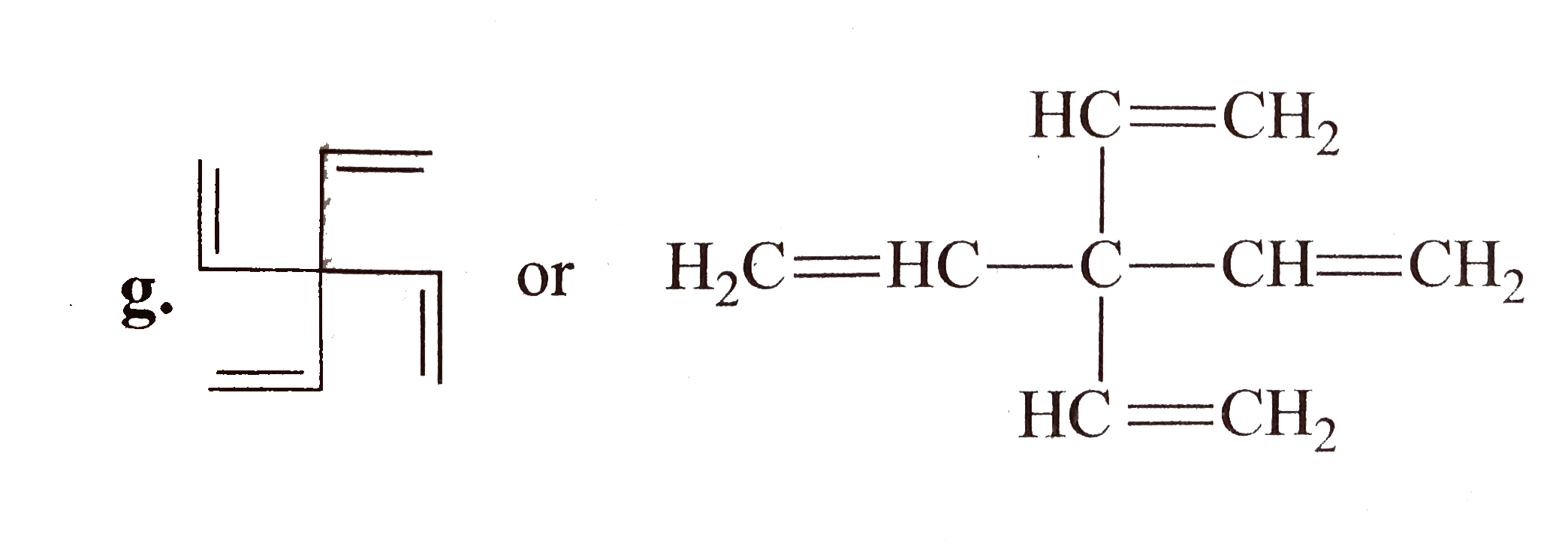

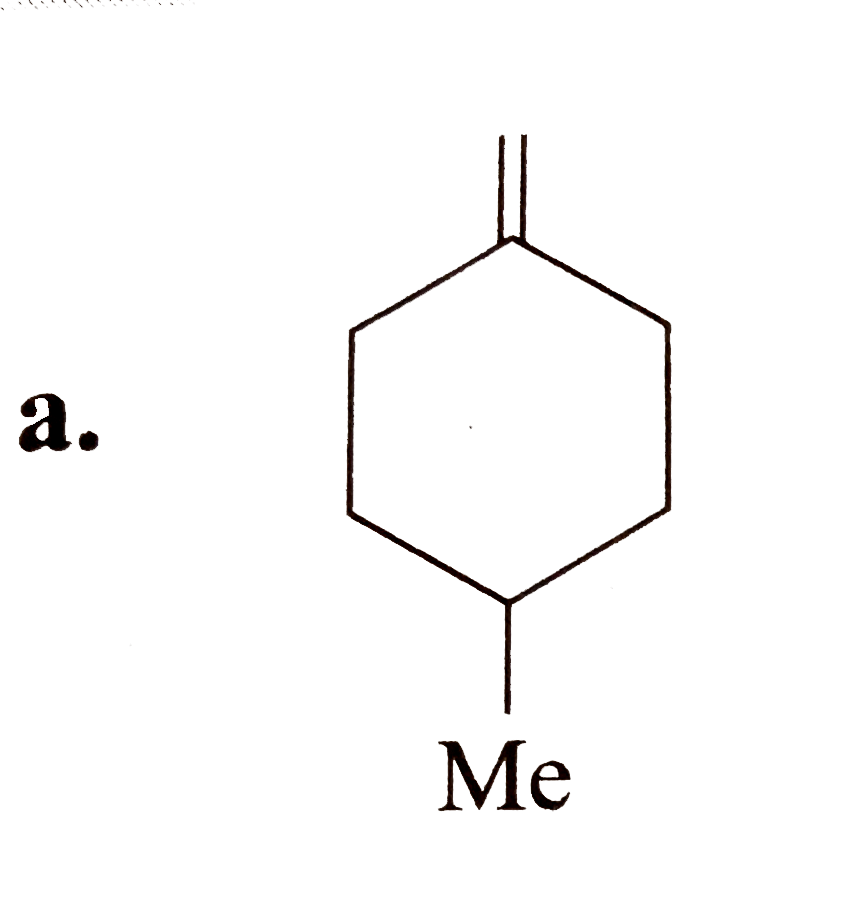

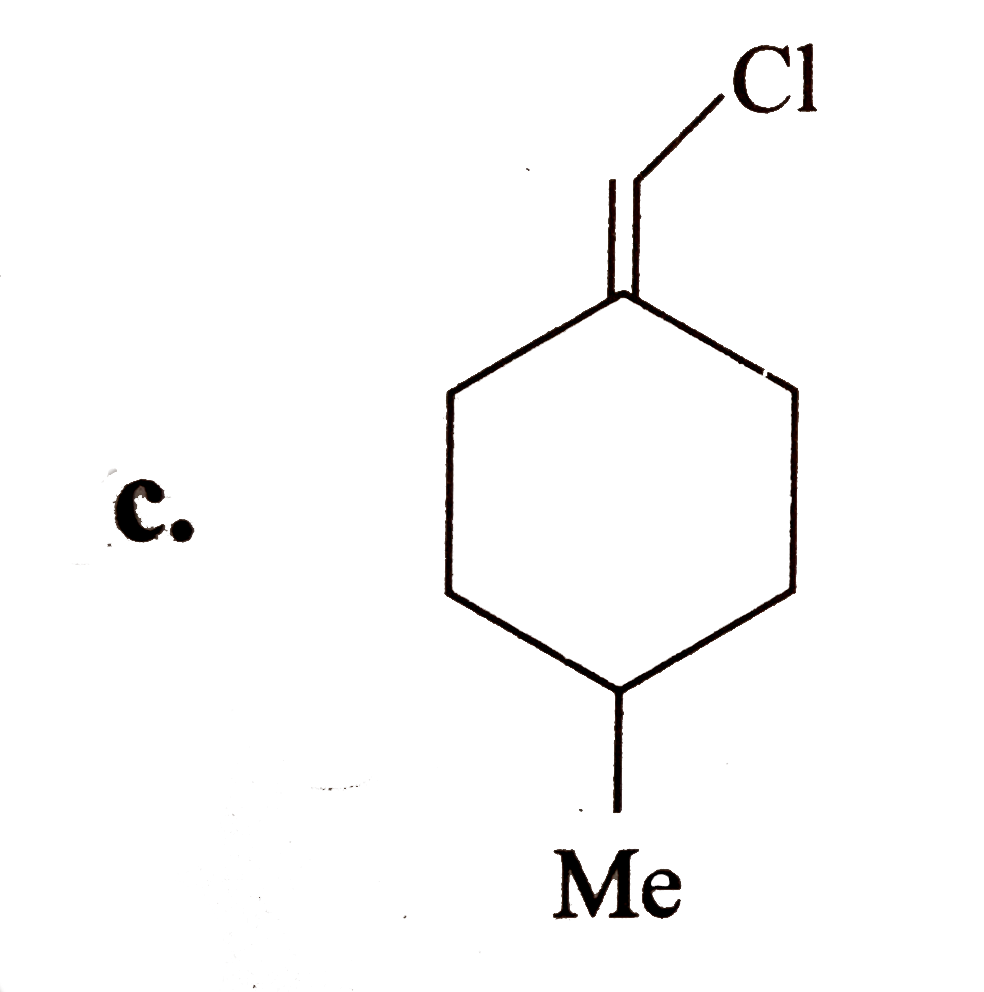
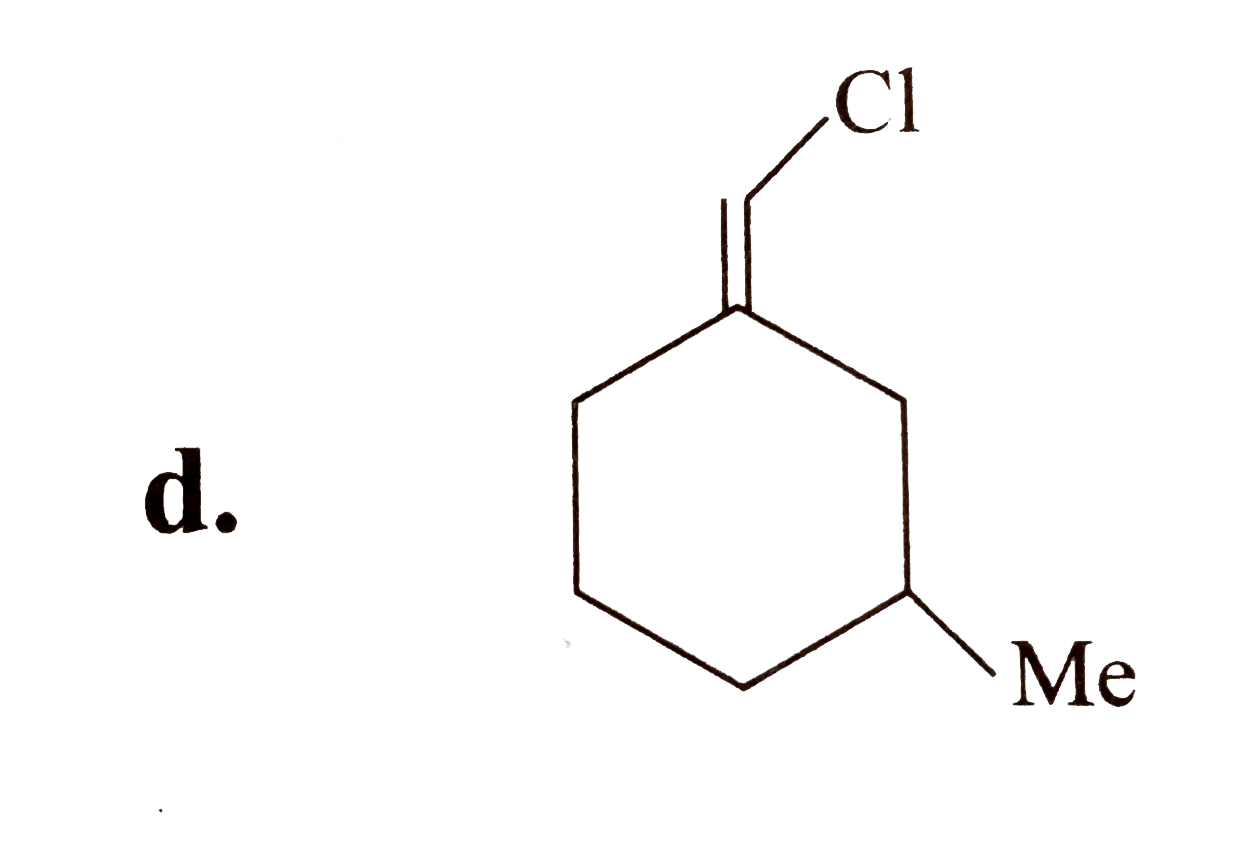
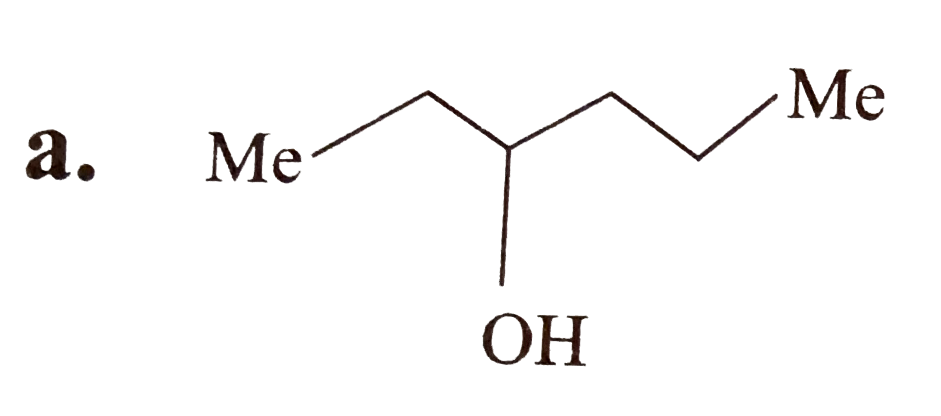
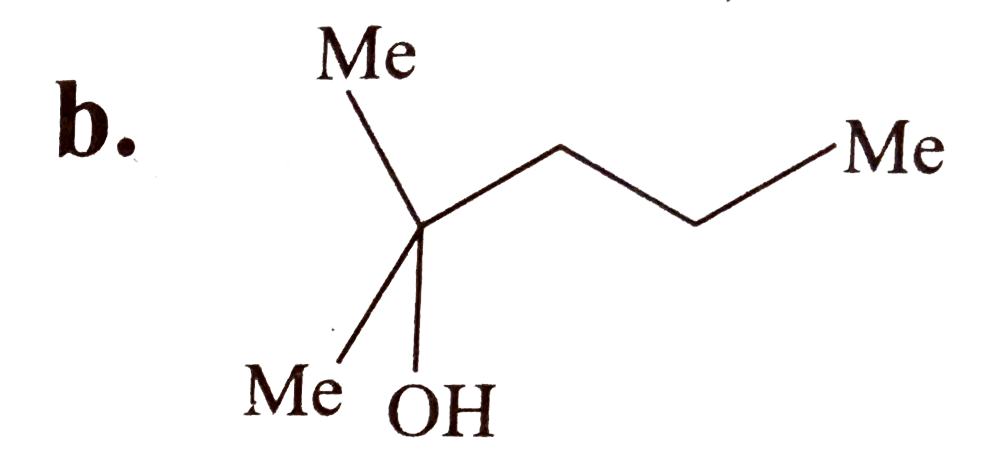
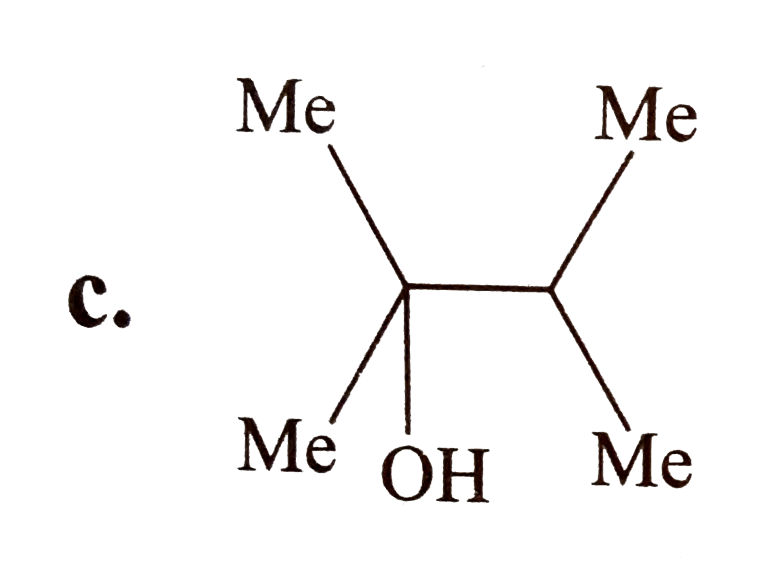
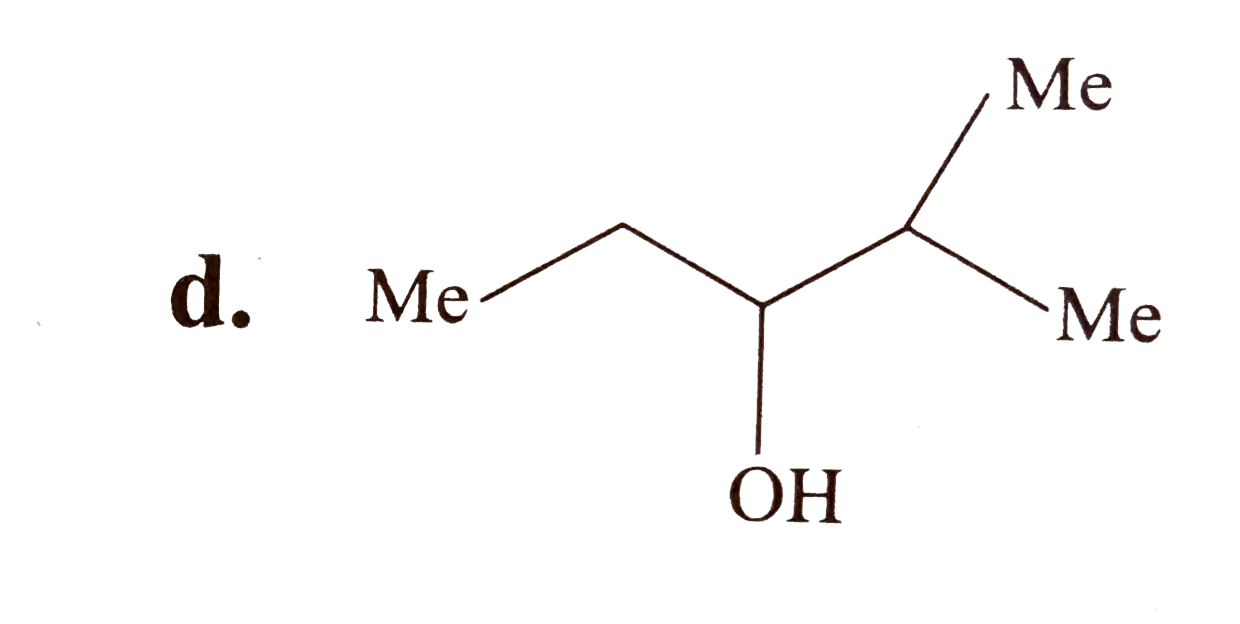

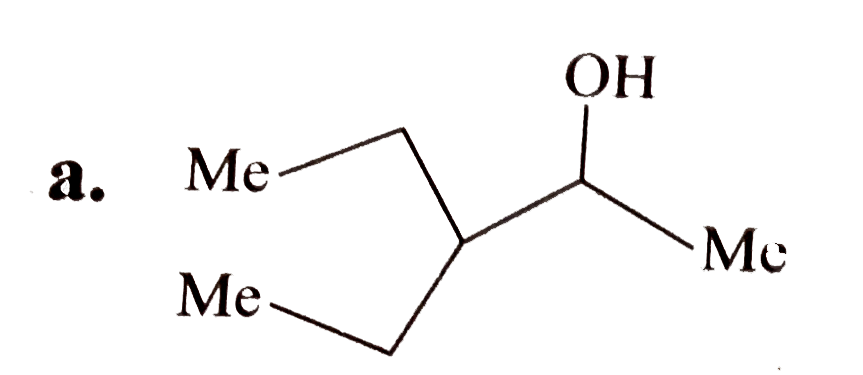

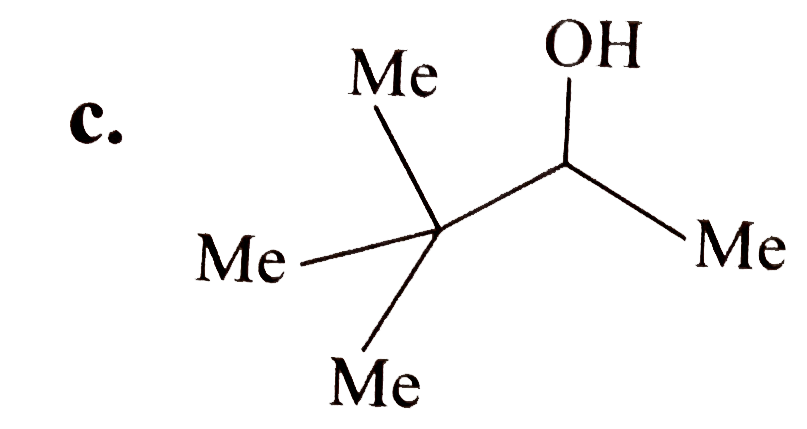

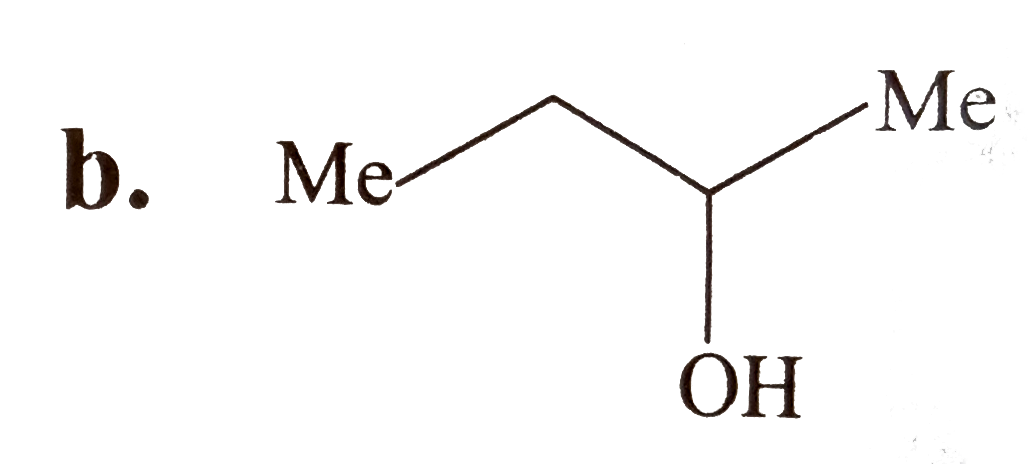
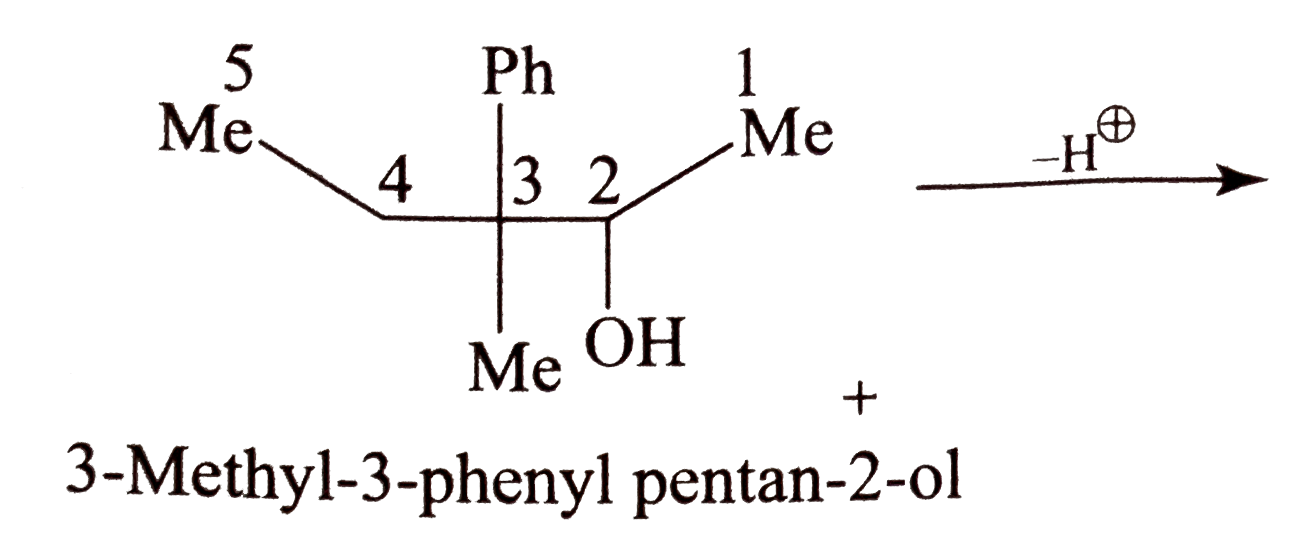

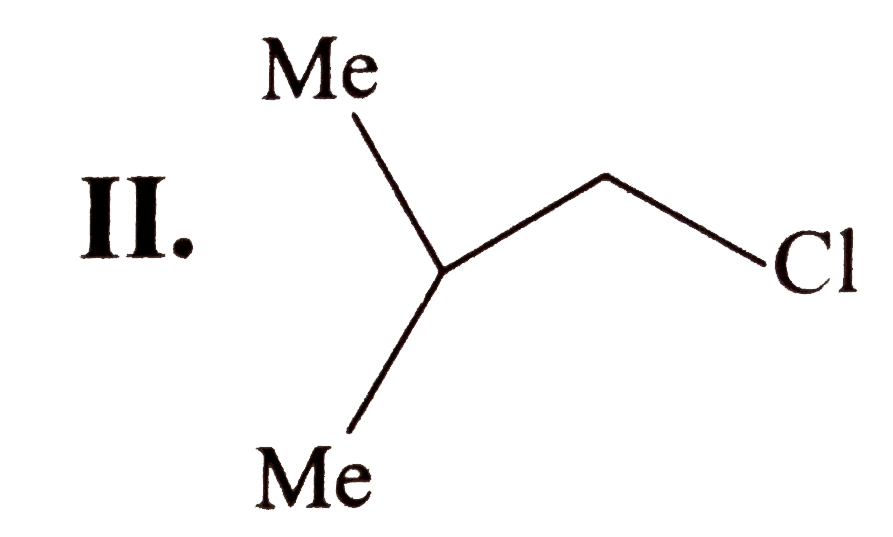
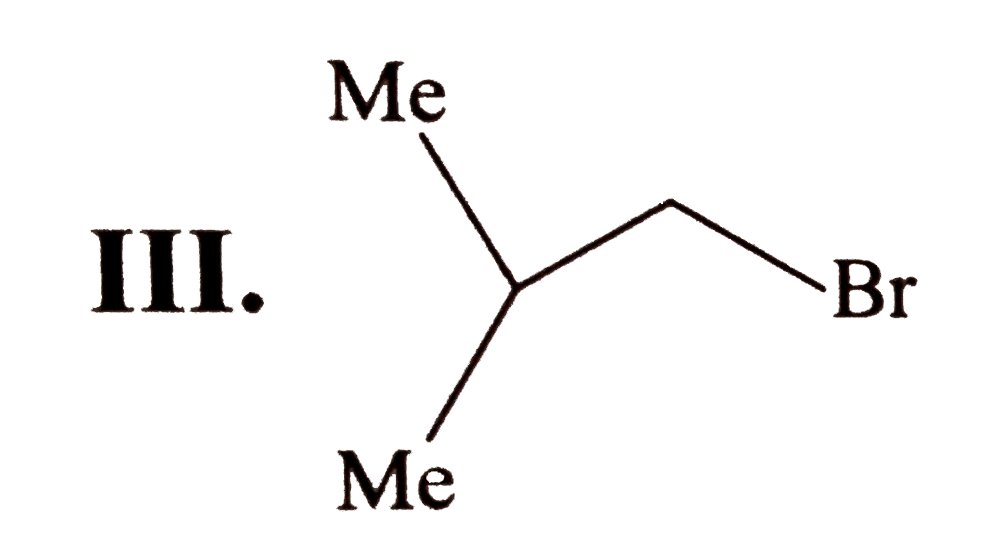
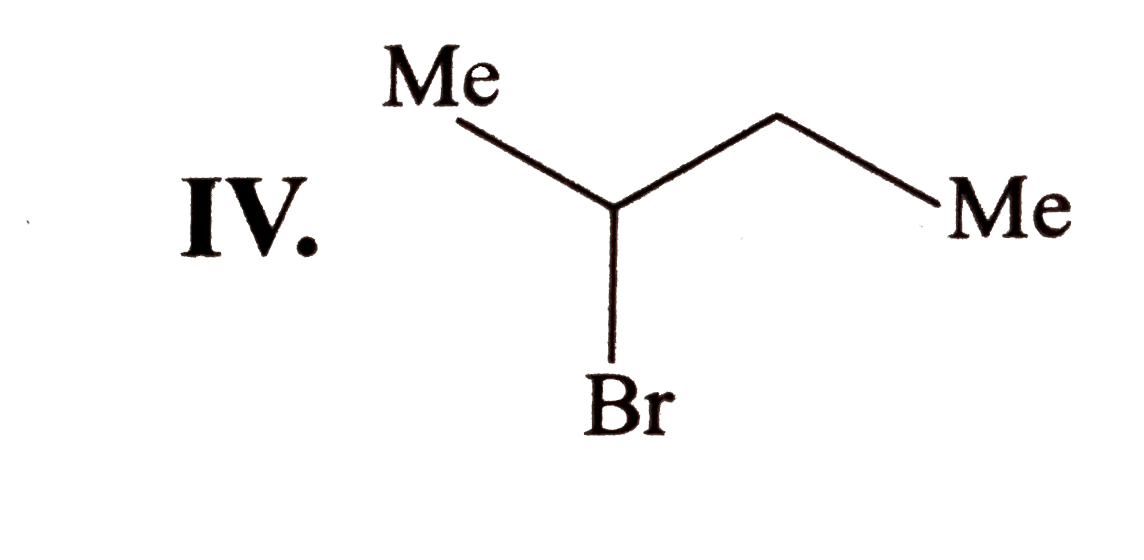
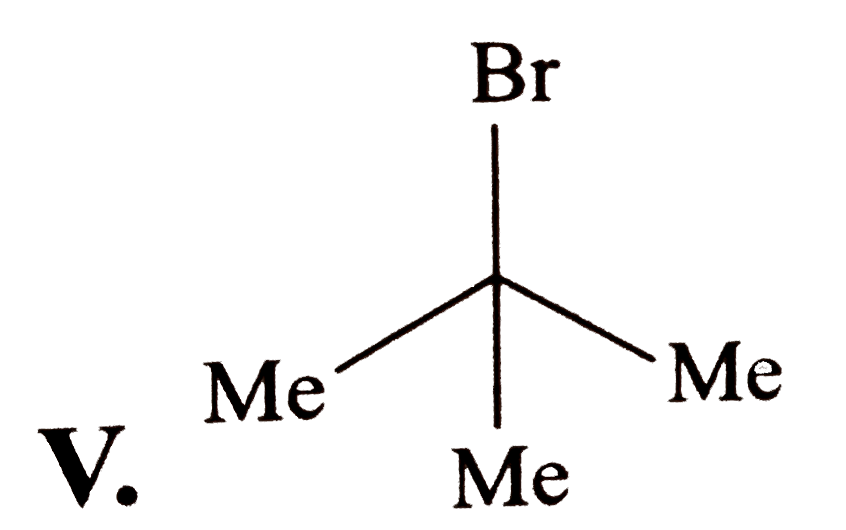
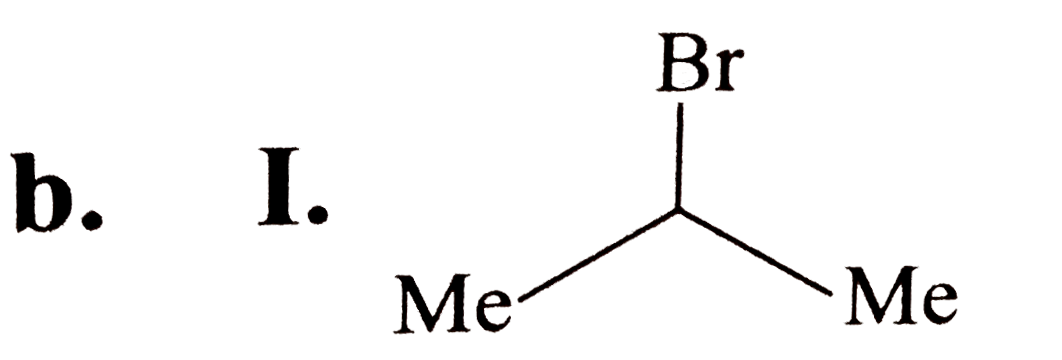

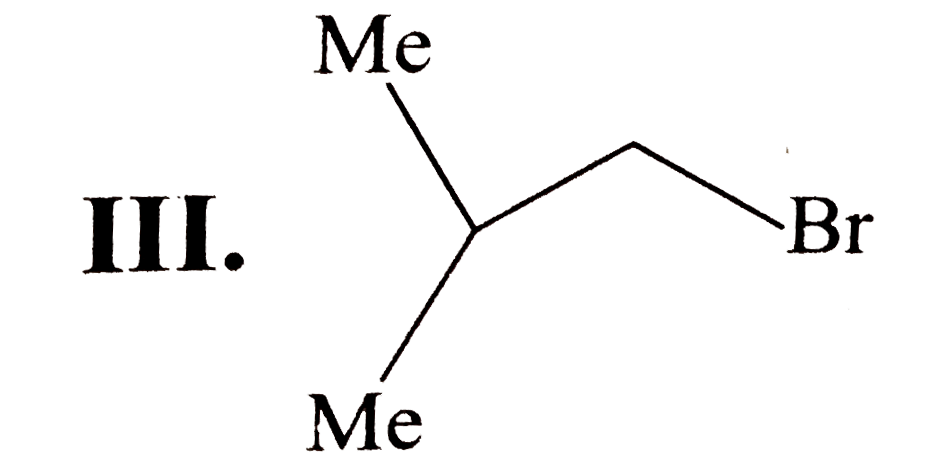
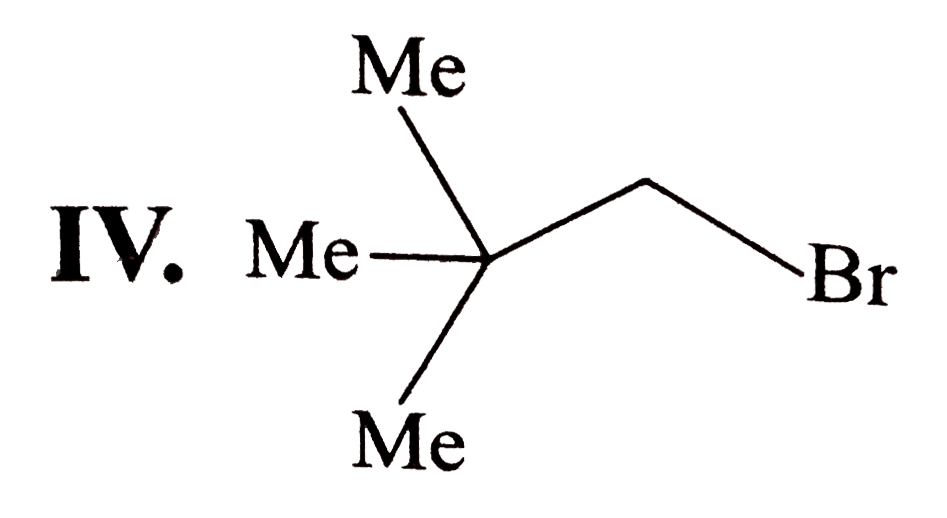
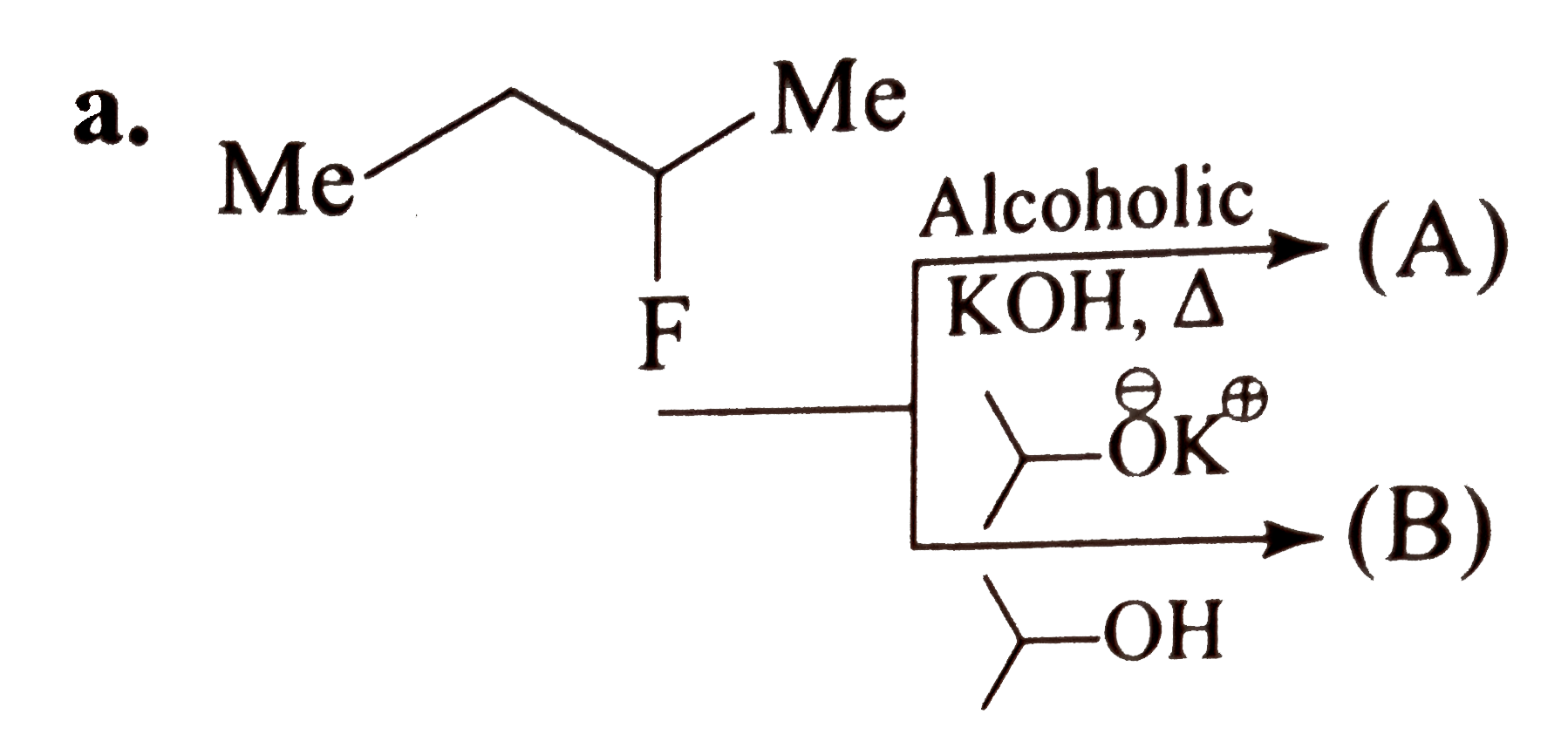
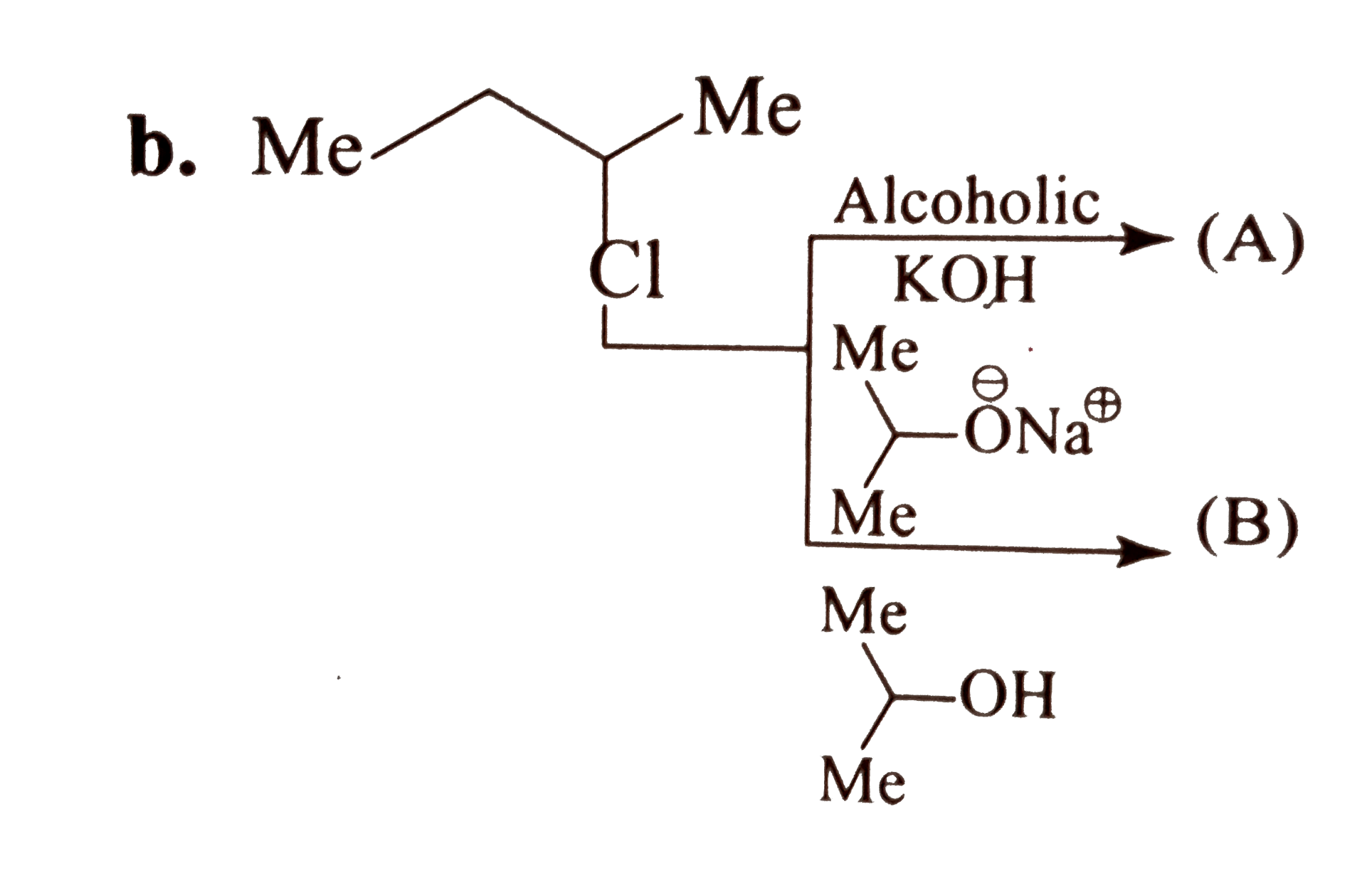
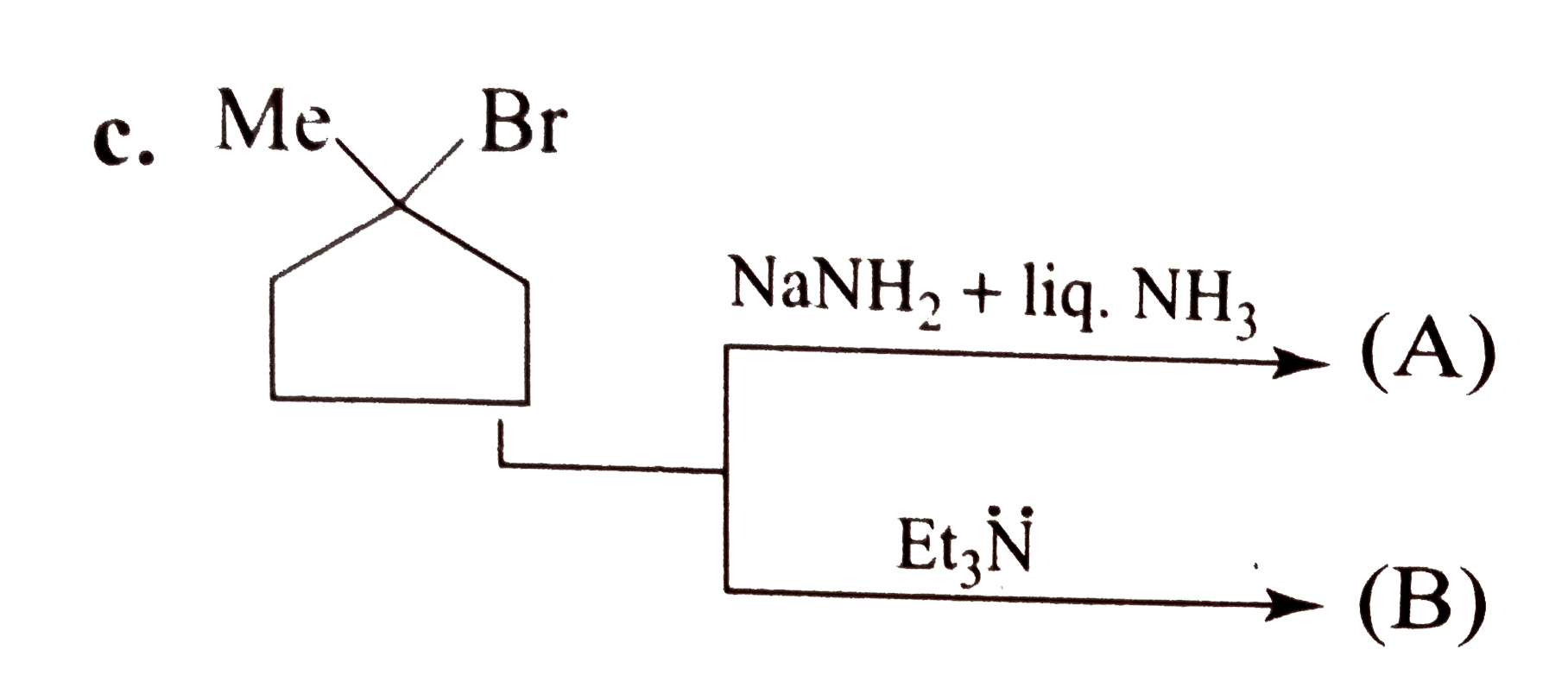

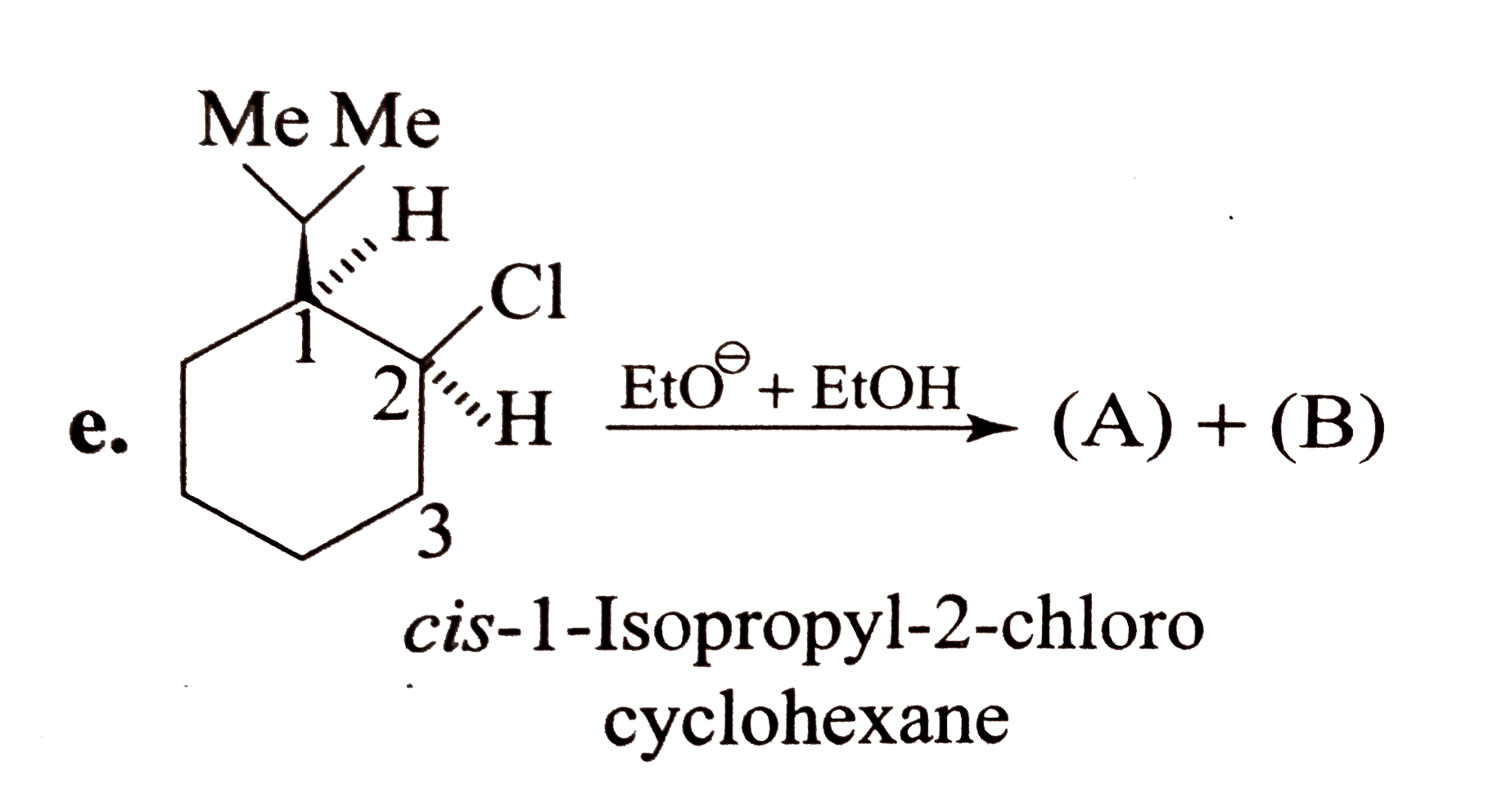
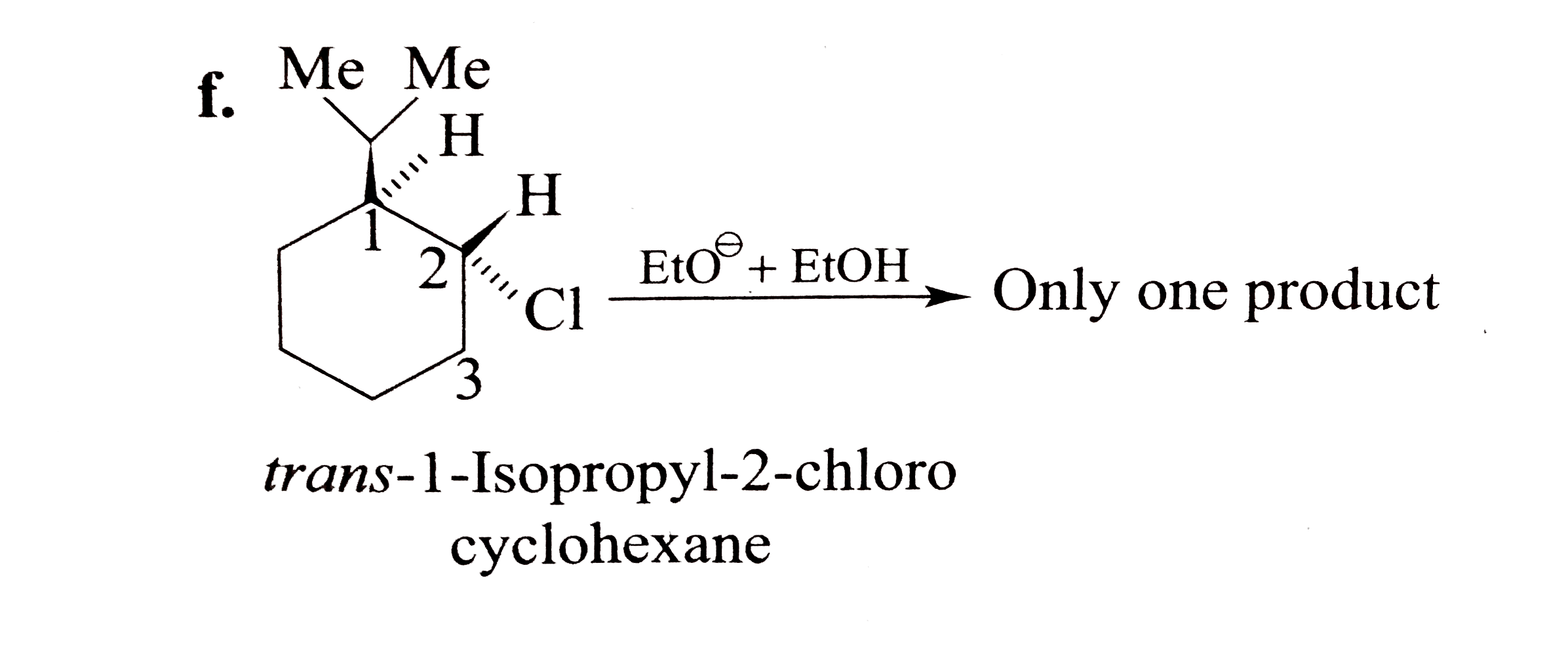
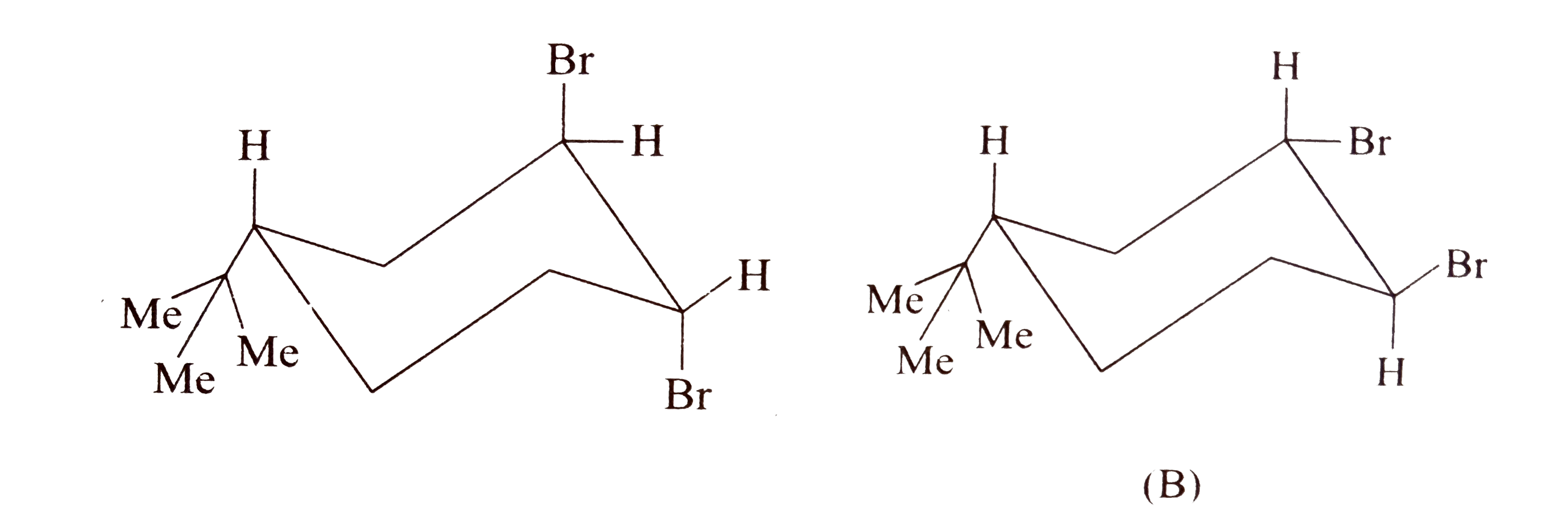
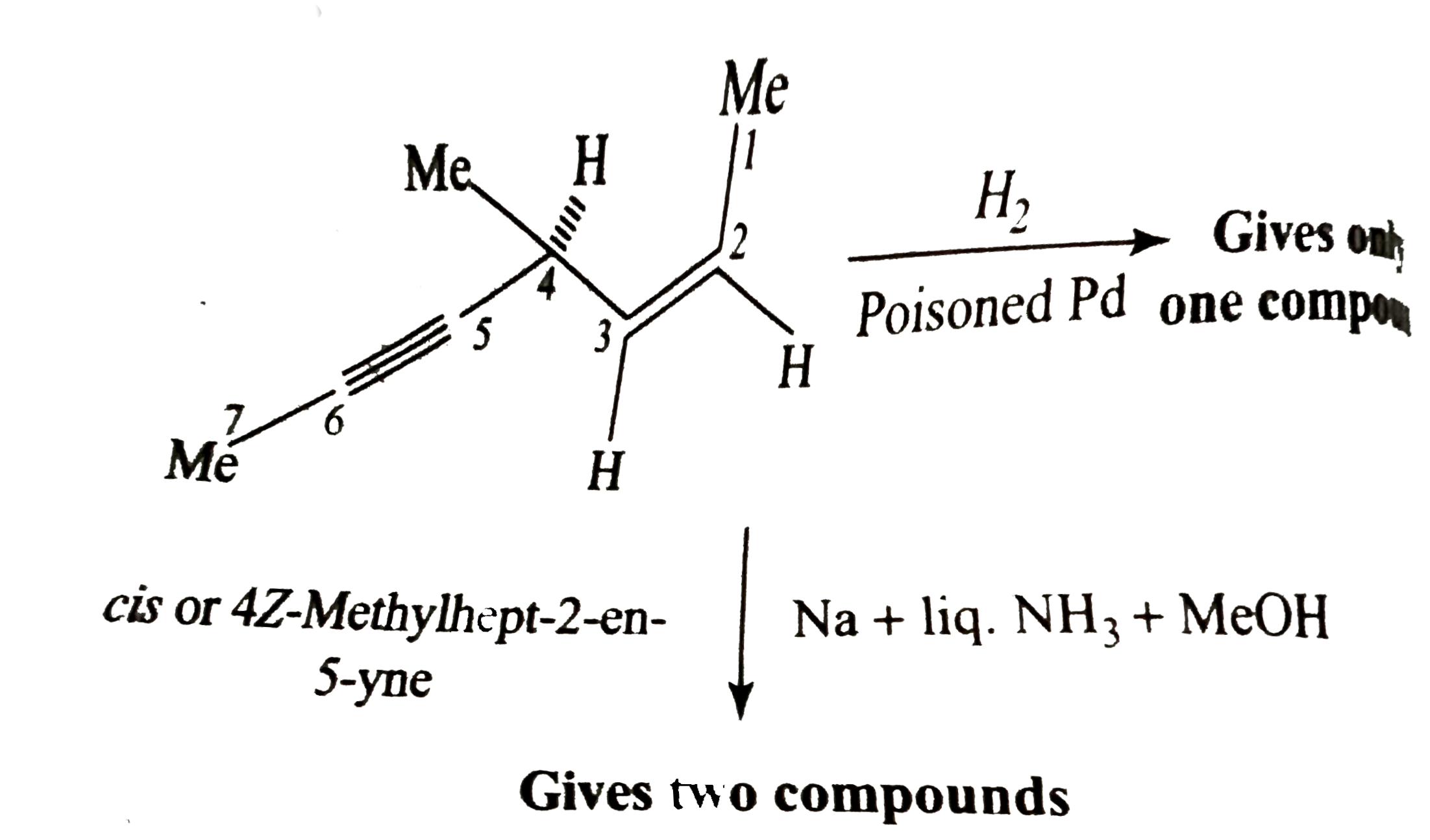
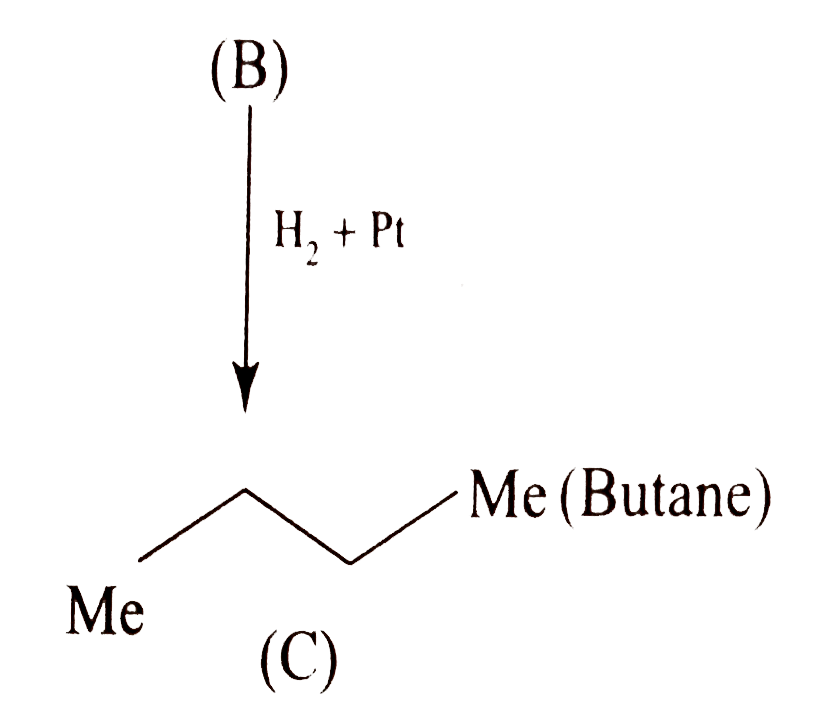
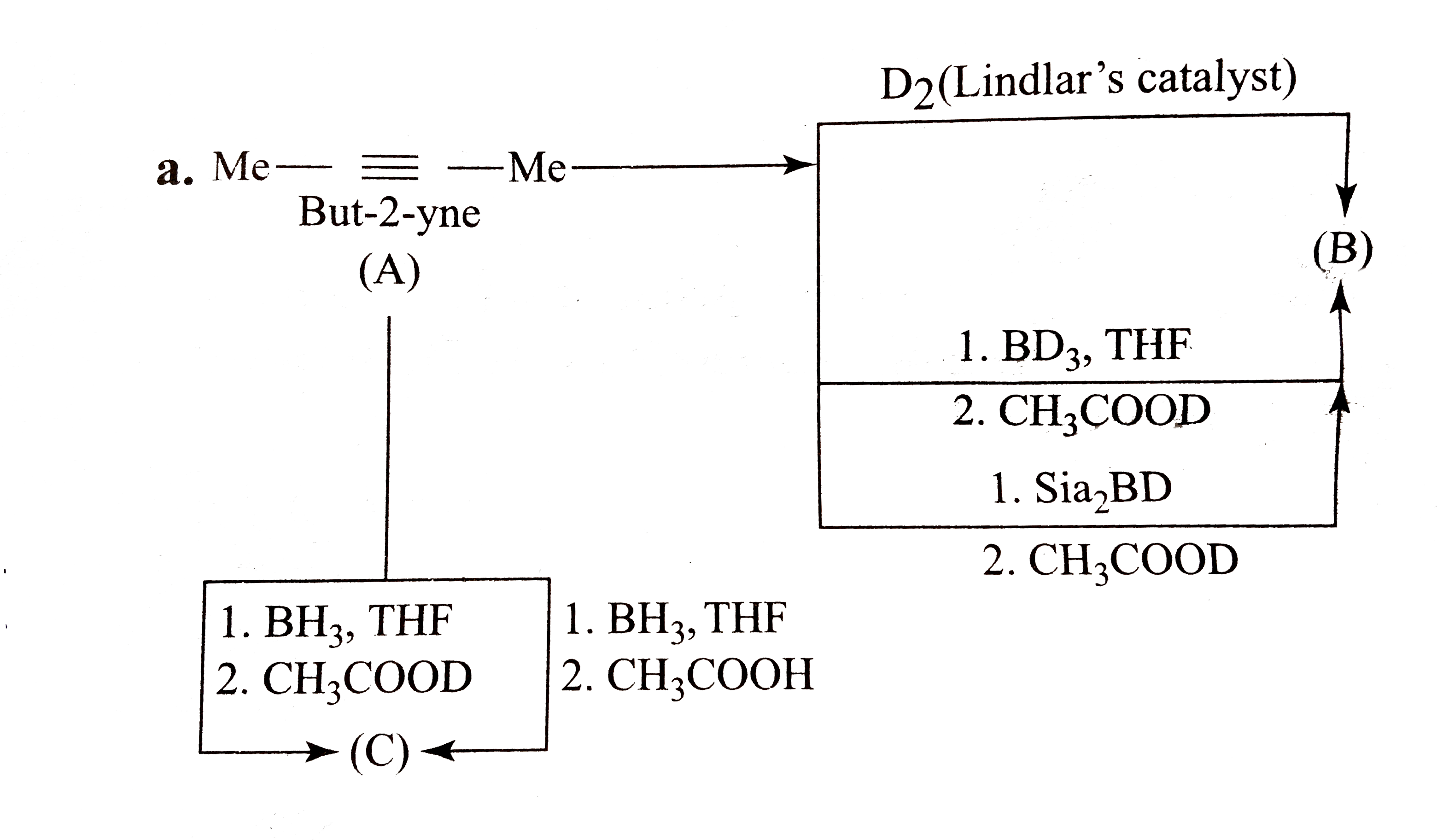
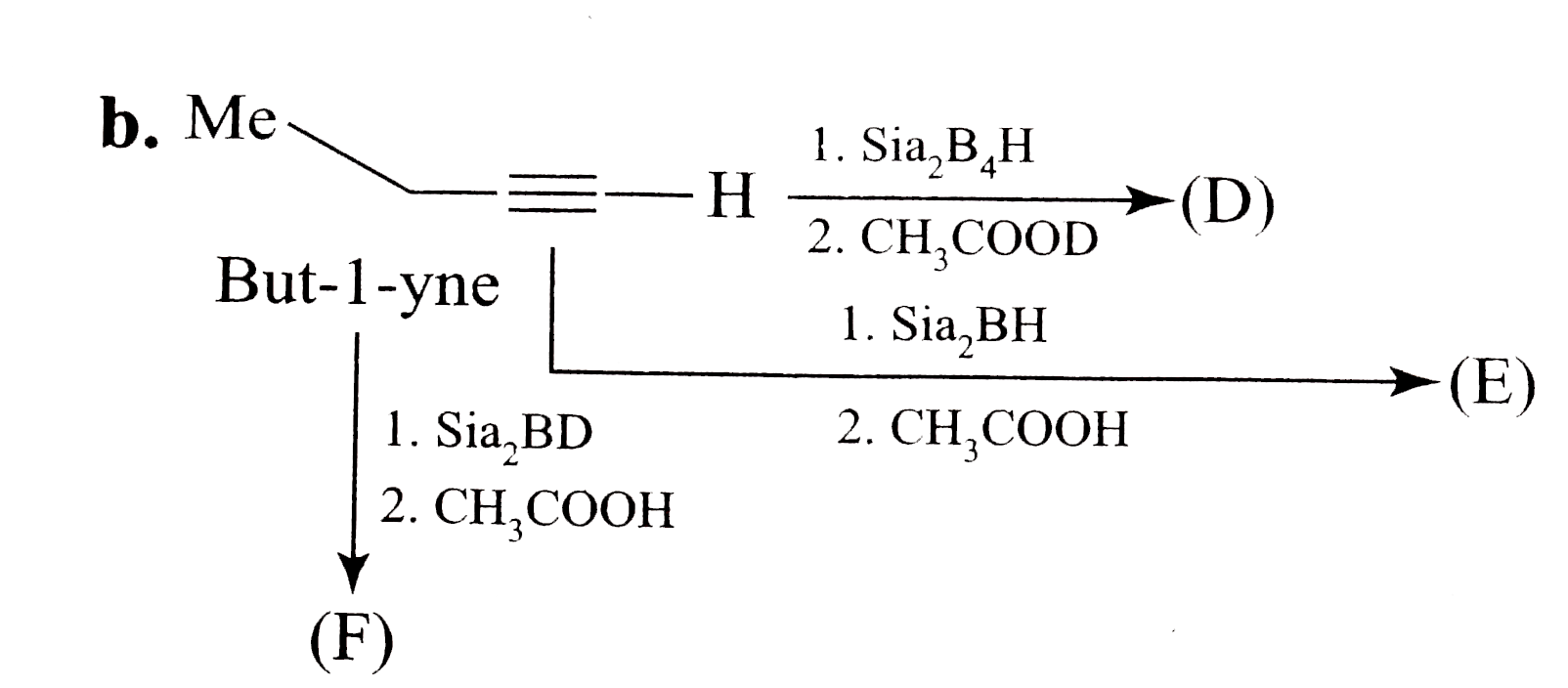

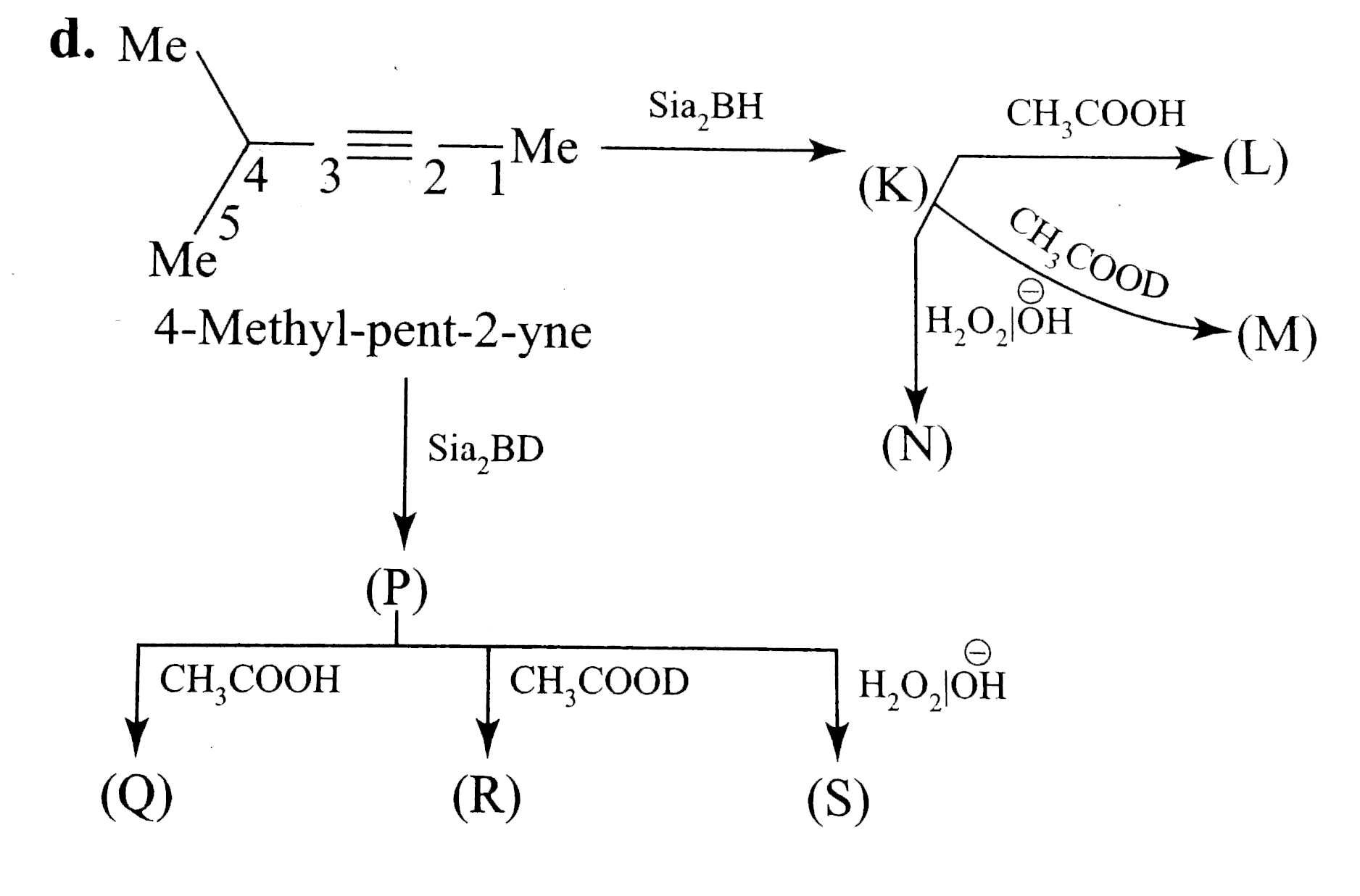
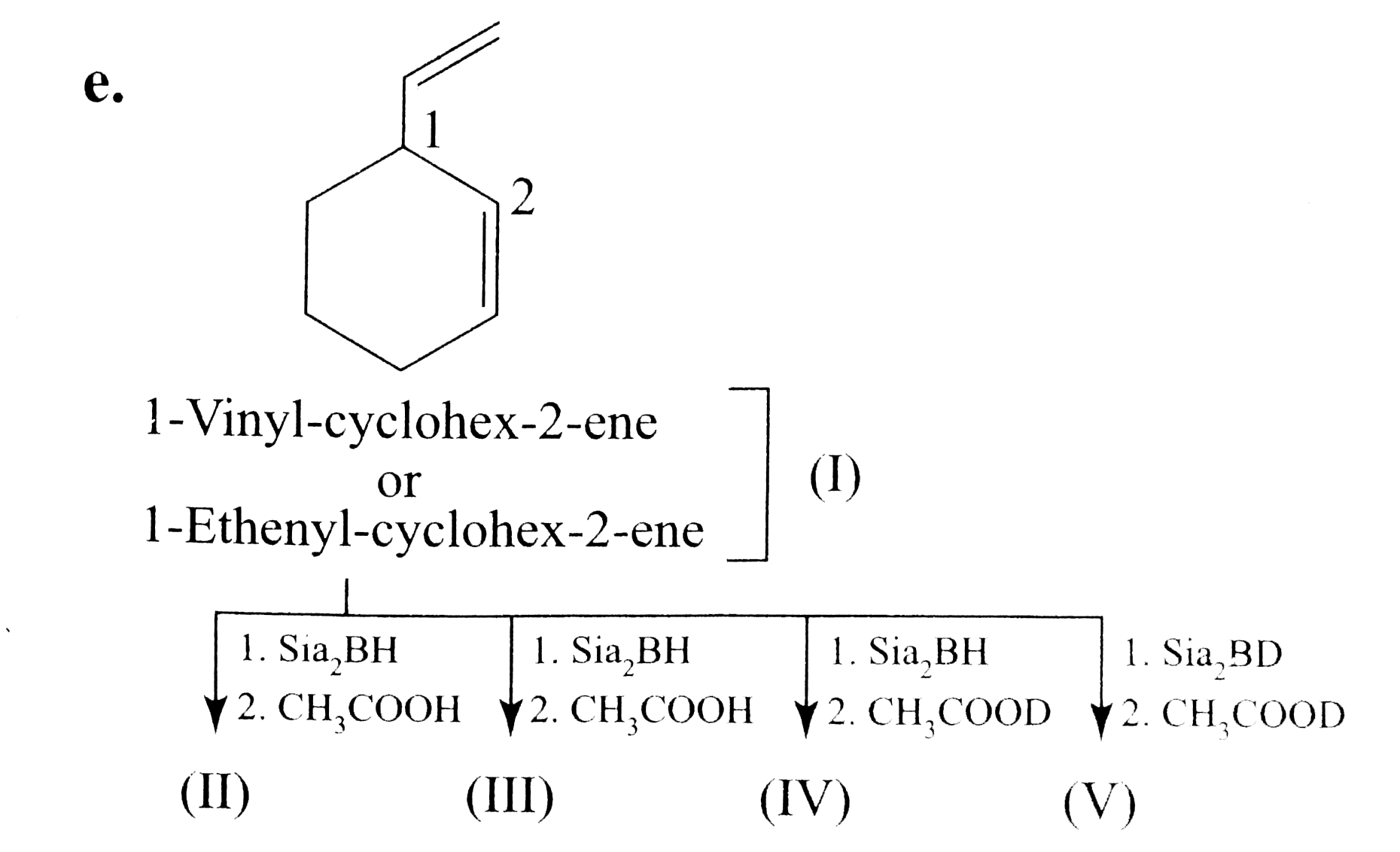

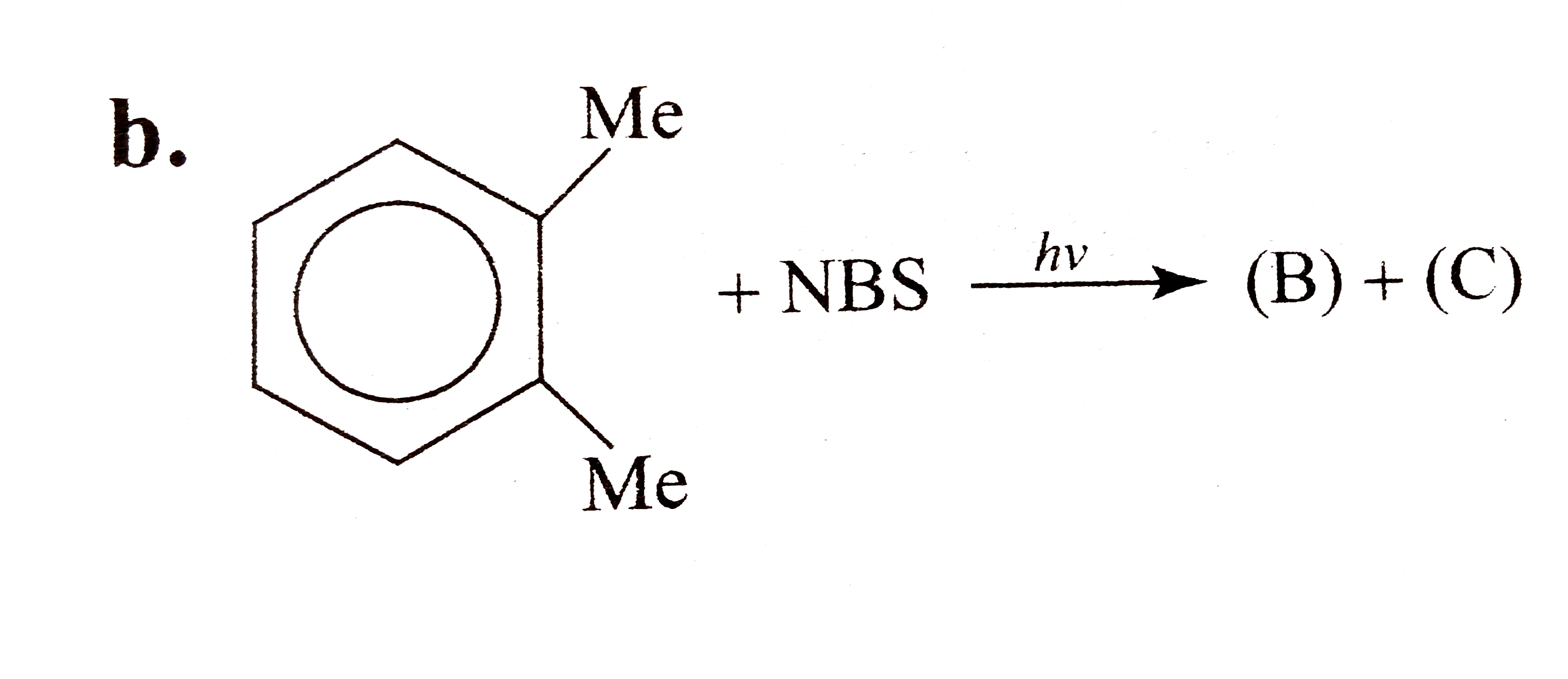





 Three products
Three products 




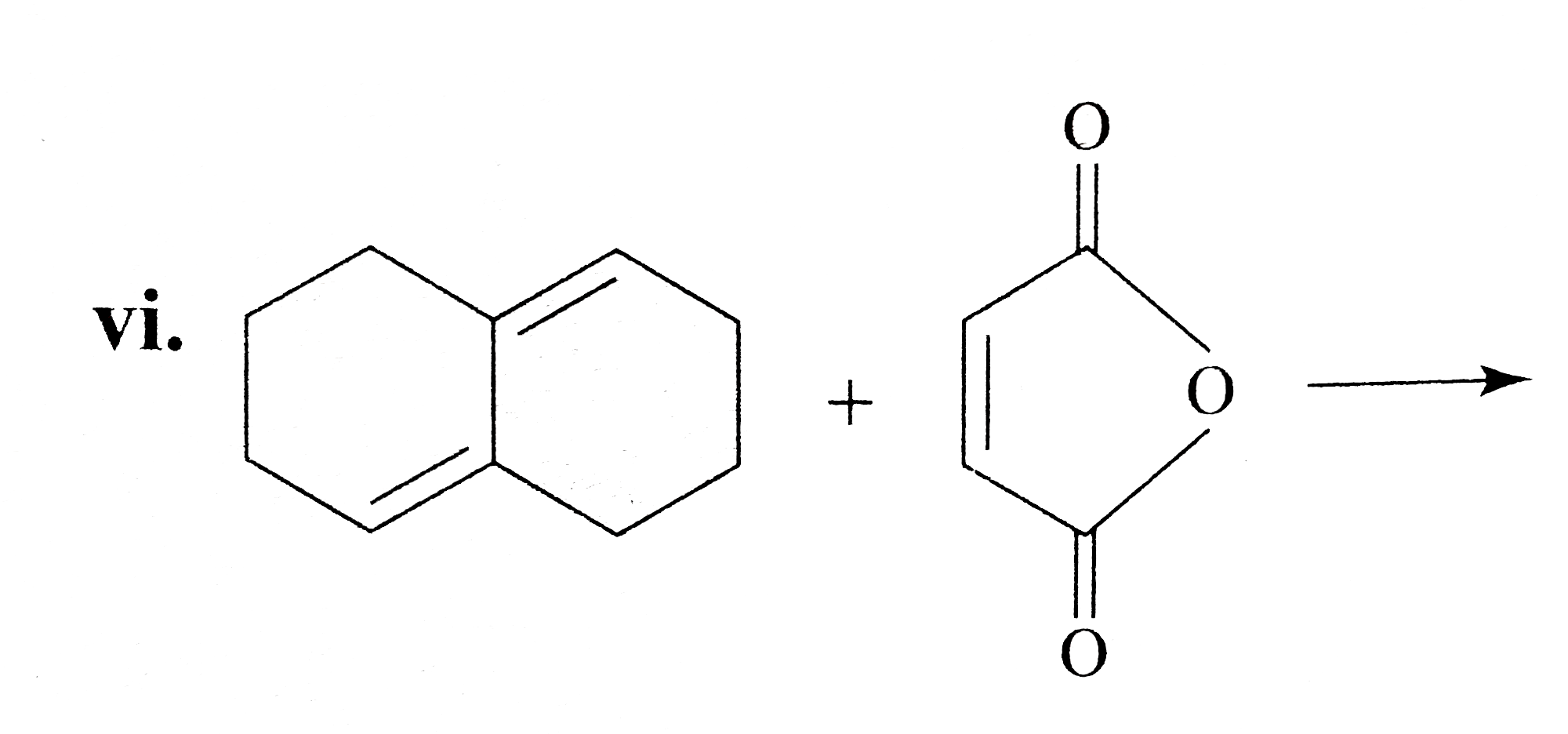
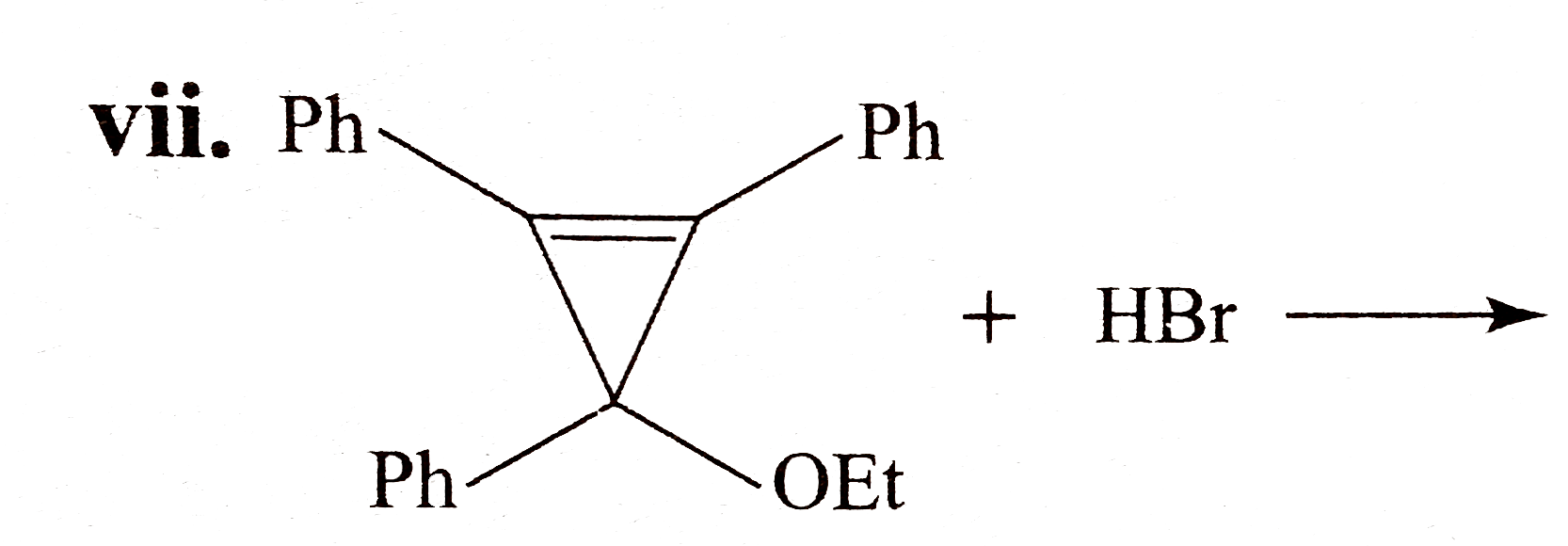



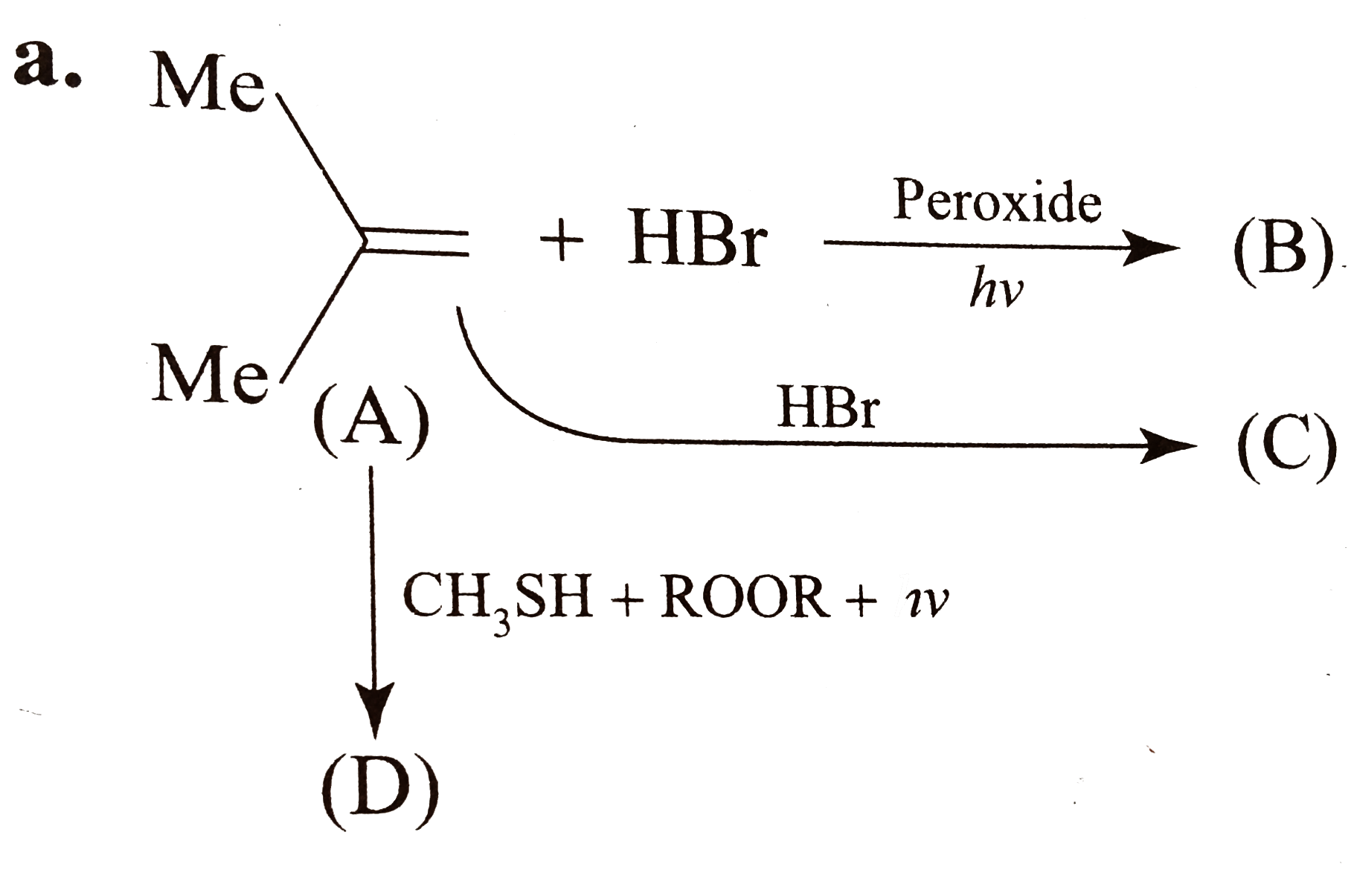






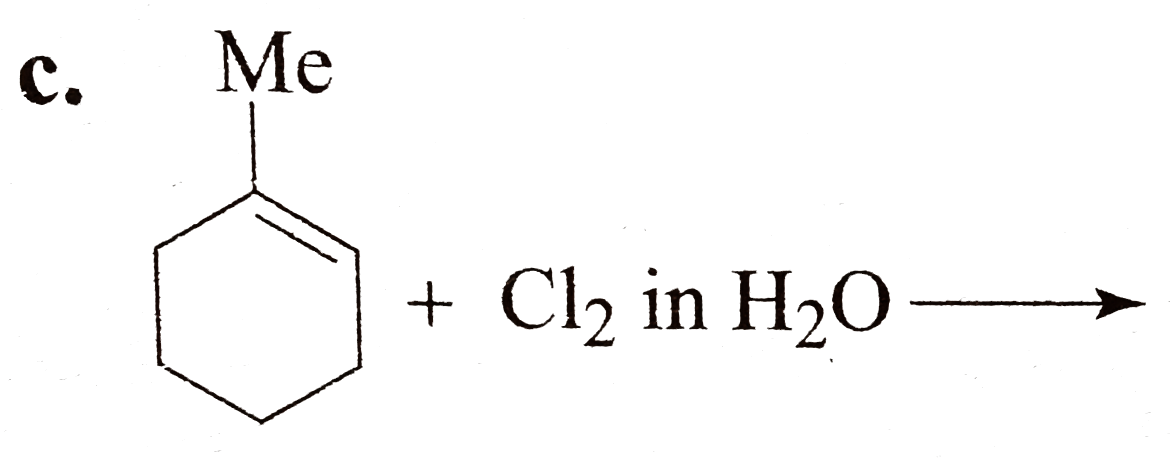
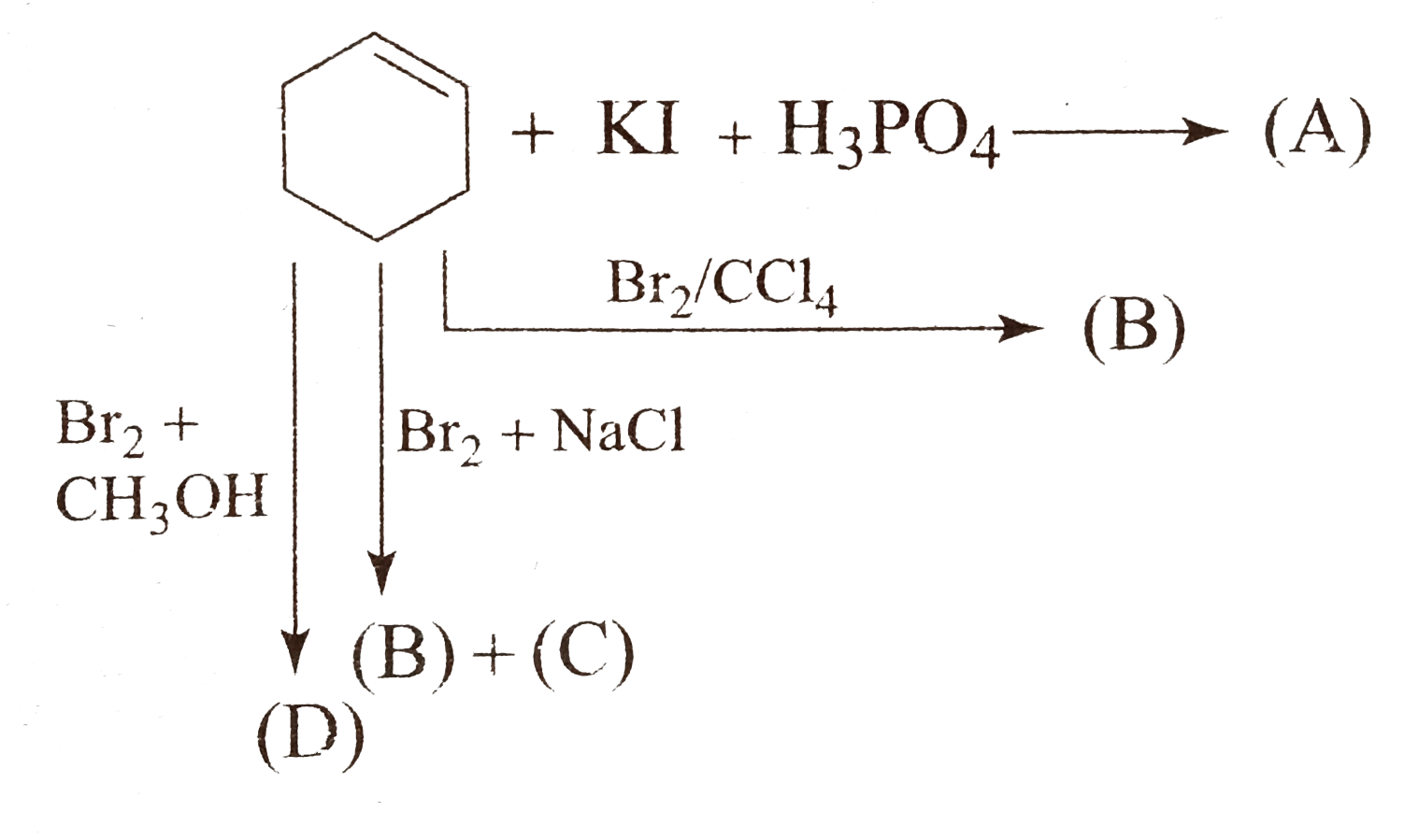


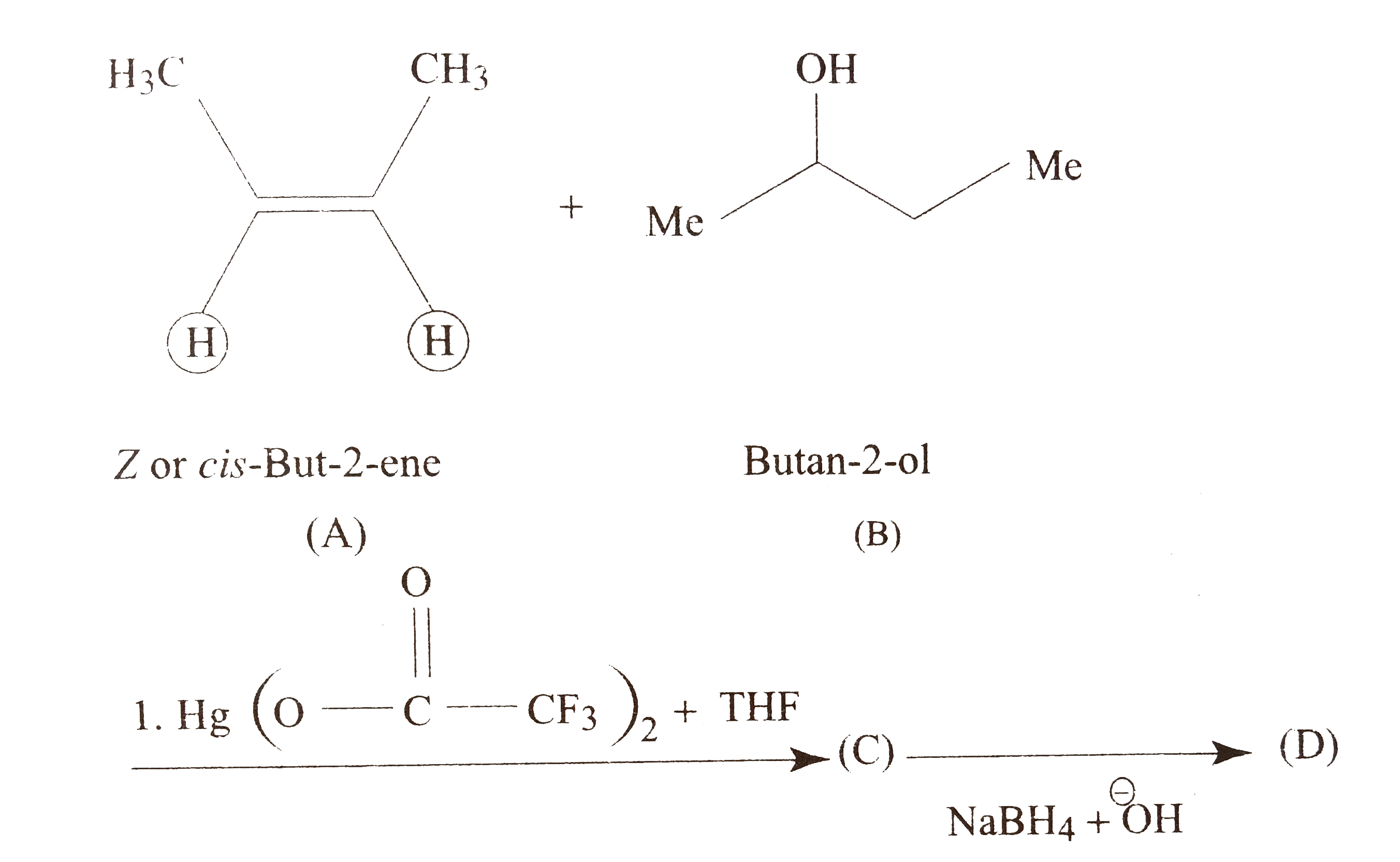
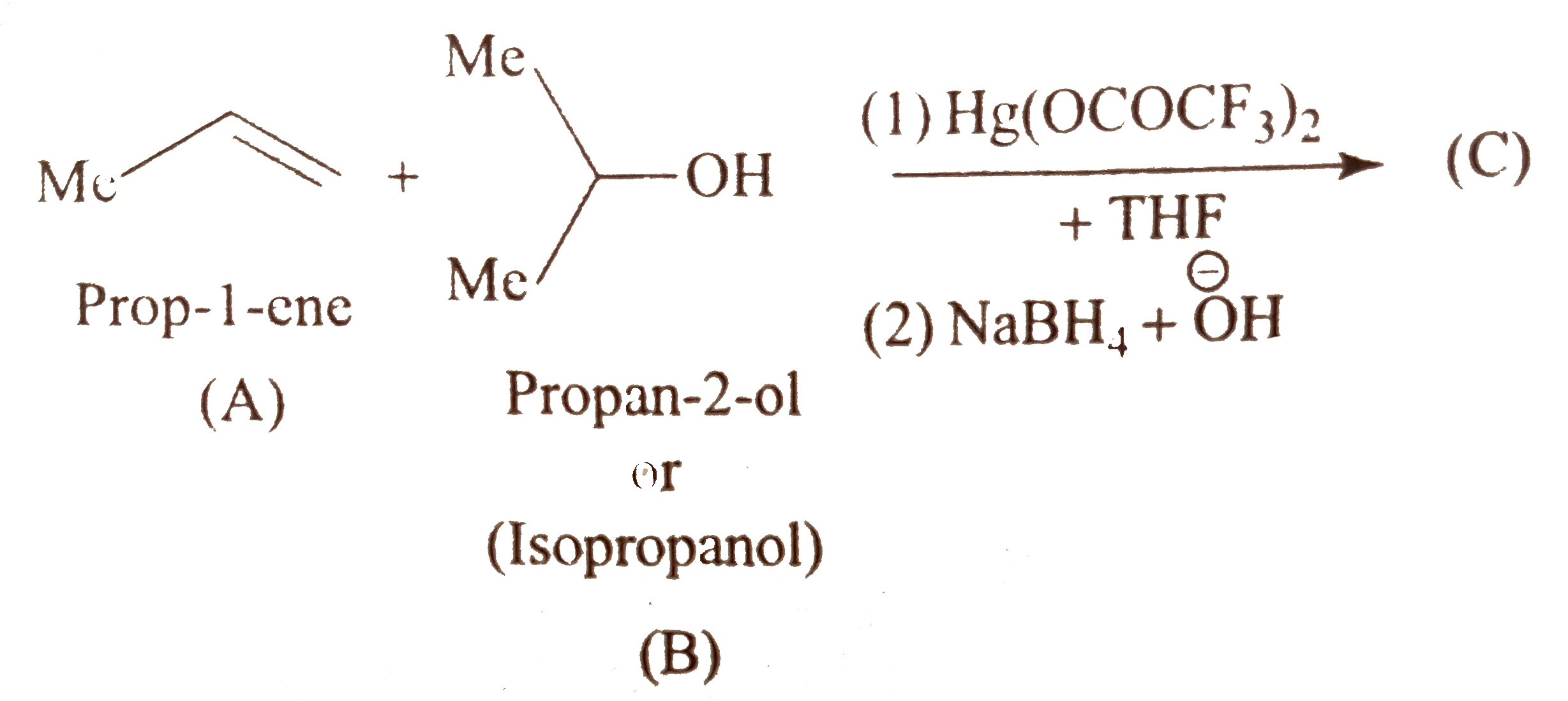 Propane
Propane 





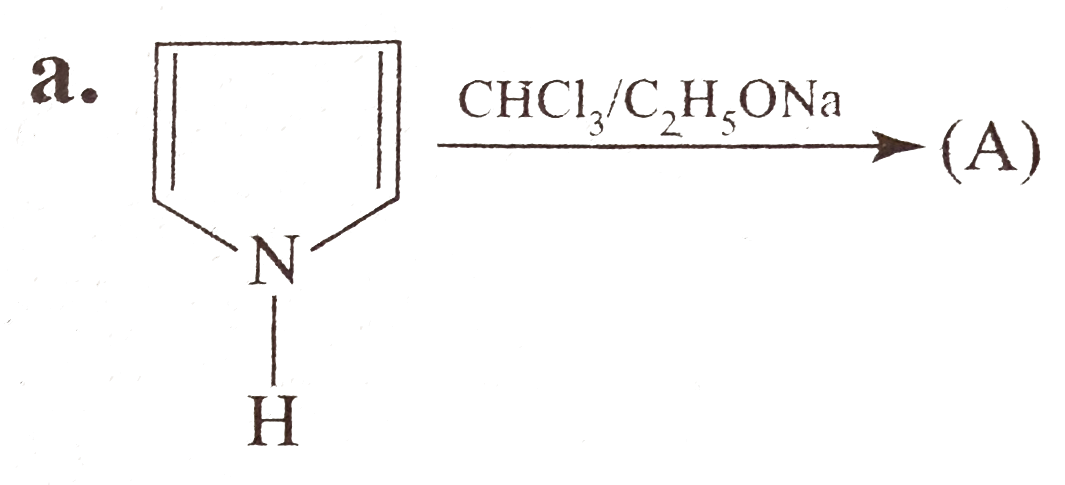 , b.
, b. 




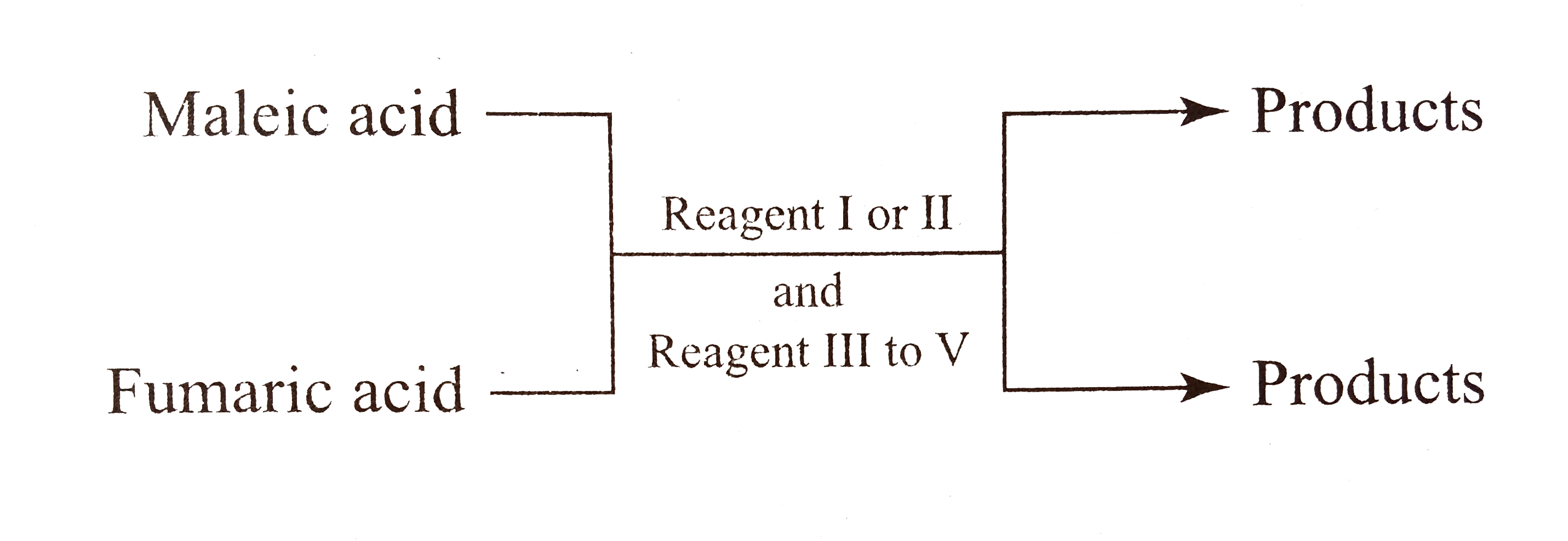




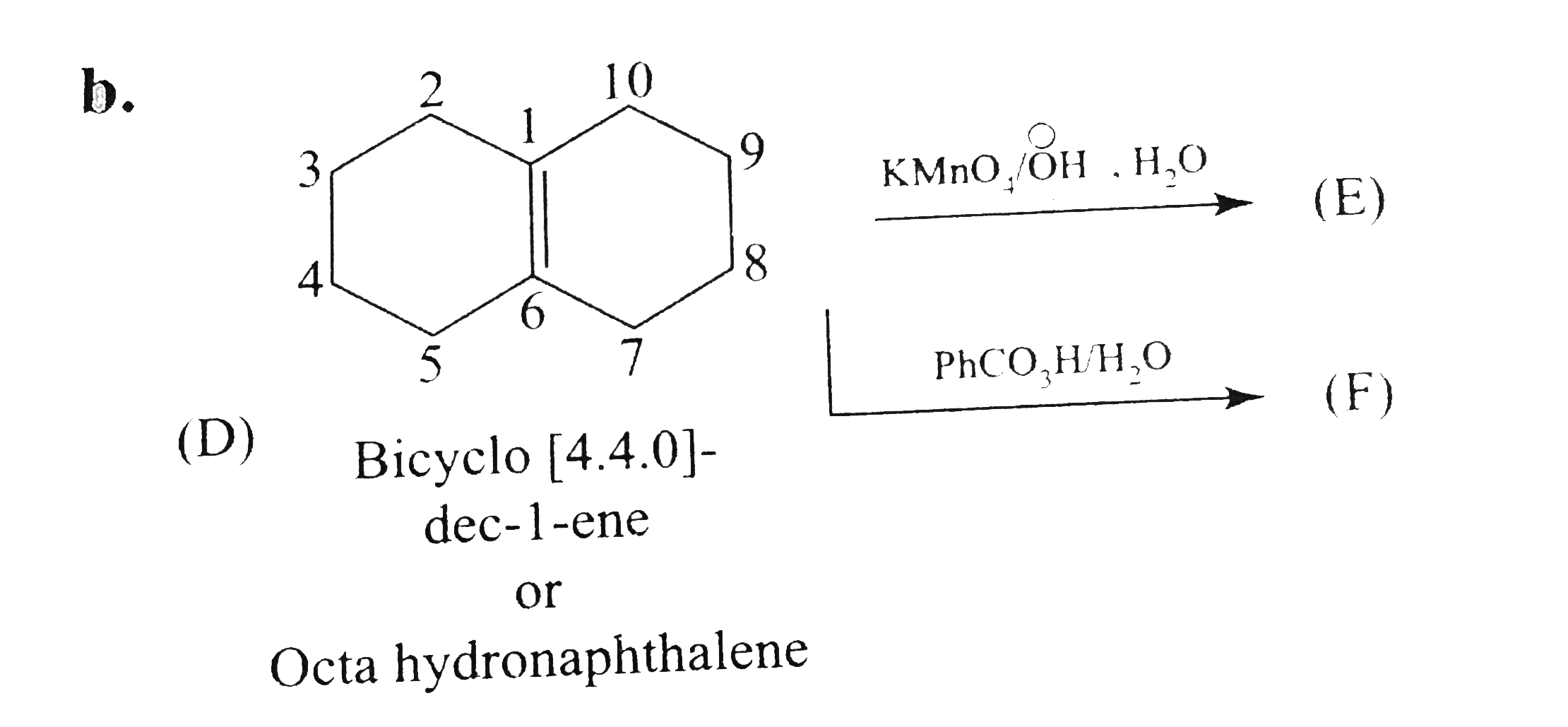



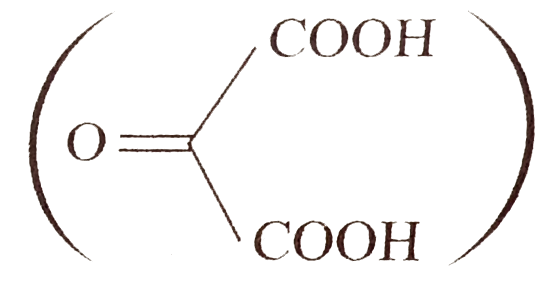 . Identify compound
. Identify compound 



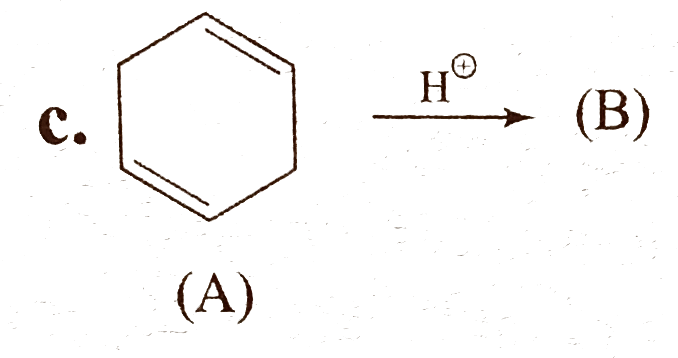


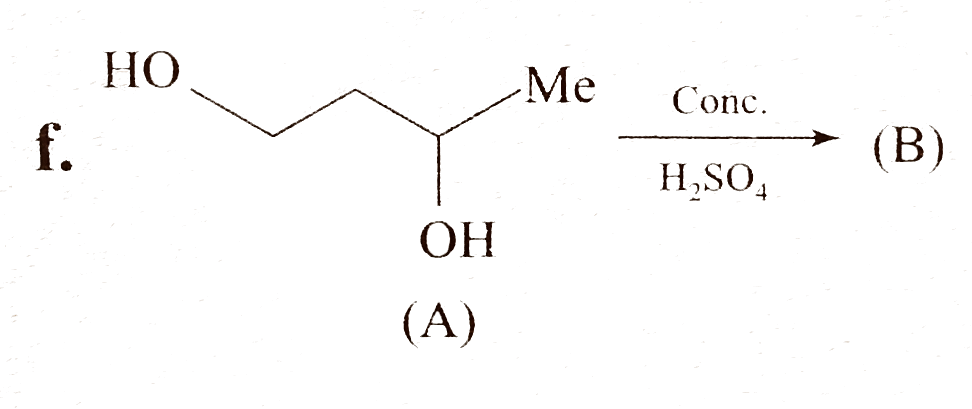
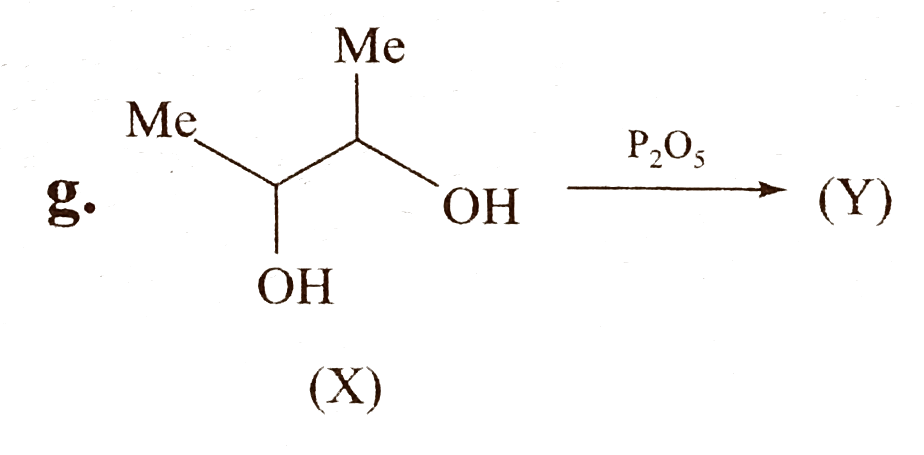 ltbr
ltbr 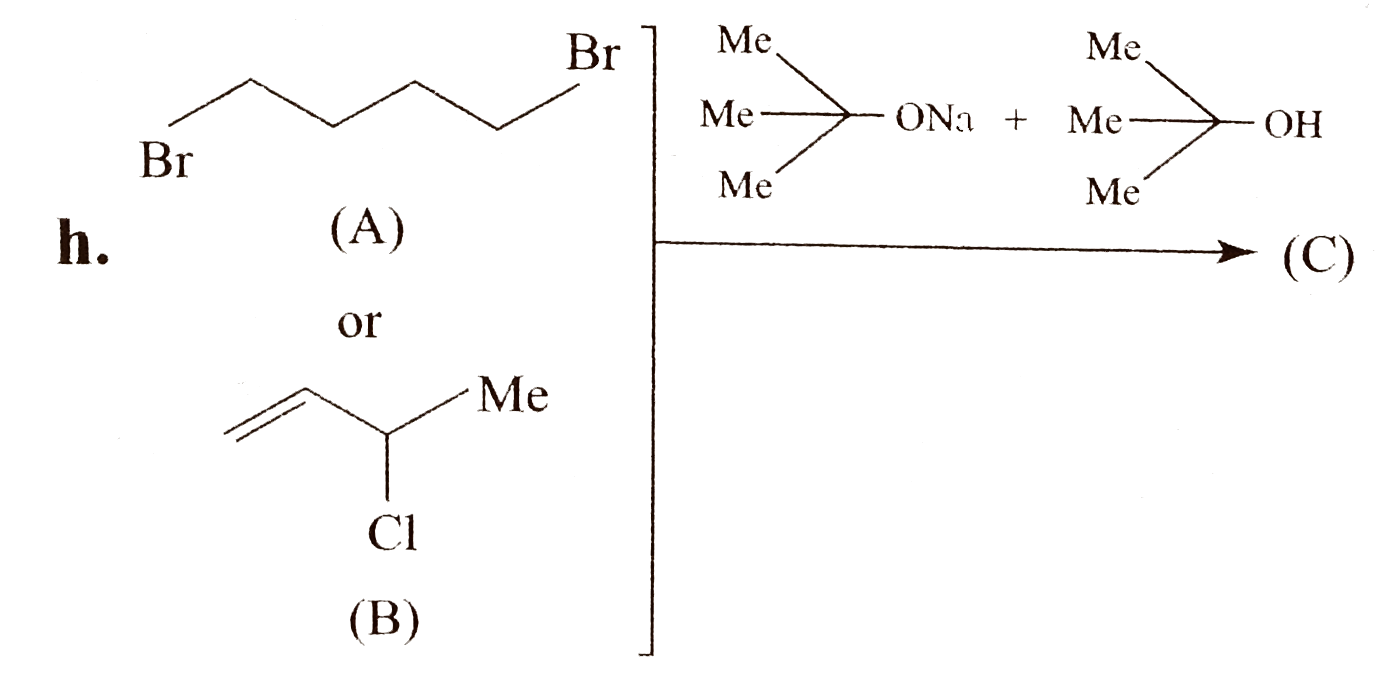


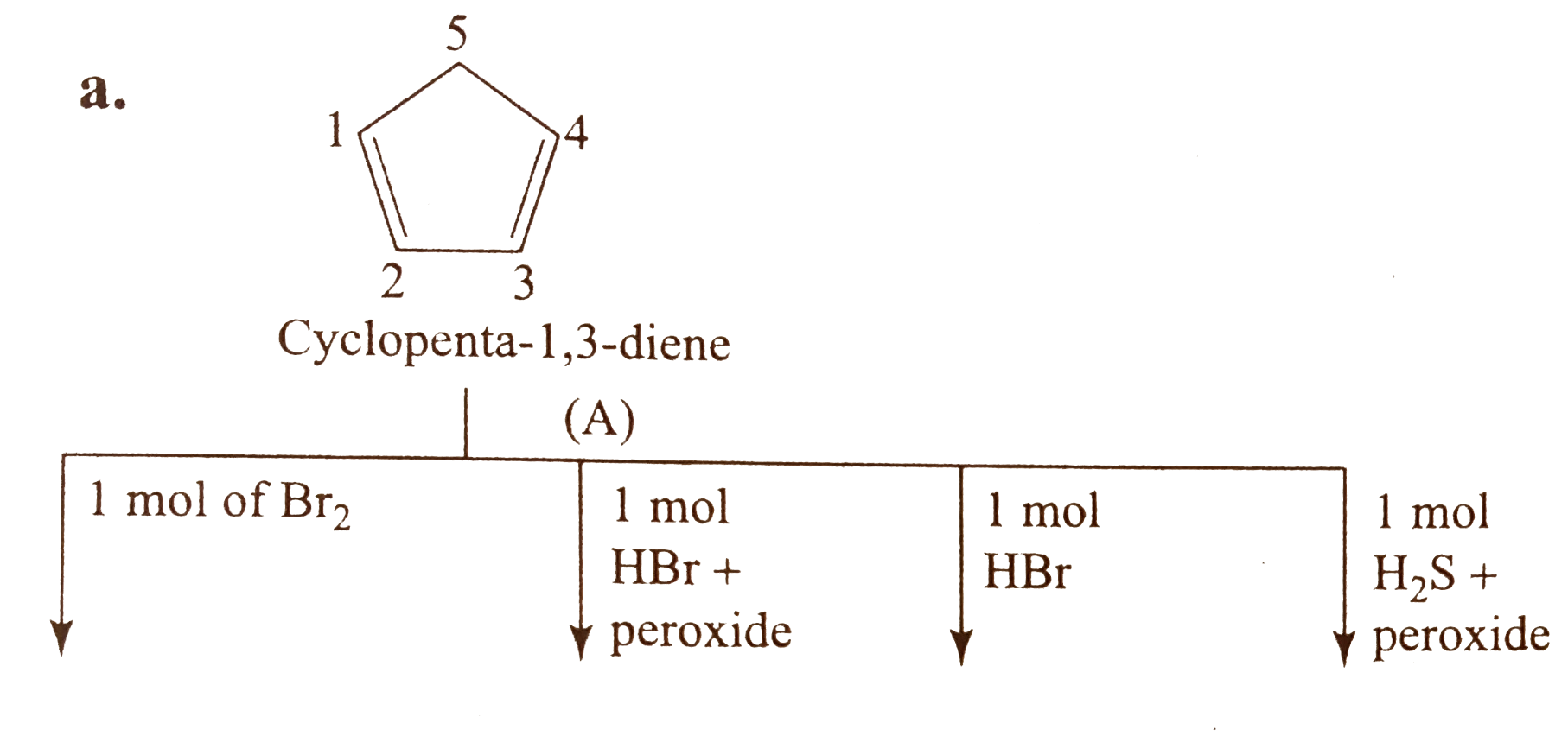
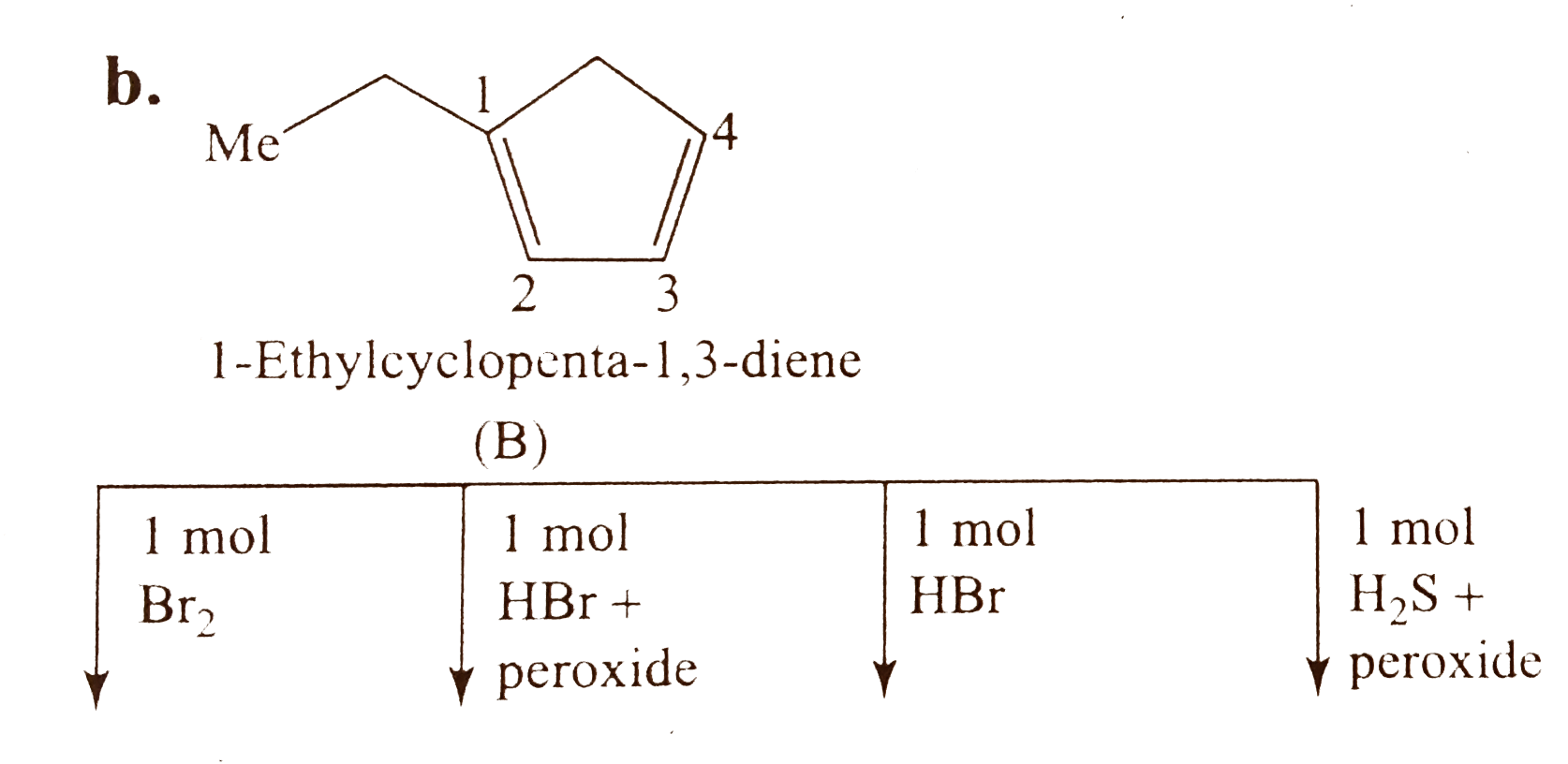 1-Ethylcyclopenta -1,3- diene
1-Ethylcyclopenta -1,3- diene 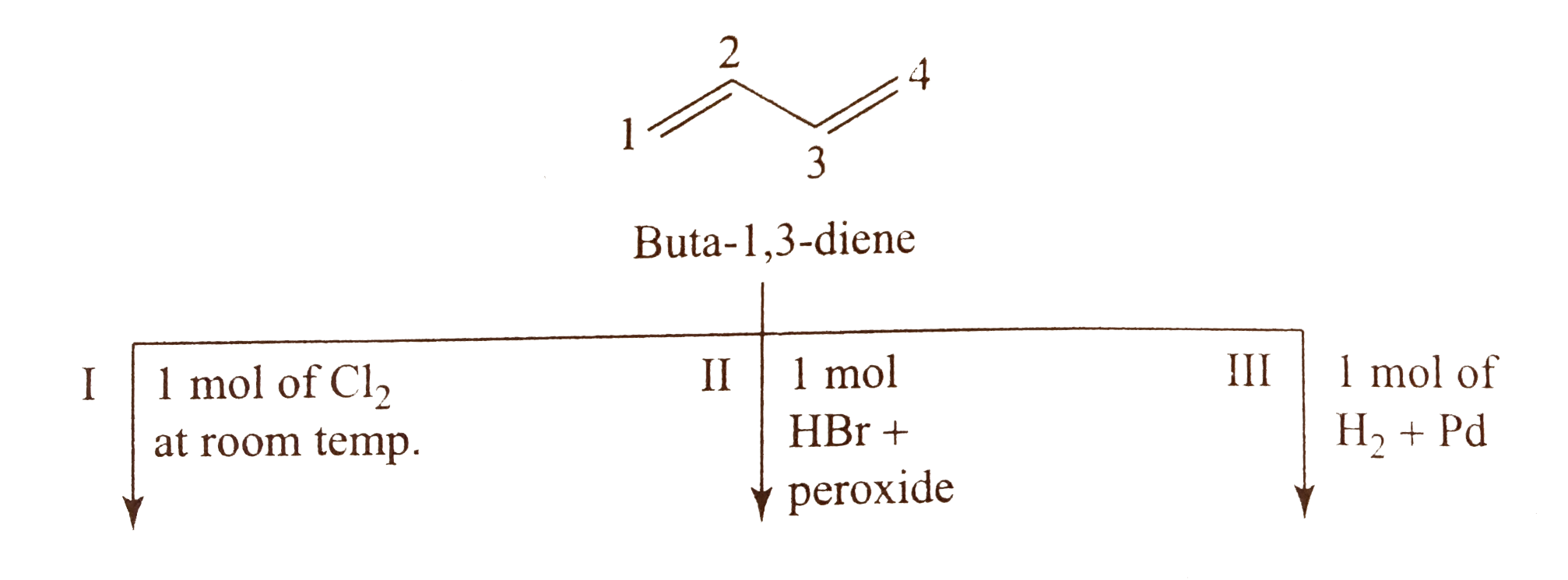
 Products
Products 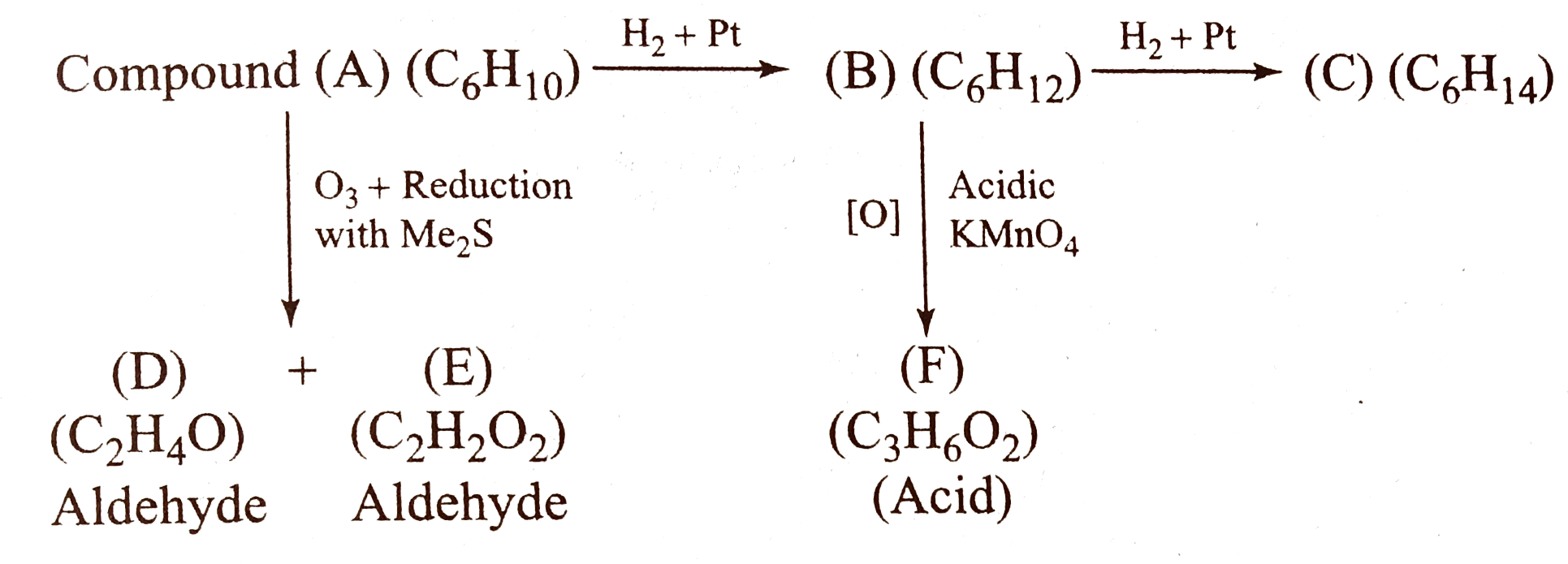



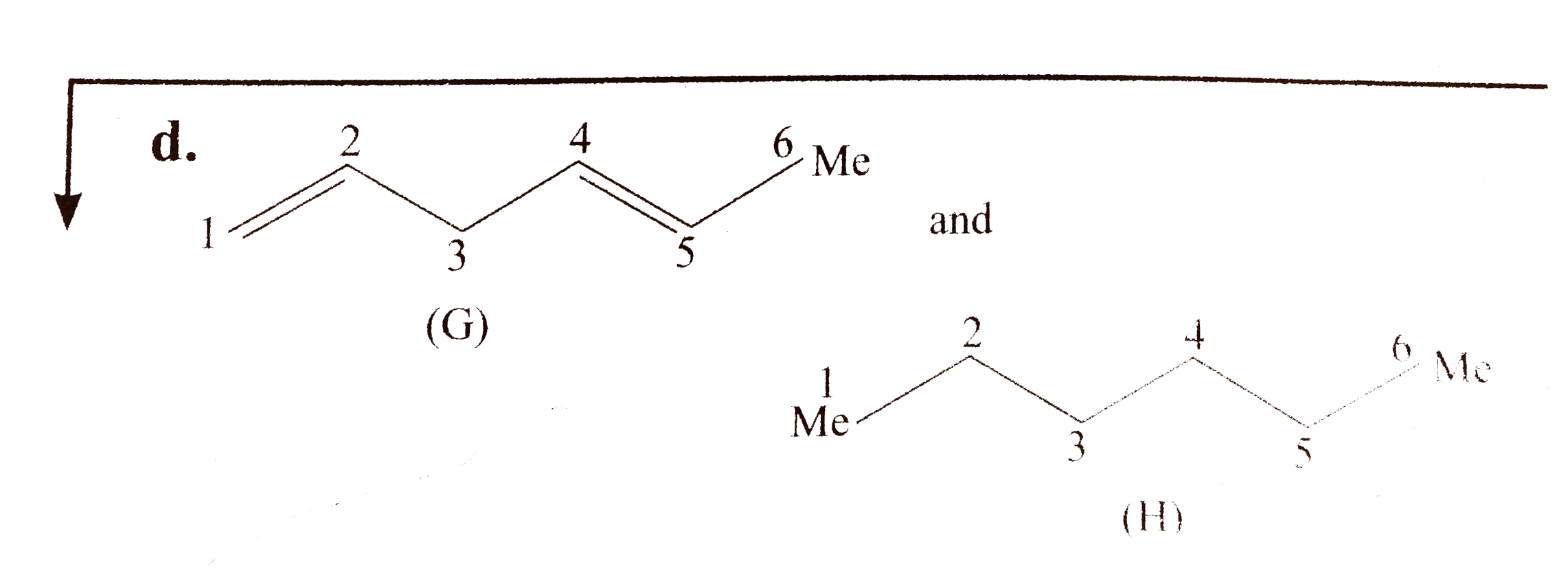


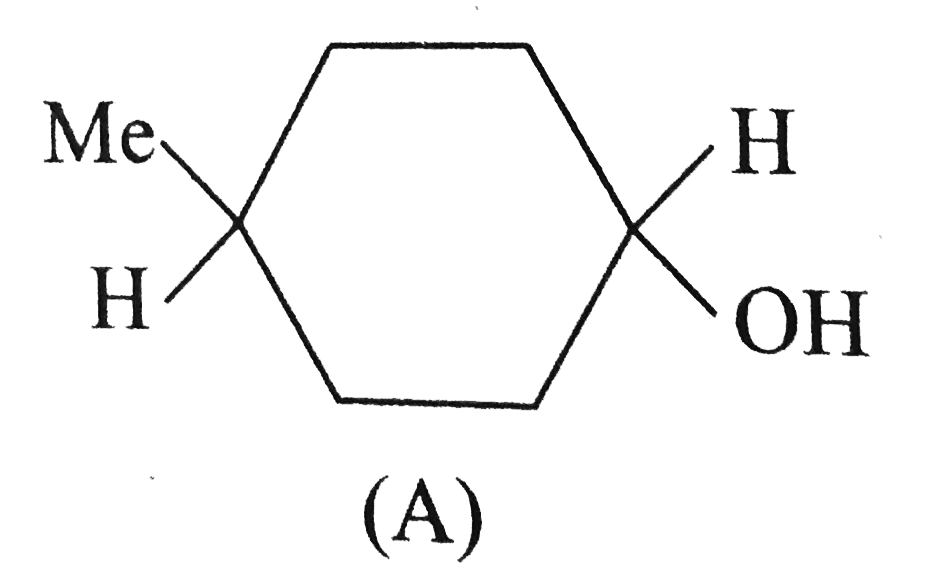
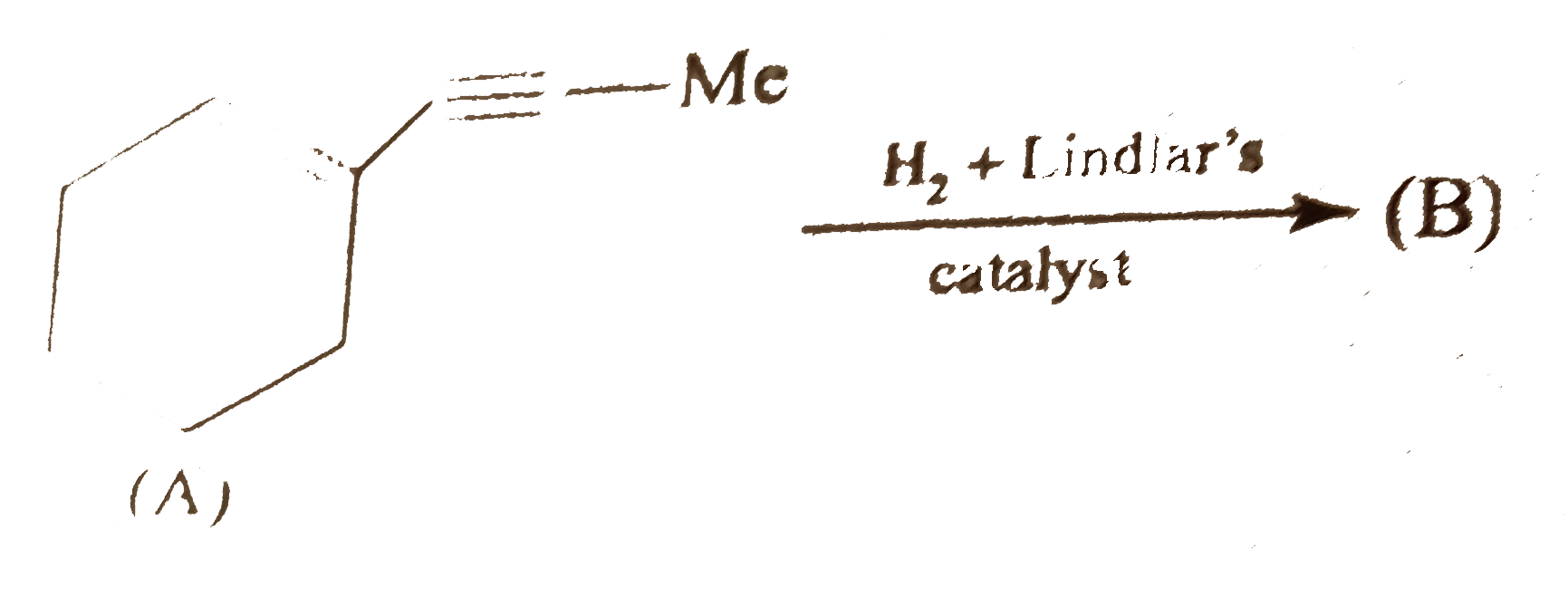
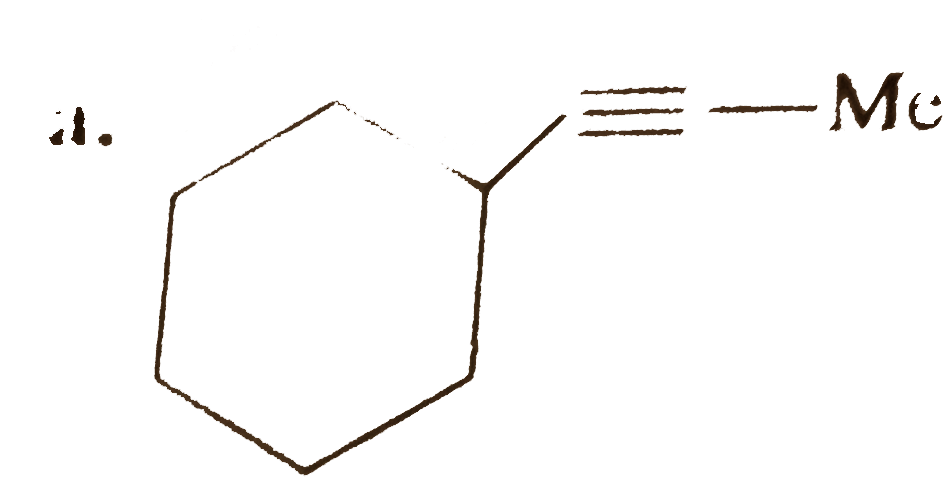
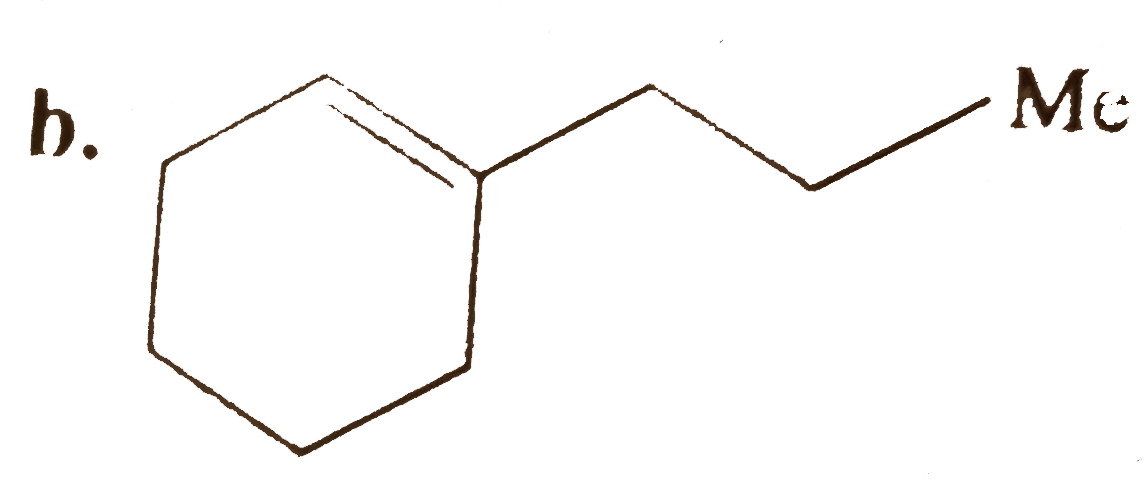
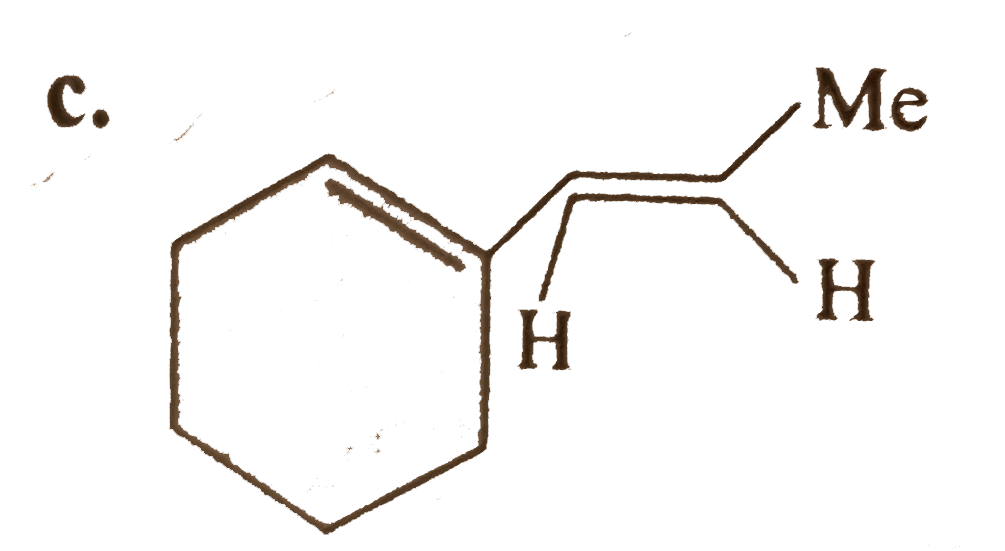
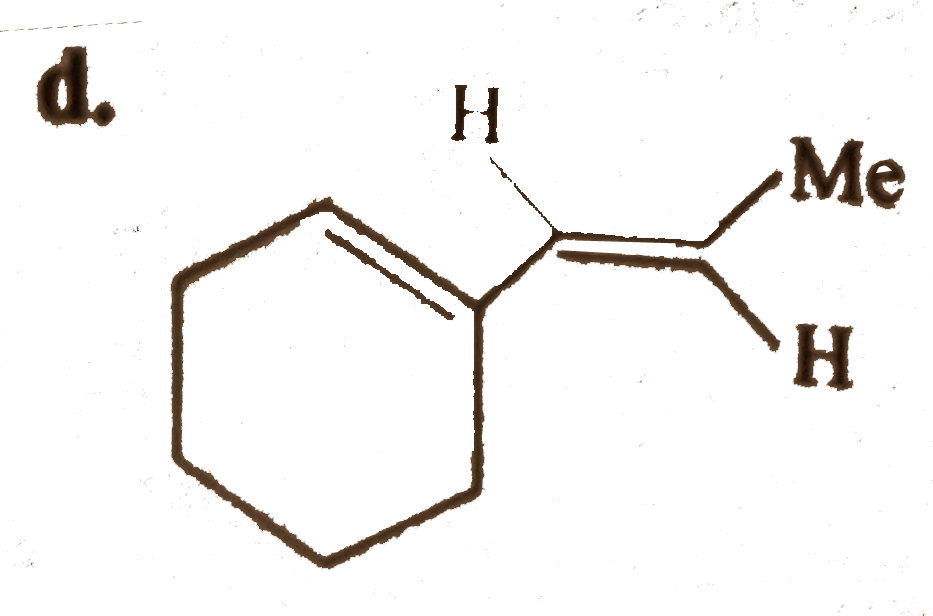


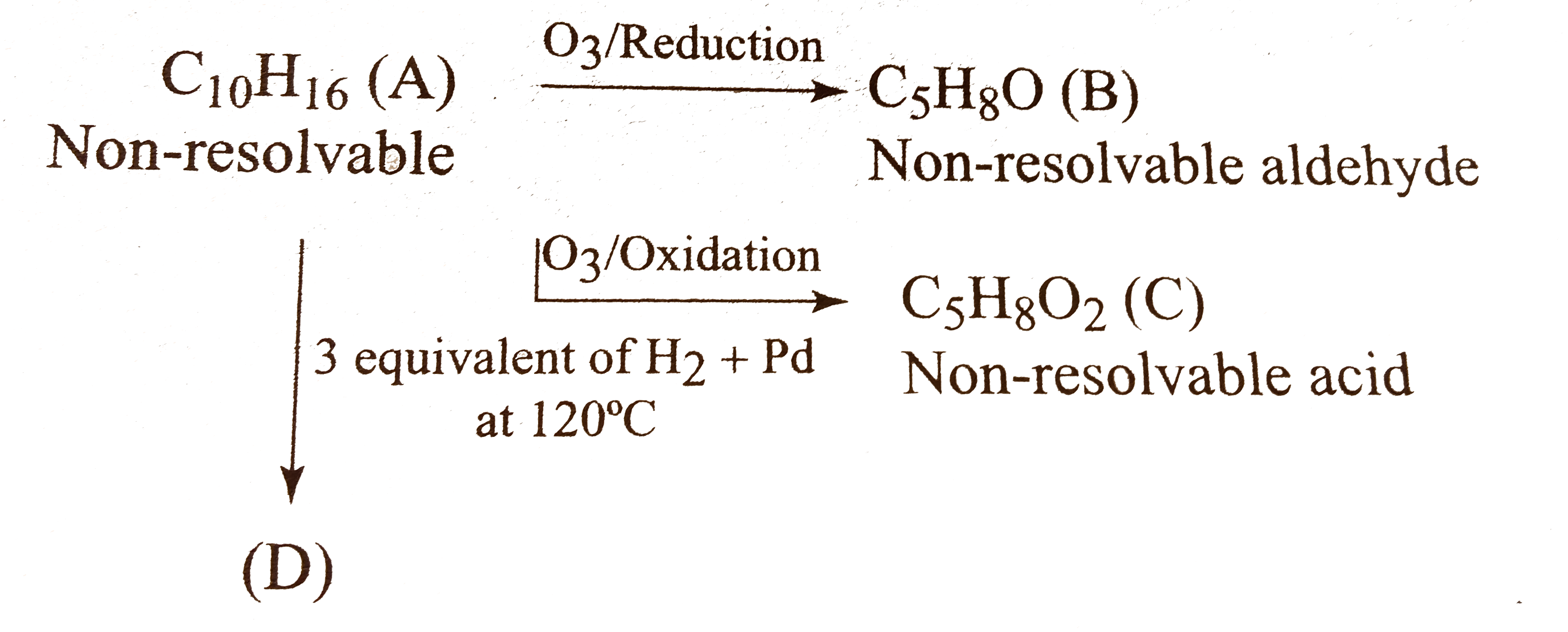


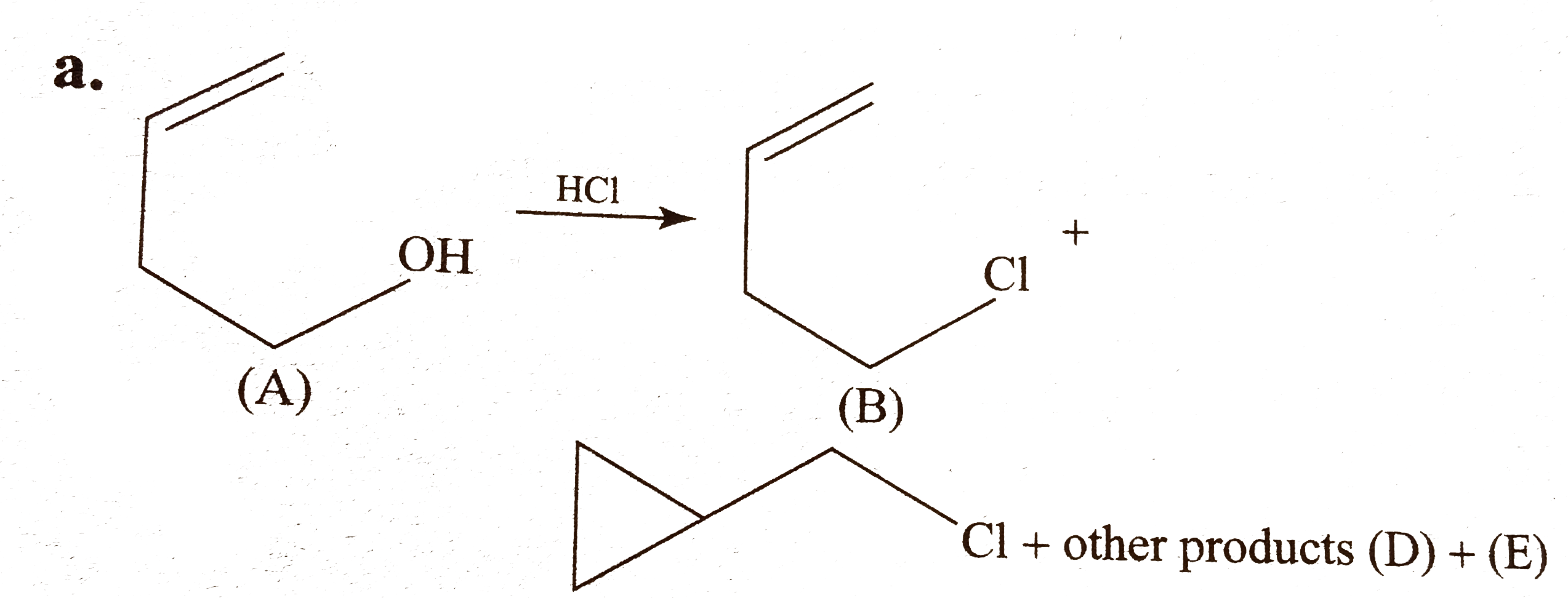
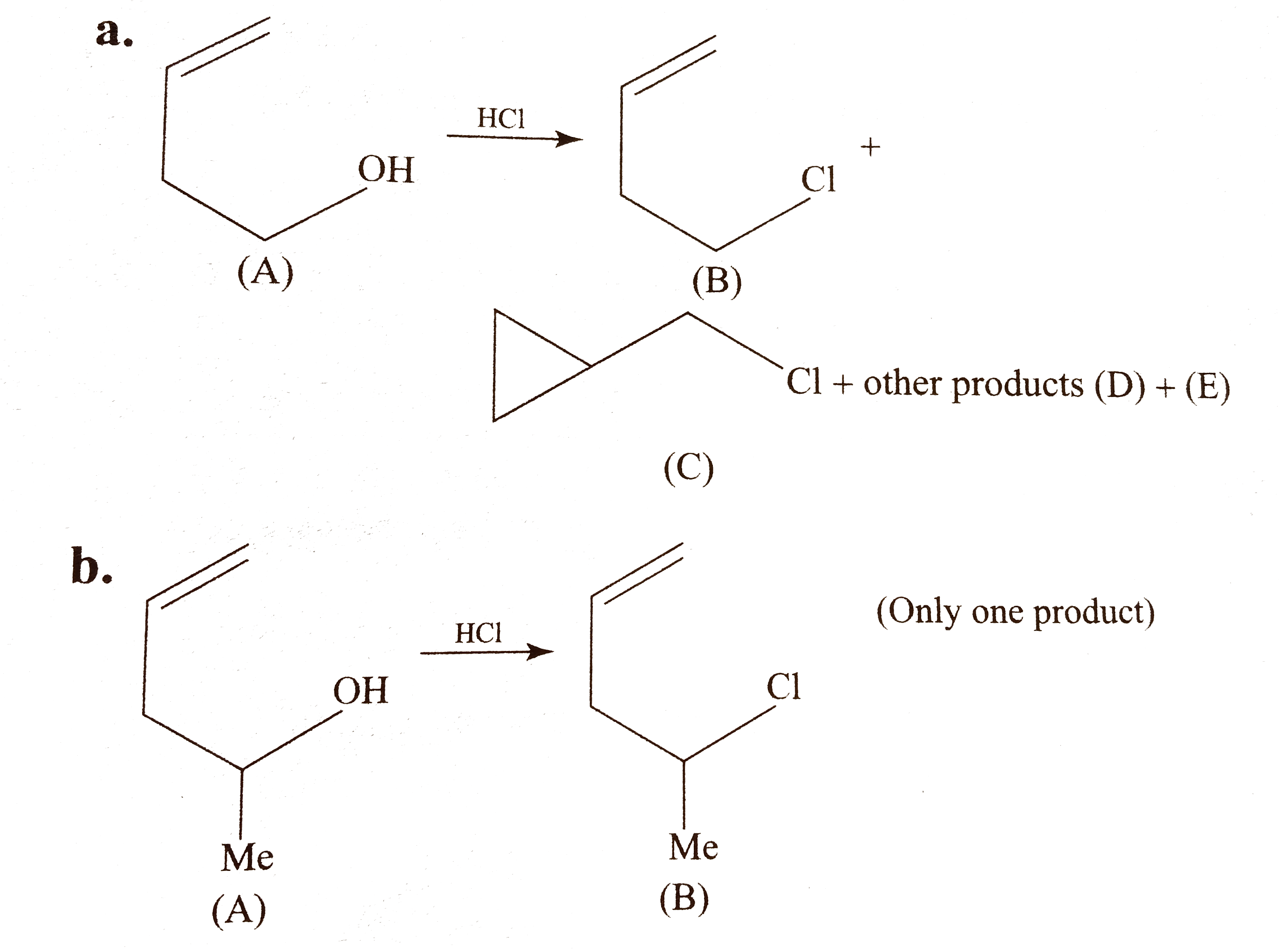
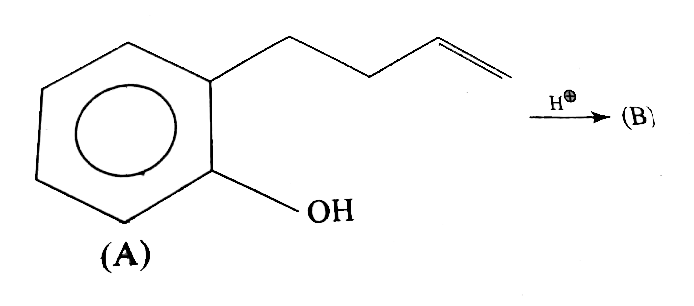



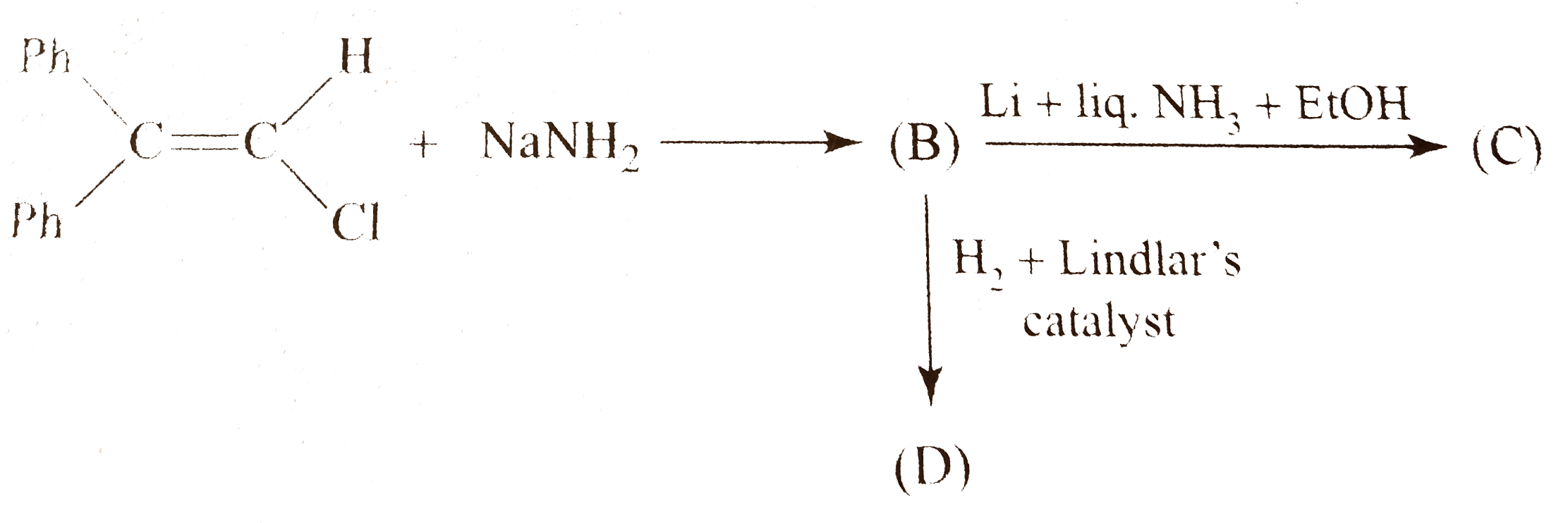
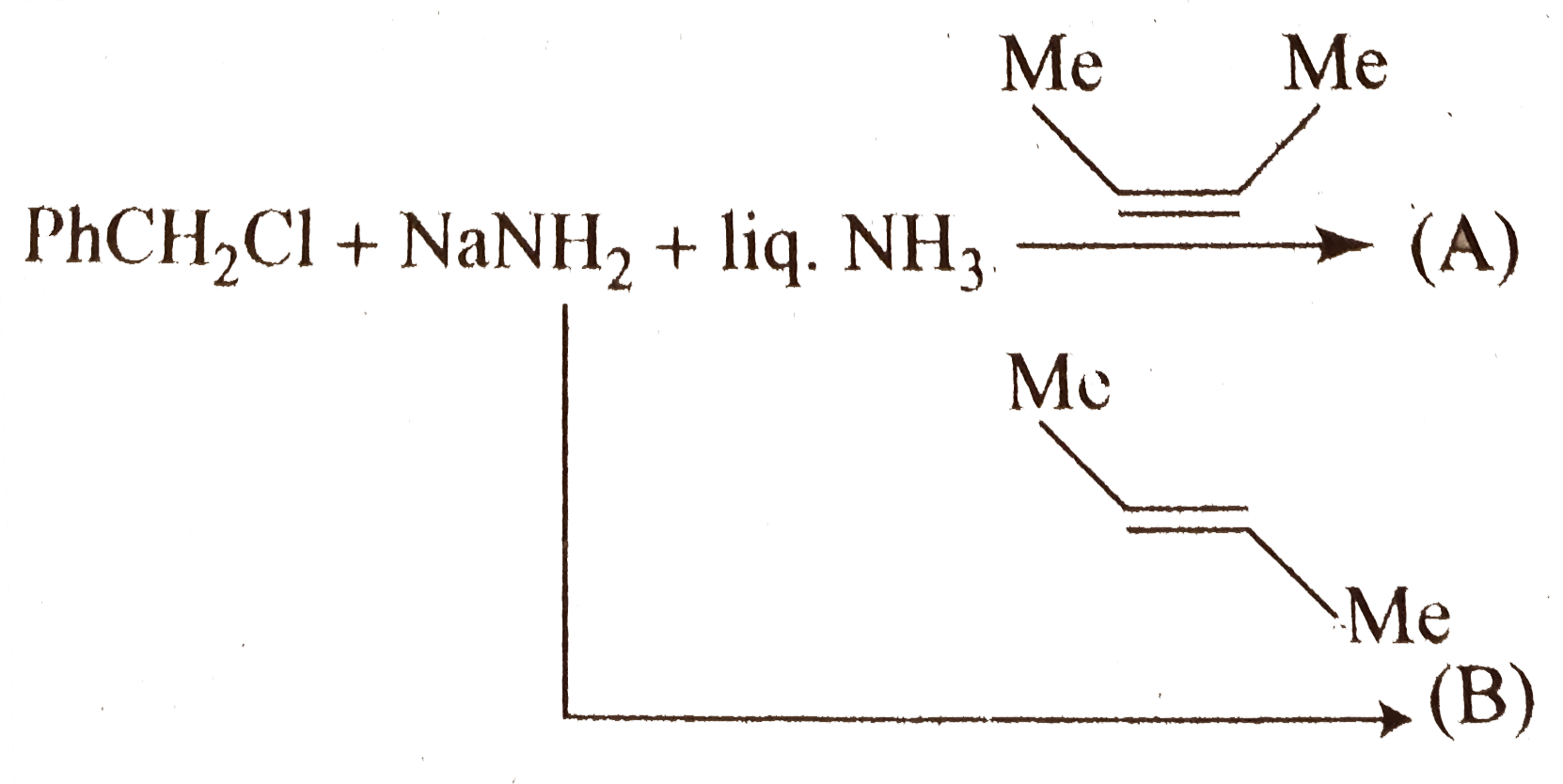


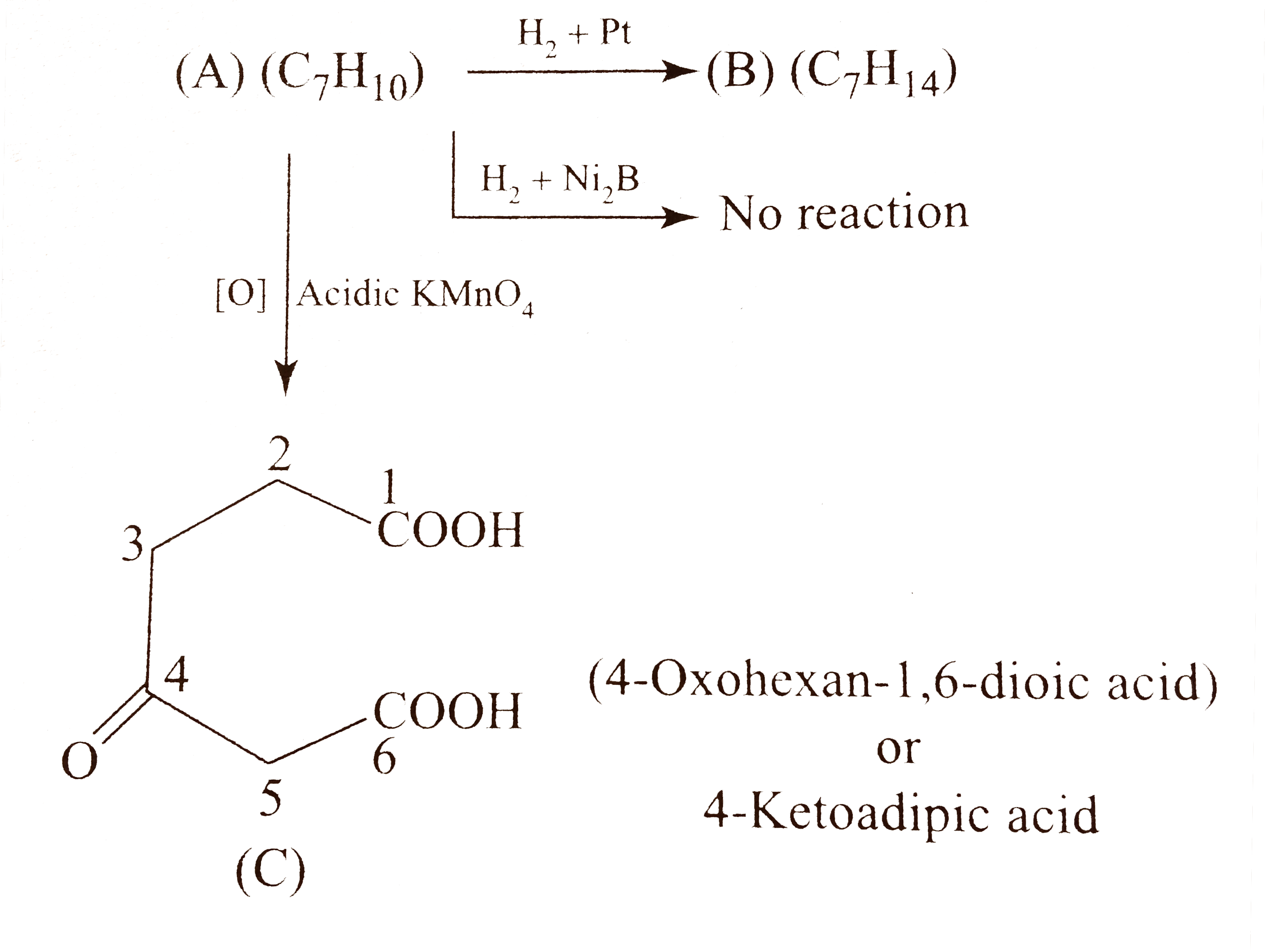


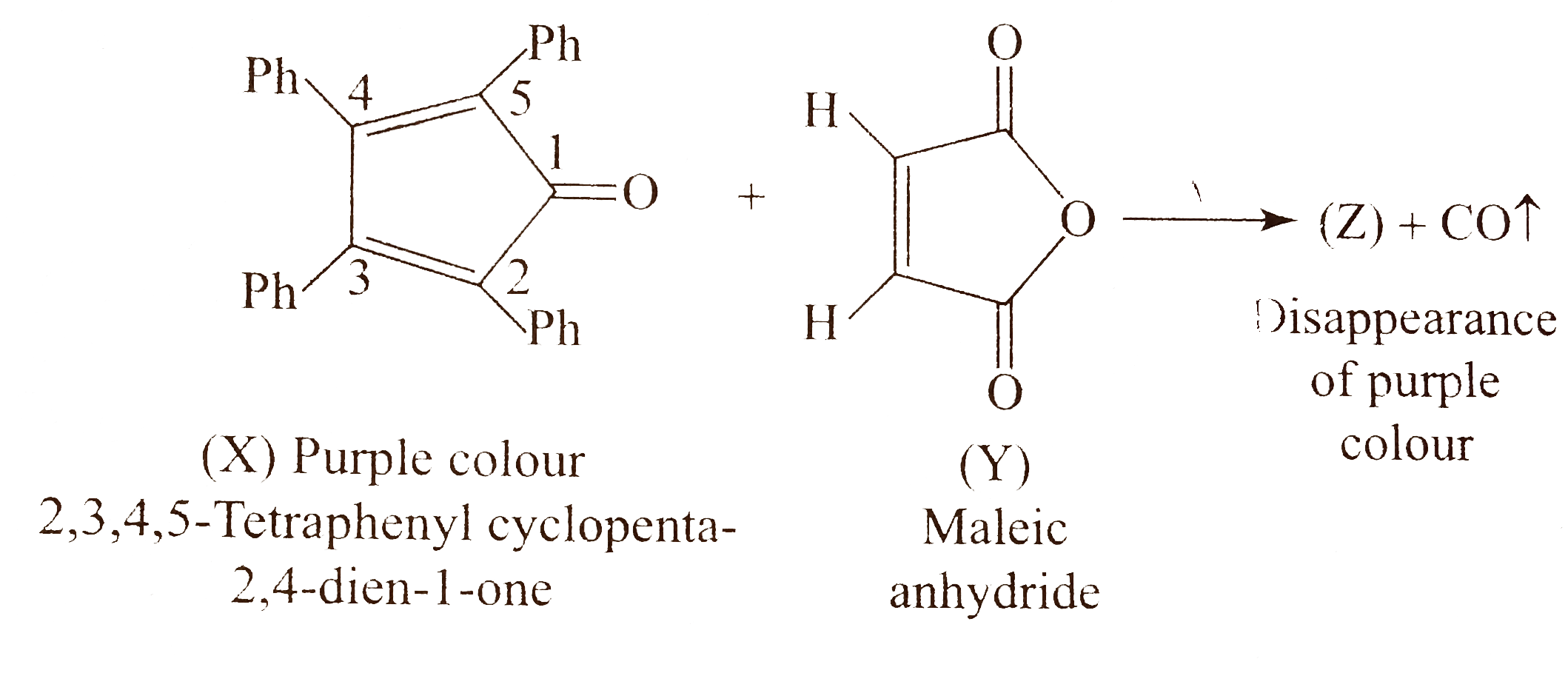



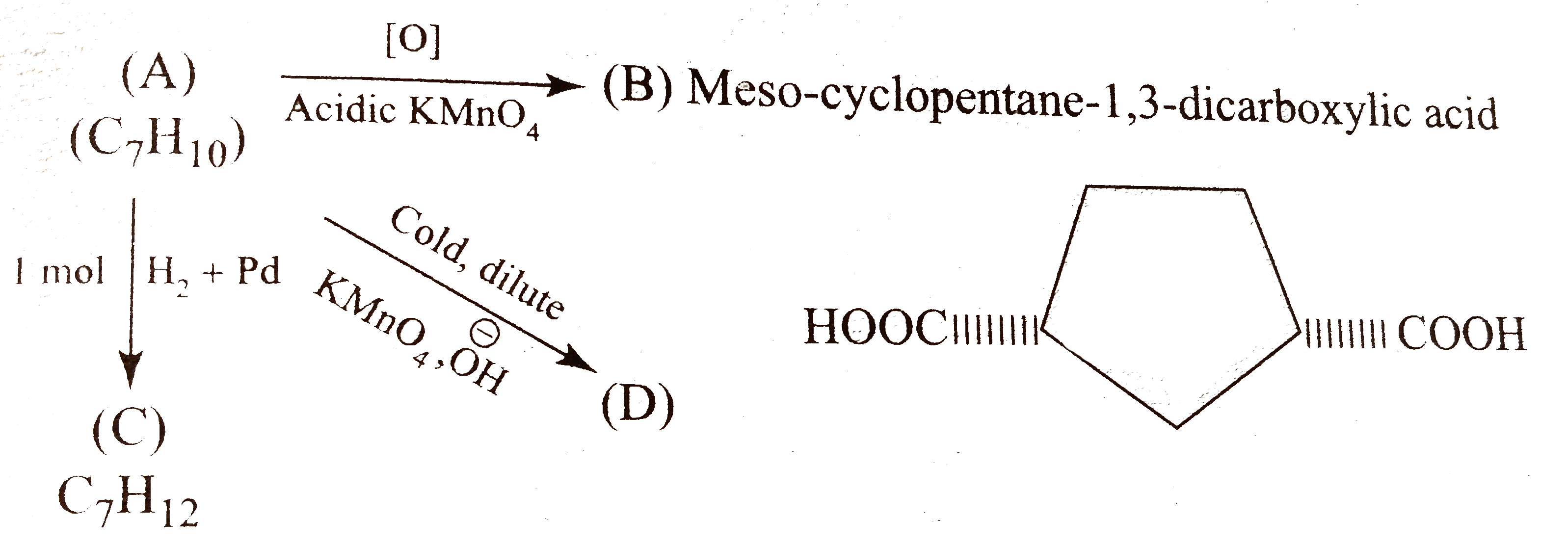
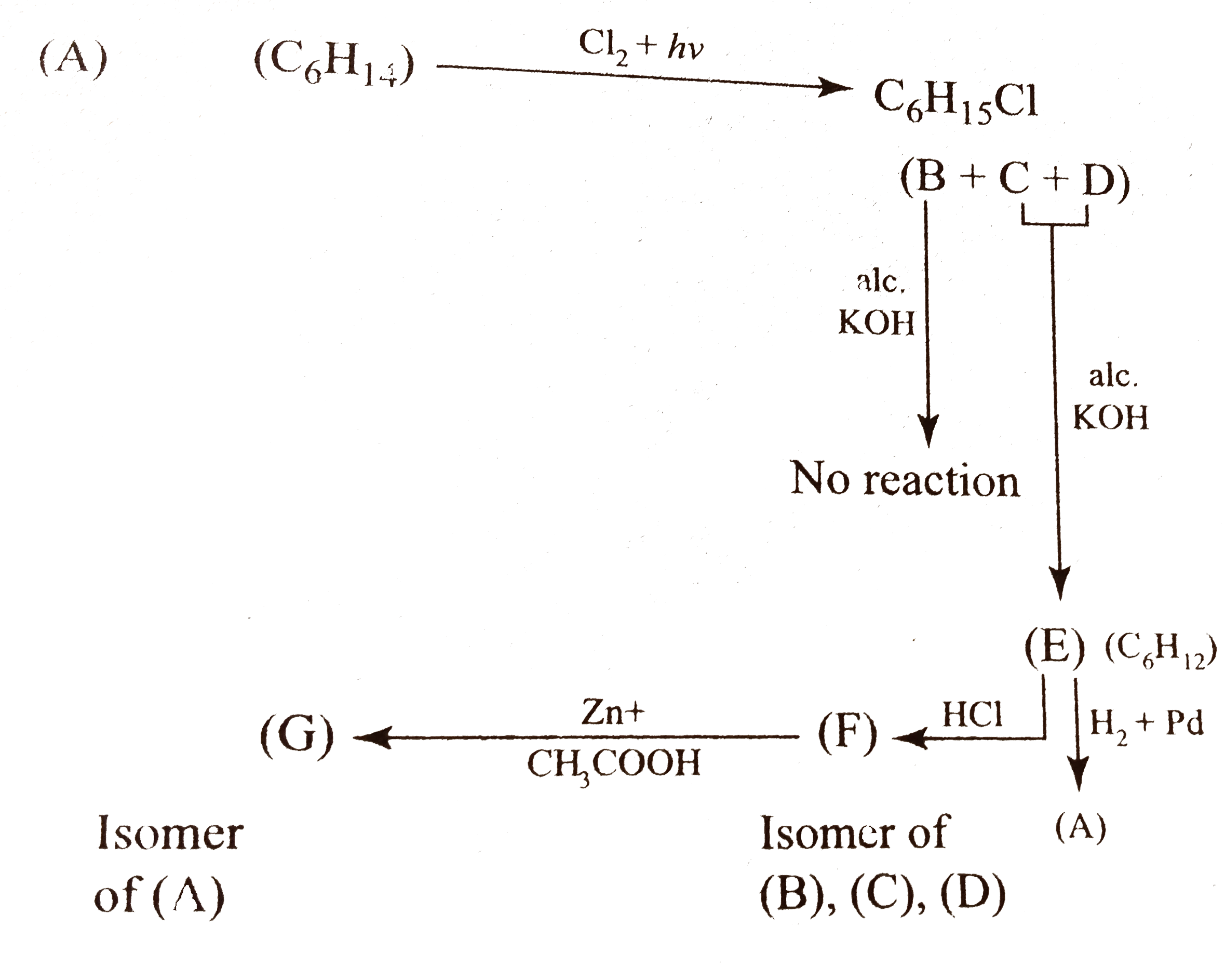

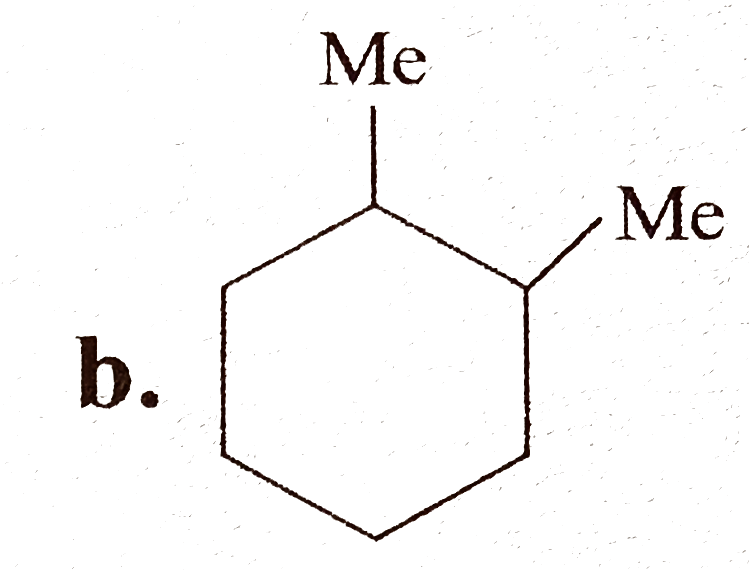
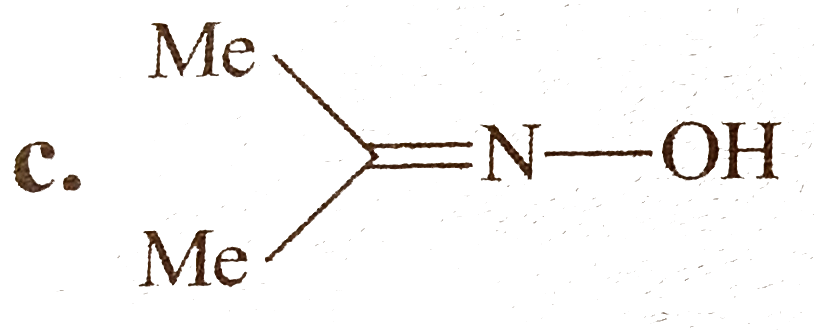

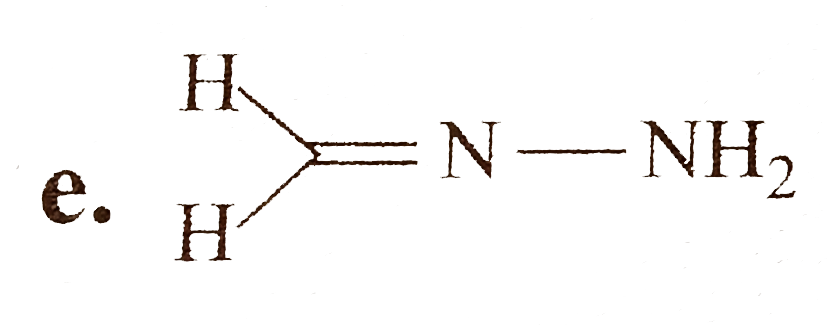
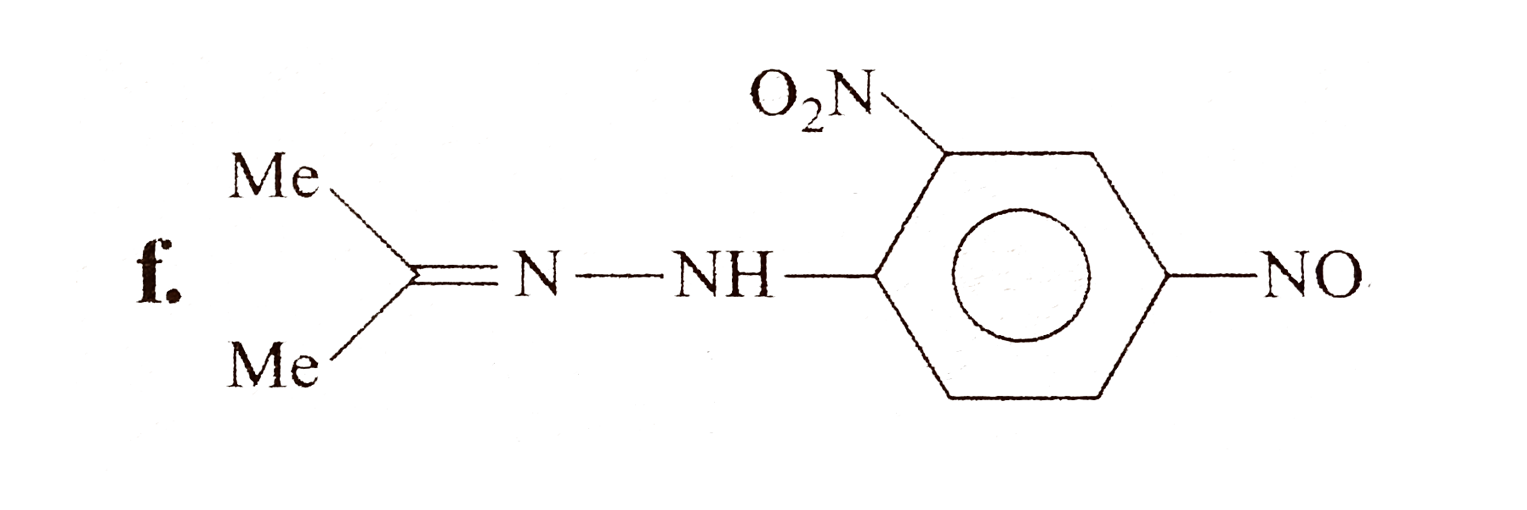

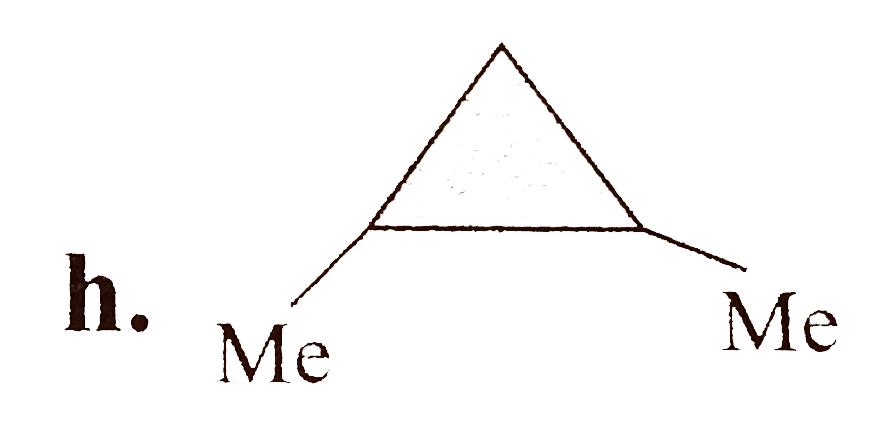
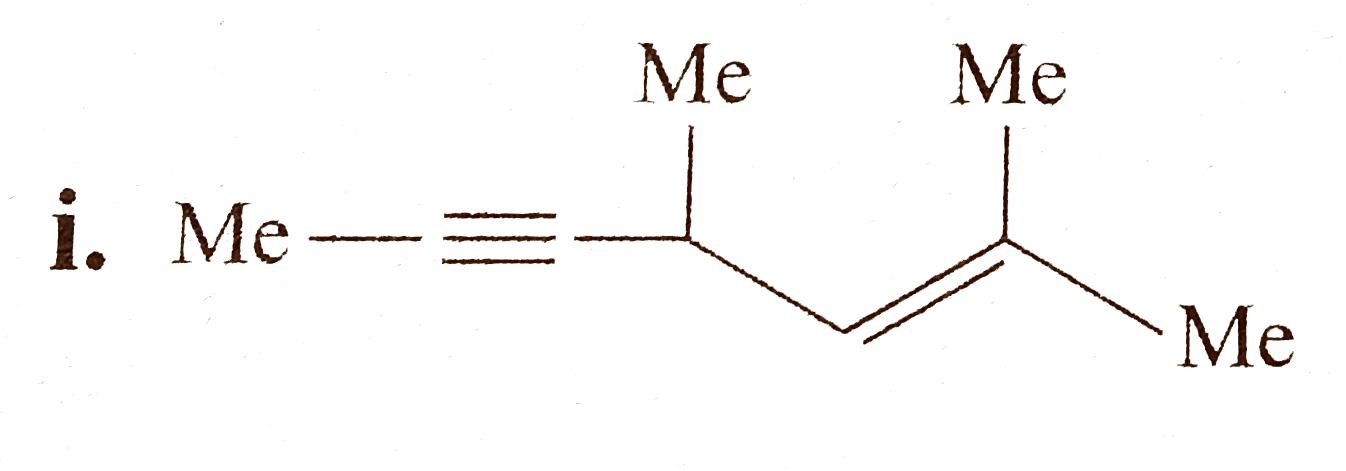

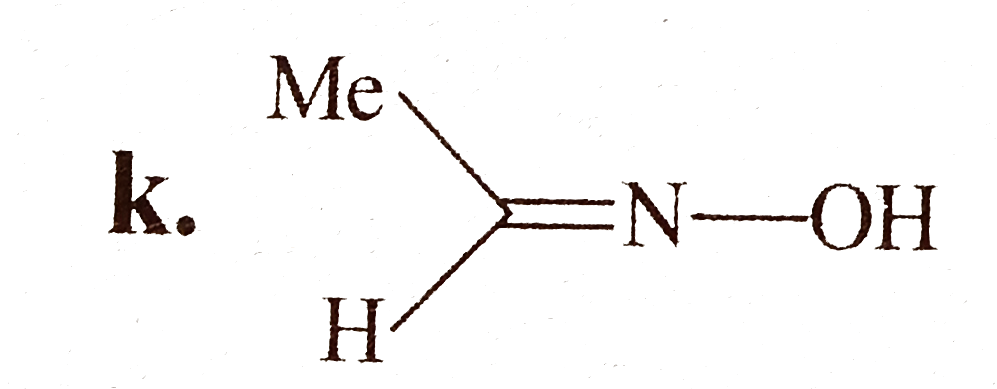
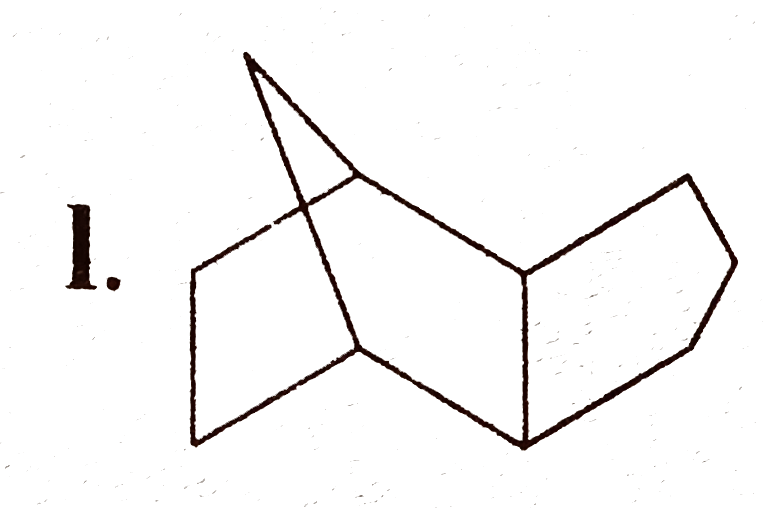
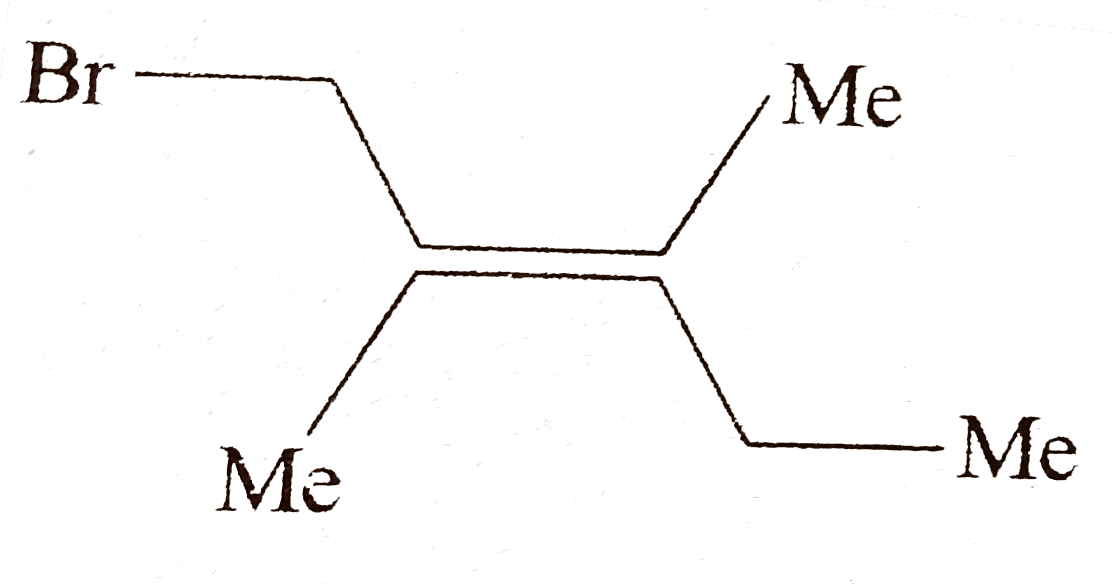
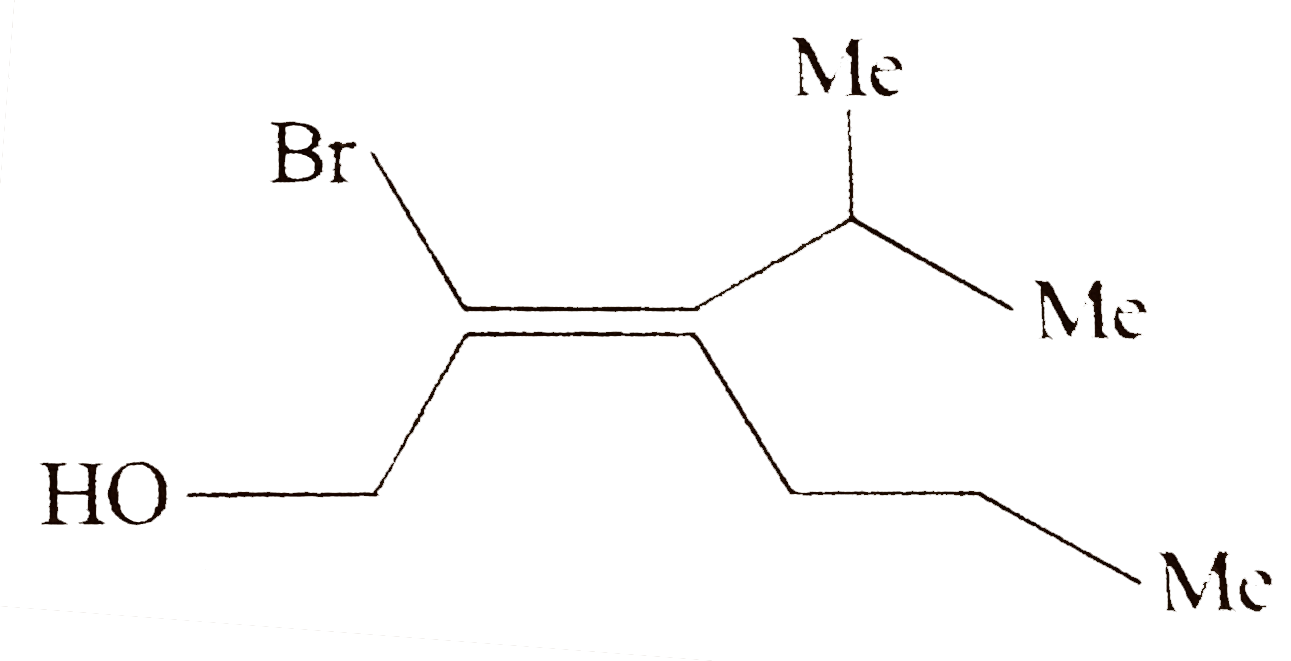

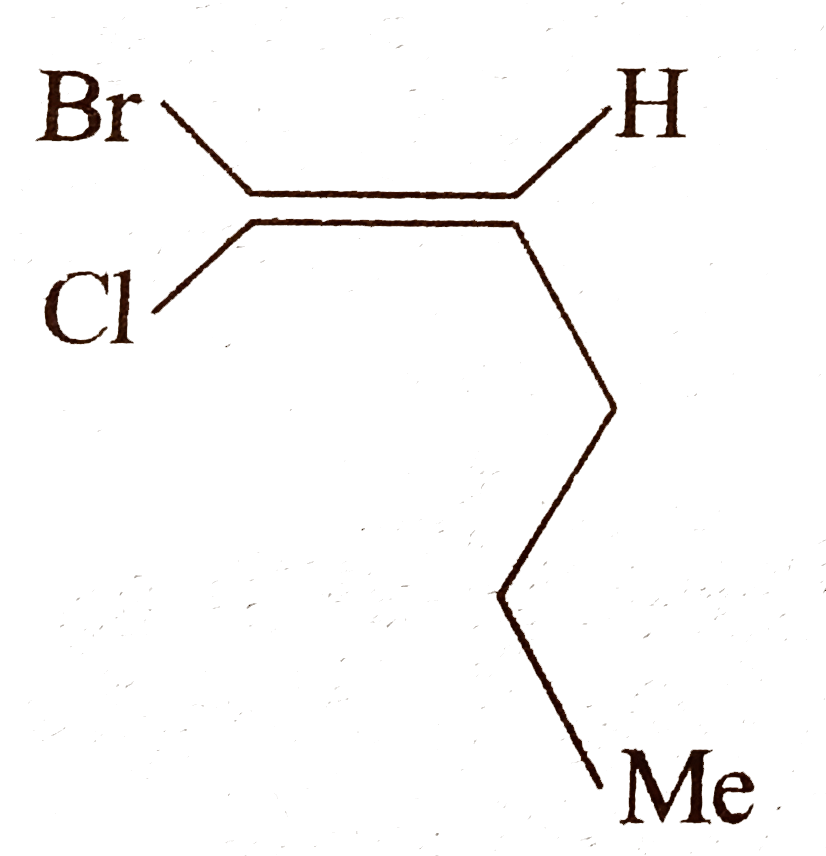 ,
, 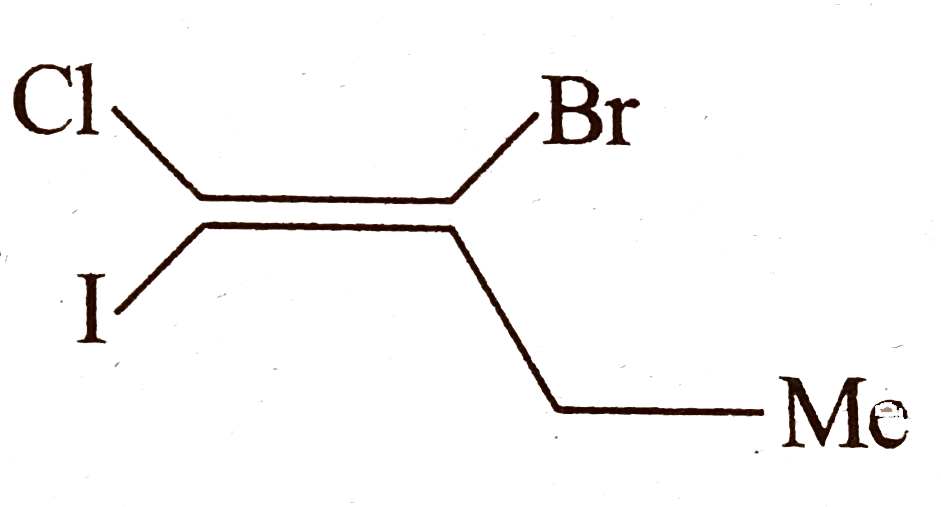
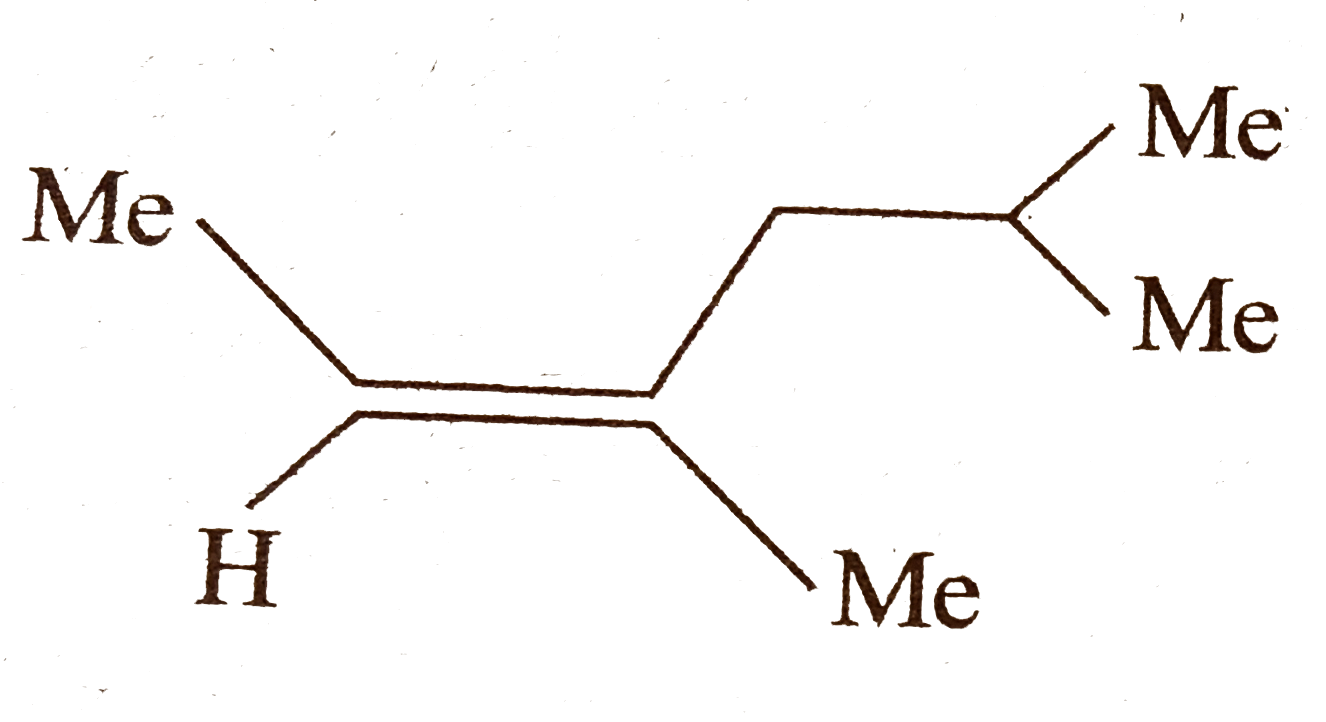 ,
, 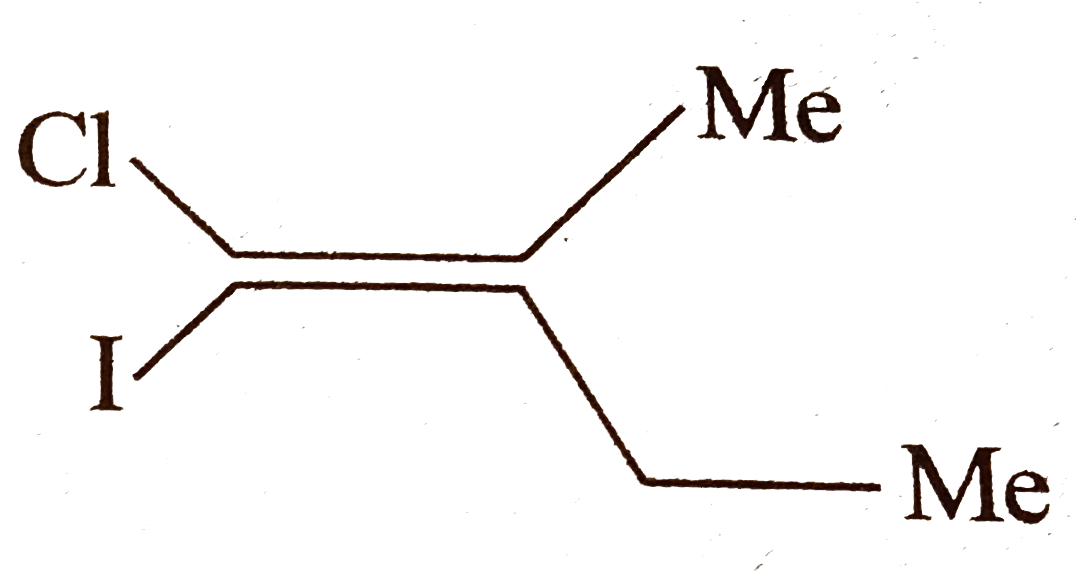
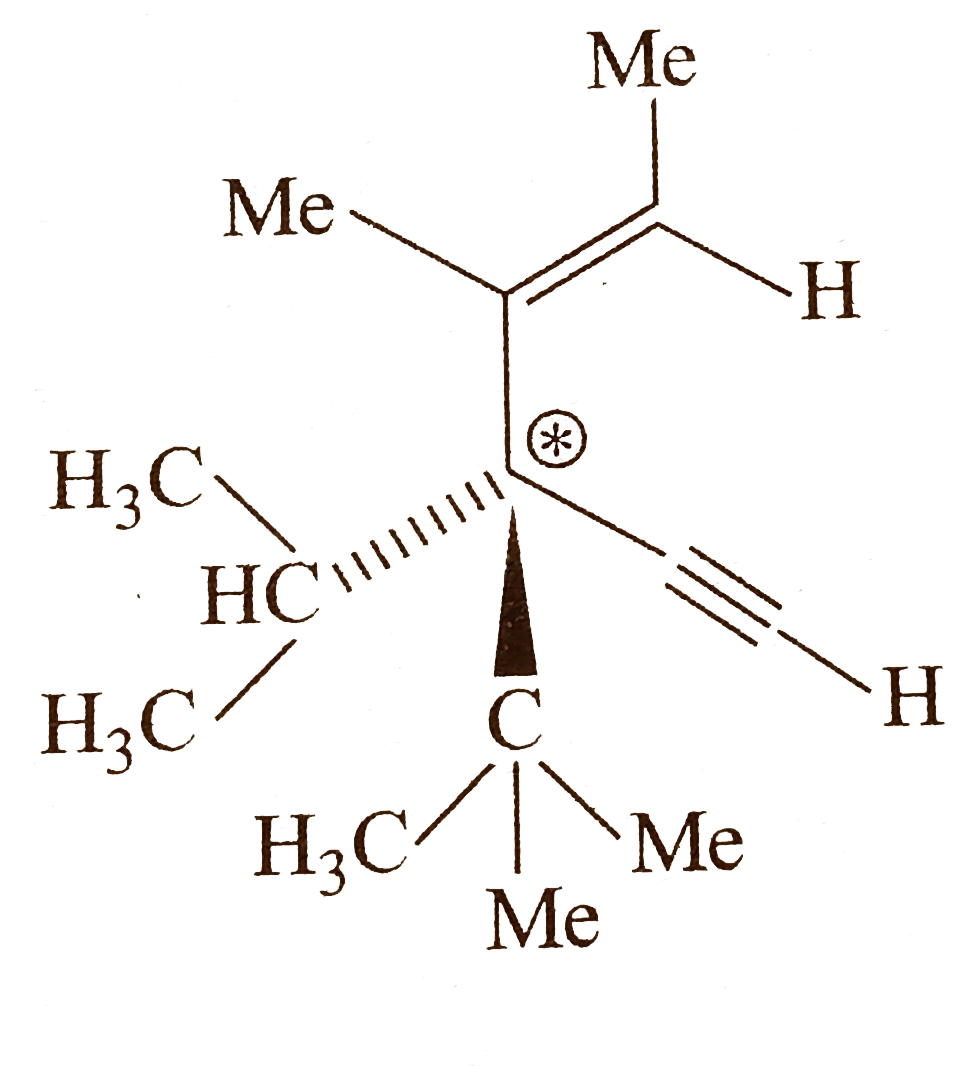 ,
, 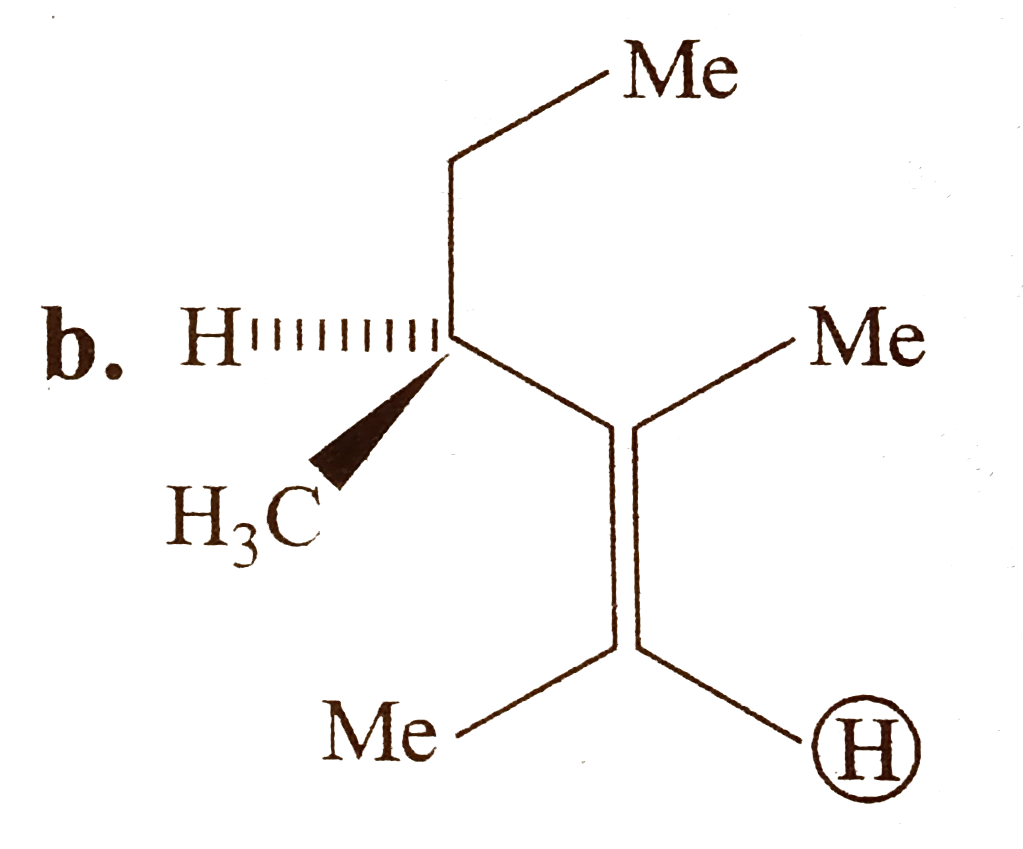
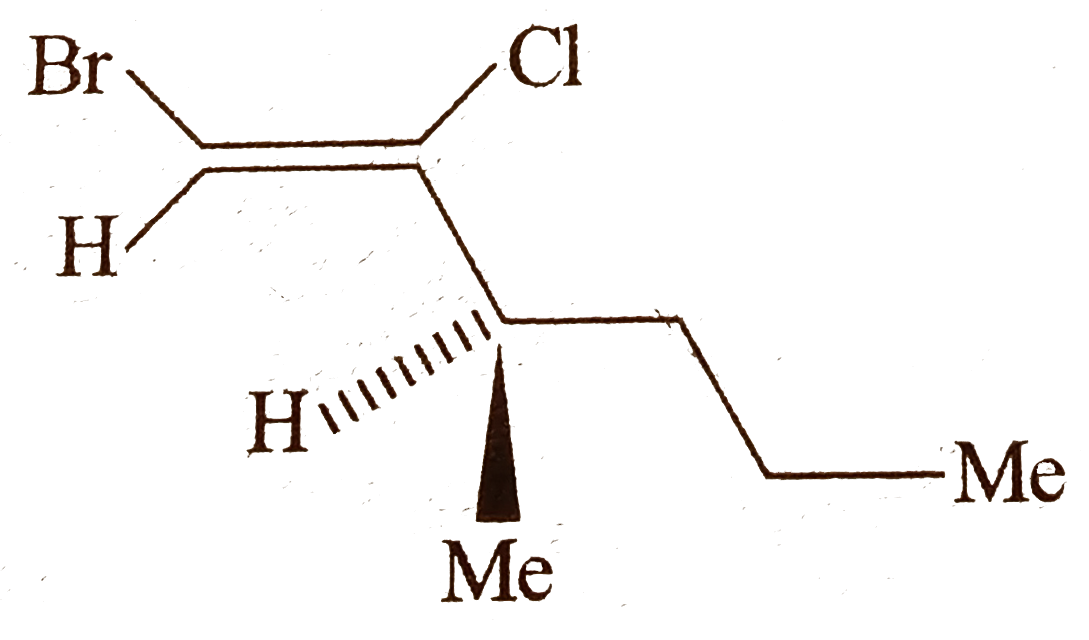

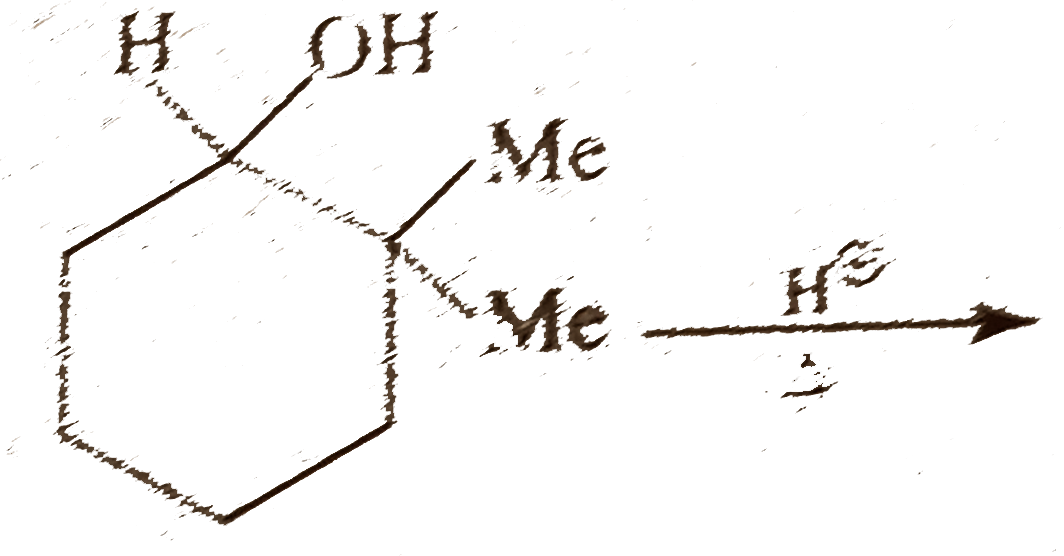 ,
, 